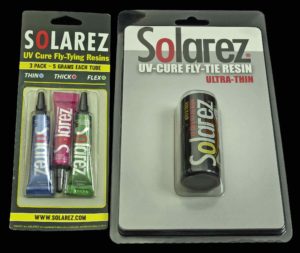Solarez UV Resin Fly Tying Products:
Solarez now has a fly tying only product line, but has resins, which aim at general repair, surf and marine workshops as well as resins made especially for fly-tying. The selection of both resins,lamps and torches is large and prices are very reasonable.
NOTE: All four of the Solarez UV Resin Fly Tying Products dry tack free if you are using the Solarez UV light sources. Most other UV light sources will also work (UV=365-395 nm) but results are variable depending on the light source. That is why we encourage individuals to purchase one of the Solarez resin kits with our UV light source for best results.
“Light Curing Resins – By Martin Jorgensen:
If you’re still messing around with two-component epoxy, it’s about time to lift your head from the vice and discover the new Light Curing Resins also known as LCR’s or UV Resins.
I’ve written about light curing resins before – also before I got to use it myself – and have been fascinated by the concept from the day I heard of it. My practical use has just made this fascination bigger. They’re smart!
They’re smart!
I think the technology – or the chemistry – comes from the dental world, where stuff like this is used to fix teeth. The idea of not having a prolonged working period, no “deadline”, not having heat develop while curing as well as working with something that isn’t inherently toxic probably appeals even more to dentists than it does to fly tyers.
And that actually sums up the advantages of these new glues, bonds, resins or whatever you prefer to call them:
- They cure in seconds when you want it and not before.
- They only cure under a special light, so you can work with them as long as you want.
- Heat often develops when epoxy cures. Not a big issue for fly tyers, but there’s no heat here.
- They seem to be significantly less harmful to you and the environment compared to epoxy.
- They are supposed to stay clear where epoxy often turns yellow.
- The glass hard versions seem to be less prone to cracking than epoxy.
- They are often referred to as LCR’s – Light Cured Resins.
The process: Solarez UV Resin Fly Tying products Solarez UV Resin Fly Tying products Solarez UV Resin Fly Tying products
For those who haven’t tried these resins, here’s the quick introduction.
You tie you fly as you normally would if you were to use epoxy. The steps where you apply epoxy are just replaced with applying LCR.
Most products come in small bottles or syringes, and have fine tips, which makes it easy to apply on even very small flies. You can use the tip of the bottle to distribute it and build up the shape you want, or you can use a dubbing needle if that suits you better. There is no mixing or preparation process, but the compounds are used right out the bottle.
There are different viscosities, but most are much like mixed epoxy: fluid, but with a high viscosity and pretty slow to “run”. This makes it easy to distribute the compound on the fly, and by rotating and tipping the fly, you can get it to run where you want it. Unlike epoxy this maneuver can last as long as you want. As soon as the shape is as you want it, you shine a special light on the bond, mostly from a small flashlight-like lamp, which emits UV or a special blue light, and the resin sets and hardens in seconds. So you don’t need an epoxy rotor either.
Once it’s cured the fly is ready to fish – or ready to have further materials added. There’s no waiting for it to fully harden or set. The hardening process usually lasts a few seconds or maybe 15-30 seconds for the thickest applications.
Viscosity: Solarez UV Resin Fly Tying products Solarez UV Resin Fly Tying products Solarez UV Resin Fly Tying products
You can apply several layers if you want, and build up the shape you want. You can even combine the different varieties of the same product and use special coating resins for the last layer.
Many brands come in different viscosities: thicker for building up volume and thinner for penetrating material or using as a varnish. Some of the products on the market also come in a flexible version that cures to a more rubbery feel, much like hot melt glue.
Thanks to the quick curing, you can use it for gluing on eyes, gill plates and even other materials like flash, feathers and hair. Look at Pete Gray’s ingenious welded flies to see how he builds up flies using LCR and no thread.”
Advantages: Solarez UV Resin Fly Tying products Solarez UV Resin Fly Tying products Solarez UV Resi
Apart from the much more controllable process of curing, LCR’s have several advantages over epoxy, hot melt glue and silicone.
No waste – this is a real treat for the ones of us who have mixed endless batches of epoxy, used a third and seen the rest go hard. Slow curing 30 minute or one hour epoxy can improve on that, but also means turning your fly tying into a factory, producing many flies and coating them all a once.
Any shape – epoxy does enable the crafty tier to build up all kinds of shapes, but it requires many layers and a lot of skill and patience. With LCR’s you can build up almost any shape layer by layer, with intermittent curing.
Useful in really small amounts – you can use this for midge and buzzer bodies, nymph wing cases and applications on really small flies, where you only need a tiny drop. Apply that drop, cure and you’re set.
Available in different hardnesses – many of the products are available in several variations, from rubbery to glass hard.
No yellowing – according to most manufacturers LCR’s don’t turn yellow over time. Epoxy manufacturers may say the same, but epoxy usually does turn yellow. Time will tell whether LCR’s actually do stay clear.
Not as brittle – the LCR’s should be less prone to cracking or shattering when flies hit rocks or are used under cold conditions. Of course the hard resins are more vulnerable than the soft ones.
Less harmful – all the regulatory commissions in the US and in other countries are giving favorable considerations to UV technology. It dramatically reduces VOCs (Volatile Organic Compounds – harmful vapors) and exposure to allergens and toxins.
Tacky or sticky:
Some of the LCR’s are slightly sticky or tacky after having cured. They are not so gooey that material will stick to them, but you can feel the tackiness and the flies can stick to each other or hard surfaces when stored for longer periods.
There are two ways to avoid this:
Rub the resin covered part of the flies with alcohol (hand sanitizer with about 60% alcohol is often recommended). This will matte the resin, but make it hard and “dry”.
Add a final thin coat of a fluid and hard curing layer of resin (coat, finish or whatever the manufacturers call it) when the fly is done. This will cure much harder than the high viscosity resin, and won’t stick.
Not any lamp:
Each type of resin requires a specific wavelength of light to cure. There are essentially two types: UV and blue light. In general these are both considered harmless if you avoid shining very bright lamps directly into the eyes. You typically buy the lamps that’s designed to work with your choice of resin to ensure that it cures properly. You can switch lamps between some brands, but if you want to be sure, use the light that the manufacturer recommends.
Lights are available as small, battery driven flashlights AKA torches, large lamps to plug into the socket and some really bright and powerful lamps used by medical and industrial operations. Some manufacturers also supply screw-in bulbs for mounting in normal lamps. They all do the same job, but smaller lamps seem to take longer time to cure the same amount of resin. The big ones are – not surprisingly – better at penetrating thick layers of resin. Make sure that you use fresh batteries or rechargeable cells in the torches. The power of the light is essential to a good curing process.
I have only used the smallest flashlight type, and it has worked fine for me on all my flies, large and small. The curing time is typically a few seconds, maybe up to half a minute for thicker applications.”
Please contact us for current inventory and ordering details after visiting the Solarez UV Resin Fly Tying Products website here.
Related Products
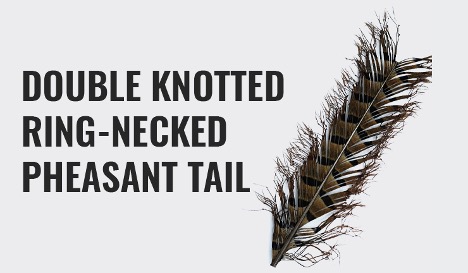 https://hooklineandsinker.ca/wp-content/uploads/2022/03/Double-Knotted-Ring-Necked-Pheasant-Tail.jpg
273
468
HLSAdmin
https://hooklineandsinker.ca/wp-content/uploads/2014/12/Steelheading-in-the-Snow-900-80-Not-Faded-Actual-1030x91.jpg
HLSAdmin2022-03-12 20:12:292022-03-12 20:12:29Double Knotted Ring-Necked Pheasant Tail
https://hooklineandsinker.ca/wp-content/uploads/2022/03/Double-Knotted-Ring-Necked-Pheasant-Tail.jpg
273
468
HLSAdmin
https://hooklineandsinker.ca/wp-content/uploads/2014/12/Steelheading-in-the-Snow-900-80-Not-Faded-Actual-1030x91.jpg
HLSAdmin2022-03-12 20:12:292022-03-12 20:12:29Double Knotted Ring-Necked Pheasant Tail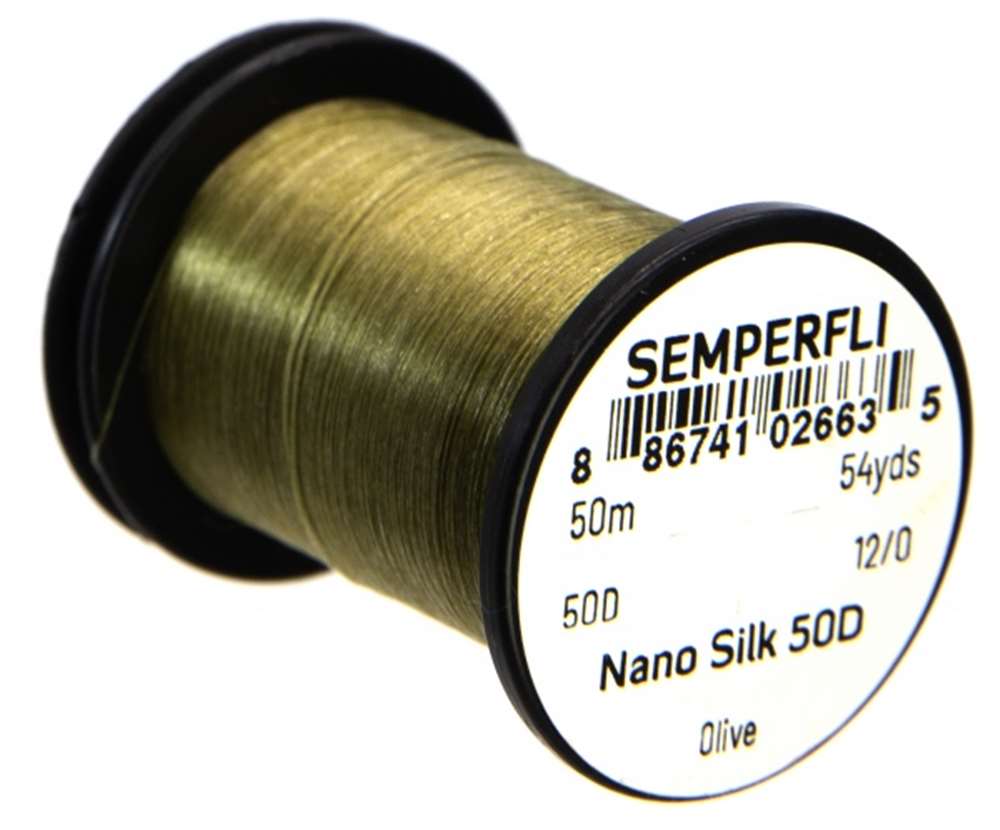 https://hooklineandsinker.ca/wp-content/uploads/2021/05/Semperfli-Nano-Silk-50D-120-Olive-54-Yards-12-0.jpg
830
1000
HLSAdmin
https://hooklineandsinker.ca/wp-content/uploads/2014/12/Steelheading-in-the-Snow-900-80-Not-Faded-Actual-1030x91.jpg
HLSAdmin2021-05-26 21:12:392021-05-26 21:12:39Semperfli Nano Silk
https://hooklineandsinker.ca/wp-content/uploads/2021/05/Semperfli-Nano-Silk-50D-120-Olive-54-Yards-12-0.jpg
830
1000
HLSAdmin
https://hooklineandsinker.ca/wp-content/uploads/2014/12/Steelheading-in-the-Snow-900-80-Not-Faded-Actual-1030x91.jpg
HLSAdmin2021-05-26 21:12:392021-05-26 21:12:39Semperfli Nano Silk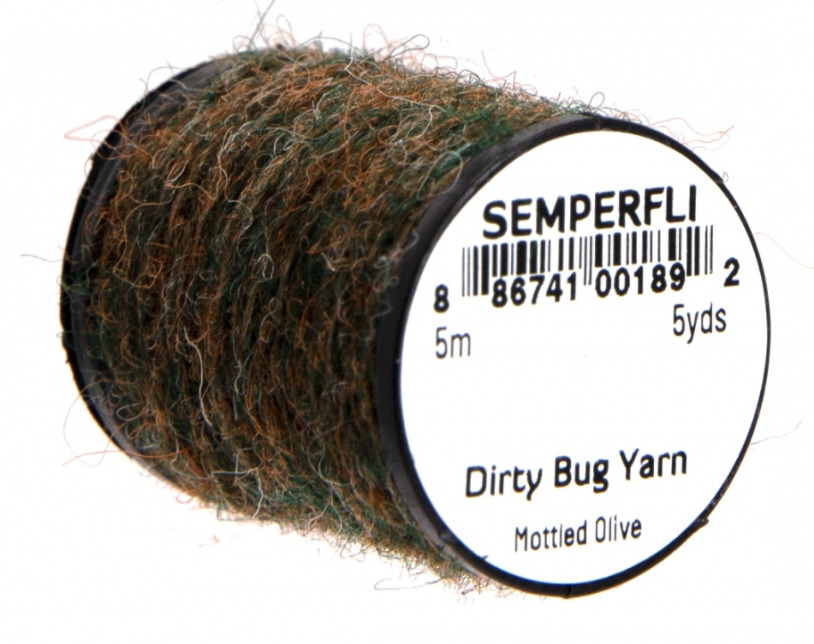 https://hooklineandsinker.ca/wp-content/uploads/2021/05/Semperli-Dirty-Bug-Yarn-A.jpg
644
814
HLSAdmin
https://hooklineandsinker.ca/wp-content/uploads/2014/12/Steelheading-in-the-Snow-900-80-Not-Faded-Actual-1030x91.jpg
HLSAdmin2021-05-26 20:59:542021-05-26 21:14:13Semperfli Dirty Bug Yarn
https://hooklineandsinker.ca/wp-content/uploads/2021/05/Semperli-Dirty-Bug-Yarn-A.jpg
644
814
HLSAdmin
https://hooklineandsinker.ca/wp-content/uploads/2014/12/Steelheading-in-the-Snow-900-80-Not-Faded-Actual-1030x91.jpg
HLSAdmin2021-05-26 20:59:542021-05-26 21:14:13Semperfli Dirty Bug Yarn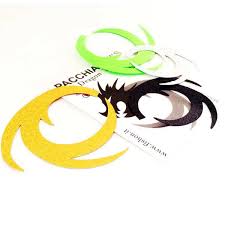 https://hooklineandsinker.ca/wp-content/uploads/2021/03/Pacchiarini-Dragon-and-Wiggle-Tails.jpg
225
225
HLSAdmin
https://hooklineandsinker.ca/wp-content/uploads/2014/12/Steelheading-in-the-Snow-900-80-Not-Faded-Actual-1030x91.jpg
HLSAdmin2021-03-08 14:23:332021-03-08 14:33:33Pacchiarini Dragon and Wiggle Tails
https://hooklineandsinker.ca/wp-content/uploads/2021/03/Pacchiarini-Dragon-and-Wiggle-Tails.jpg
225
225
HLSAdmin
https://hooklineandsinker.ca/wp-content/uploads/2014/12/Steelheading-in-the-Snow-900-80-Not-Faded-Actual-1030x91.jpg
HLSAdmin2021-03-08 14:23:332021-03-08 14:33:33Pacchiarini Dragon and Wiggle Tails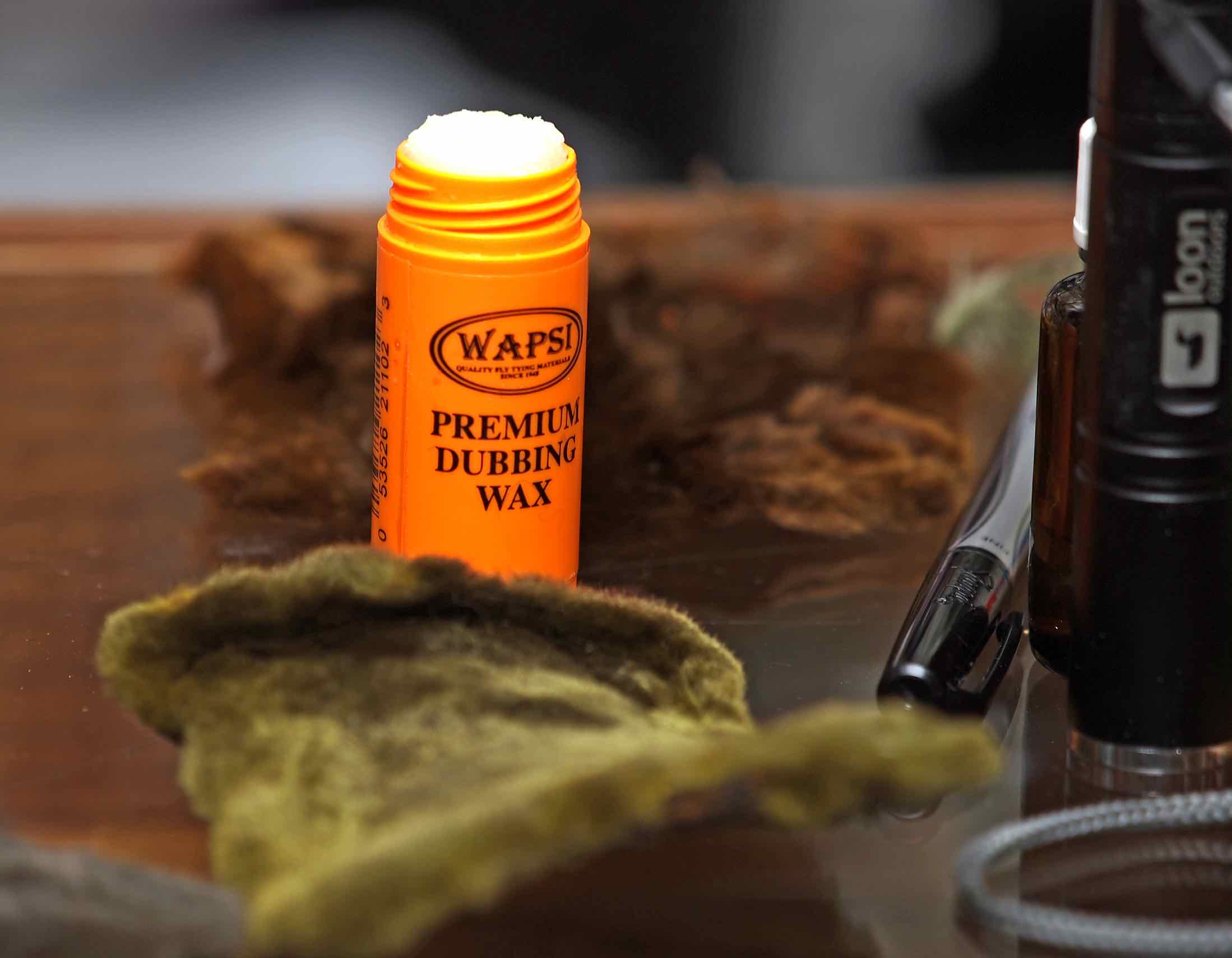 https://hooklineandsinker.ca/wp-content/uploads/2014/01/Wapsi-Premium-Dubbing-Wax-Resized-for-Web.jpg
1710
2198
HLSAdmin
https://hooklineandsinker.ca/wp-content/uploads/2014/12/Steelheading-in-the-Snow-900-80-Not-Faded-Actual-1030x91.jpg
HLSAdmin2020-12-06 20:41:592020-12-06 20:43:58Fly Tying Dubbing Waxes
https://hooklineandsinker.ca/wp-content/uploads/2014/01/Wapsi-Premium-Dubbing-Wax-Resized-for-Web.jpg
1710
2198
HLSAdmin
https://hooklineandsinker.ca/wp-content/uploads/2014/12/Steelheading-in-the-Snow-900-80-Not-Faded-Actual-1030x91.jpg
HLSAdmin2020-12-06 20:41:592020-12-06 20:43:58Fly Tying Dubbing Waxes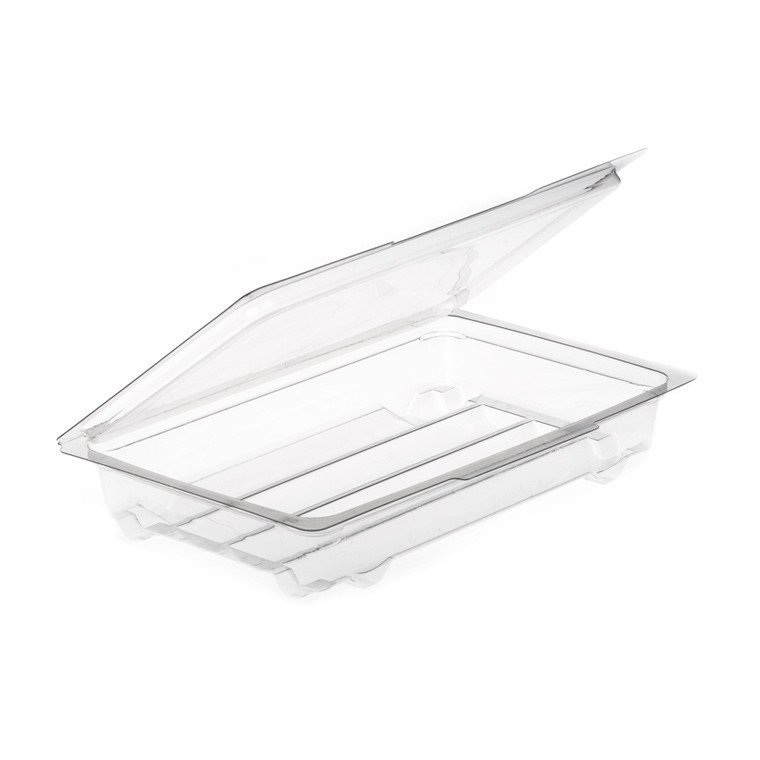 https://hooklineandsinker.ca/wp-content/uploads/2020/12/Uni-Fly-Tying-Thread-Spool-Storage-Box-A.jpg
760
760
HLSAdmin
https://hooklineandsinker.ca/wp-content/uploads/2014/12/Steelheading-in-the-Snow-900-80-Not-Faded-Actual-1030x91.jpg
HLSAdmin2020-12-06 19:17:232020-12-06 19:19:42Fly Tying Thread Spool Storage Box
https://hooklineandsinker.ca/wp-content/uploads/2020/12/Uni-Fly-Tying-Thread-Spool-Storage-Box-A.jpg
760
760
HLSAdmin
https://hooklineandsinker.ca/wp-content/uploads/2014/12/Steelheading-in-the-Snow-900-80-Not-Faded-Actual-1030x91.jpg
HLSAdmin2020-12-06 19:17:232020-12-06 19:19:42Fly Tying Thread Spool Storage Box https://hooklineandsinker.ca/wp-content/uploads/2020/11/Premium-Temple-Dog-Fly-Tying-Winging-Body-Fur-Material-AA-scaled.jpg
2560
2237
HLSAdmin
https://hooklineandsinker.ca/wp-content/uploads/2014/12/Steelheading-in-the-Snow-900-80-Not-Faded-Actual-1030x91.jpg
HLSAdmin2020-11-20 00:18:392020-11-21 21:02:49Premium Temple Dog Fly Tying Winging Body Fur Material
https://hooklineandsinker.ca/wp-content/uploads/2020/11/Premium-Temple-Dog-Fly-Tying-Winging-Body-Fur-Material-AA-scaled.jpg
2560
2237
HLSAdmin
https://hooklineandsinker.ca/wp-content/uploads/2014/12/Steelheading-in-the-Snow-900-80-Not-Faded-Actual-1030x91.jpg
HLSAdmin2020-11-20 00:18:392020-11-21 21:02:49Premium Temple Dog Fly Tying Winging Body Fur Material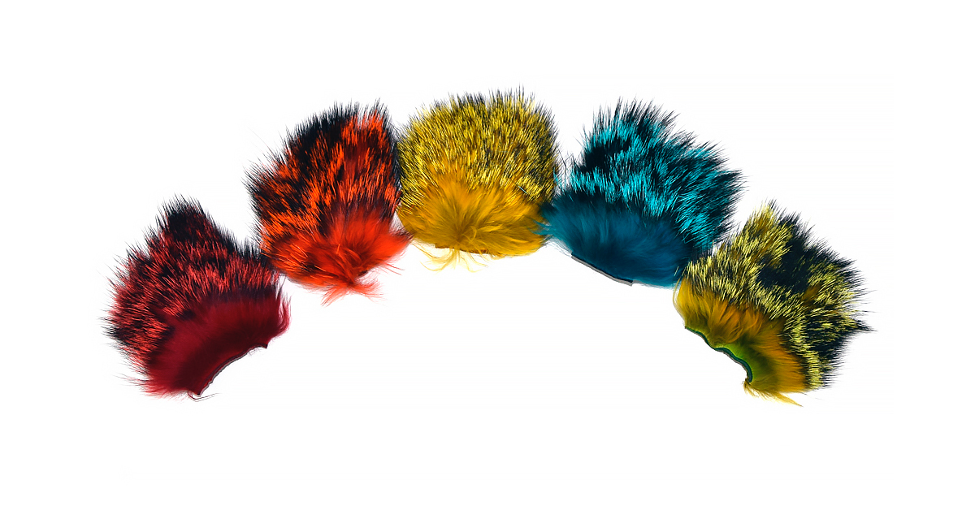 https://hooklineandsinker.ca/wp-content/uploads/2020/11/Dyed-Gray-Fox-Fly-Tying-Material.png
510
977
HLSAdmin
https://hooklineandsinker.ca/wp-content/uploads/2014/12/Steelheading-in-the-Snow-900-80-Not-Faded-Actual-1030x91.jpg
HLSAdmin2020-11-16 16:44:432020-11-16 16:44:43Dyed Gray / Grey Fox Fly Tying Material
https://hooklineandsinker.ca/wp-content/uploads/2020/11/Dyed-Gray-Fox-Fly-Tying-Material.png
510
977
HLSAdmin
https://hooklineandsinker.ca/wp-content/uploads/2014/12/Steelheading-in-the-Snow-900-80-Not-Faded-Actual-1030x91.jpg
HLSAdmin2020-11-16 16:44:432020-11-16 16:44:43Dyed Gray / Grey Fox Fly Tying Material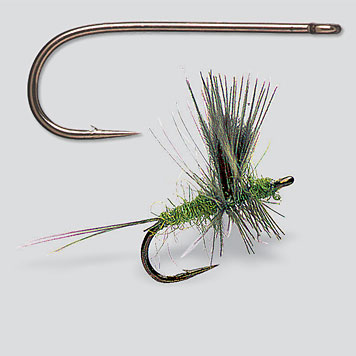 https://hooklineandsinker.ca/wp-content/uploads/2020/09/Orvis-Big-Eye-Hook-in-Straight-Eye-Style.jpg
356
356
HLSAdmin
https://hooklineandsinker.ca/wp-content/uploads/2014/12/Steelheading-in-the-Snow-900-80-Not-Faded-Actual-1030x91.jpg
HLSAdmin2020-09-19 21:00:342020-09-19 21:00:52Orvis Big Eye Hook in Straight Eye Style
https://hooklineandsinker.ca/wp-content/uploads/2020/09/Orvis-Big-Eye-Hook-in-Straight-Eye-Style.jpg
356
356
HLSAdmin
https://hooklineandsinker.ca/wp-content/uploads/2014/12/Steelheading-in-the-Snow-900-80-Not-Faded-Actual-1030x91.jpg
HLSAdmin2020-09-19 21:00:342020-09-19 21:00:52Orvis Big Eye Hook in Straight Eye Style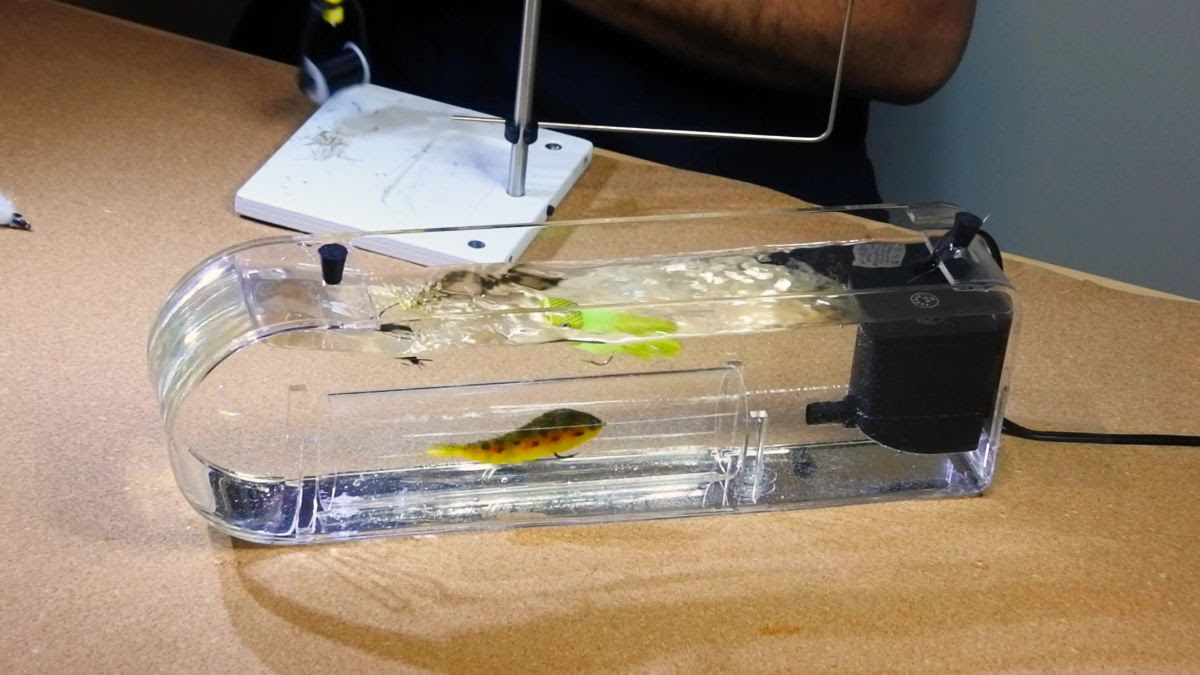 https://hooklineandsinker.ca/wp-content/uploads/2020/02/Flymen-Fishing-Company-Fly-Tester-2020-Edition-G.jpg
675
1200
HLSAdmin
https://hooklineandsinker.ca/wp-content/uploads/2014/12/Steelheading-in-the-Snow-900-80-Not-Faded-Actual-1030x91.jpg
HLSAdmin2020-02-05 21:04:332020-10-12 16:38:34Flymen Fishing Company Fly Tester
https://hooklineandsinker.ca/wp-content/uploads/2020/02/Flymen-Fishing-Company-Fly-Tester-2020-Edition-G.jpg
675
1200
HLSAdmin
https://hooklineandsinker.ca/wp-content/uploads/2014/12/Steelheading-in-the-Snow-900-80-Not-Faded-Actual-1030x91.jpg
HLSAdmin2020-02-05 21:04:332020-10-12 16:38:34Flymen Fishing Company Fly Tester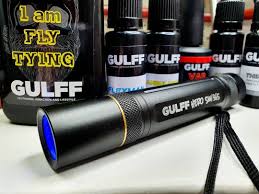 https://hooklineandsinker.ca/wp-content/uploads/2020/07/GULFF-Hero-UV-Flashlight-365nm-5w-UV-FLASHLIGHT-C.jpg
194
259
HLSAdmin
https://hooklineandsinker.ca/wp-content/uploads/2014/12/Steelheading-in-the-Snow-900-80-Not-Faded-Actual-1030x91.jpg
HLSAdmin2020-07-22 17:51:012020-07-22 17:51:01GULFF Hero UV Flashlight – 365nm/5w UV FLASHLIGHT
https://hooklineandsinker.ca/wp-content/uploads/2020/07/GULFF-Hero-UV-Flashlight-365nm-5w-UV-FLASHLIGHT-C.jpg
194
259
HLSAdmin
https://hooklineandsinker.ca/wp-content/uploads/2014/12/Steelheading-in-the-Snow-900-80-Not-Faded-Actual-1030x91.jpg
HLSAdmin2020-07-22 17:51:012020-07-22 17:51:01GULFF Hero UV Flashlight – 365nm/5w UV FLASHLIGHT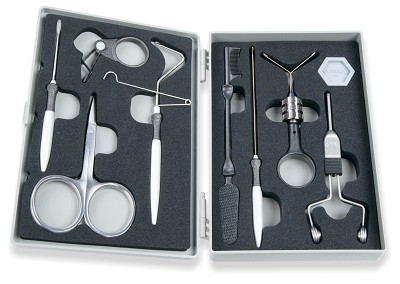 https://hooklineandsinker.ca/wp-content/uploads/2020/07/Stonfo-Travel-Tool-Set-B-1.jpg
284
400
HLSAdmin
https://hooklineandsinker.ca/wp-content/uploads/2014/12/Steelheading-in-the-Snow-900-80-Not-Faded-Actual-1030x91.jpg
HLSAdmin2020-07-07 19:27:372020-07-07 19:50:59Stonfo Travel Tool Set
https://hooklineandsinker.ca/wp-content/uploads/2020/07/Stonfo-Travel-Tool-Set-B-1.jpg
284
400
HLSAdmin
https://hooklineandsinker.ca/wp-content/uploads/2014/12/Steelheading-in-the-Snow-900-80-Not-Faded-Actual-1030x91.jpg
HLSAdmin2020-07-07 19:27:372020-07-07 19:50:59Stonfo Travel Tool Set https://hooklineandsinker.ca/wp-content/uploads/2020/05/Gamakatsu-B10S-Stinger-Lighter-Thinner-and-Stronger.jpg
285
600
HLSAdmin
https://hooklineandsinker.ca/wp-content/uploads/2014/12/Steelheading-in-the-Snow-900-80-Not-Faded-Actual-1030x91.jpg
HLSAdmin2020-05-31 20:22:292020-05-31 20:22:29Gamakatsu B10S Stinger
https://hooklineandsinker.ca/wp-content/uploads/2020/05/Gamakatsu-B10S-Stinger-Lighter-Thinner-and-Stronger.jpg
285
600
HLSAdmin
https://hooklineandsinker.ca/wp-content/uploads/2014/12/Steelheading-in-the-Snow-900-80-Not-Faded-Actual-1030x91.jpg
HLSAdmin2020-05-31 20:22:292020-05-31 20:22:29Gamakatsu B10S Stinger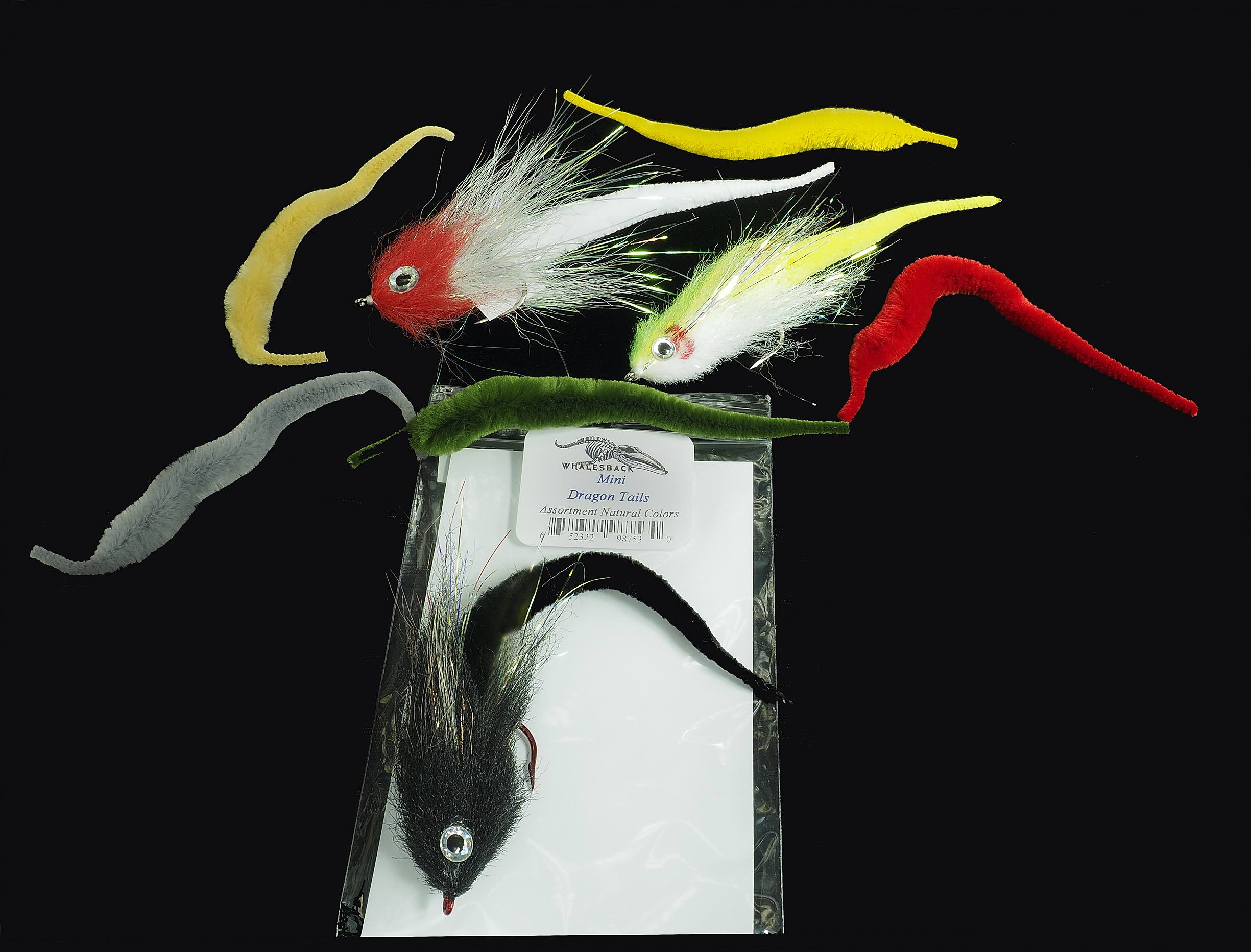 https://hooklineandsinker.ca/wp-content/uploads/2020/03/Mangum’s-Dragon-Tail-Dragon-Tails-Fly-Tying-AA.jpg
1865
2450
HLSAdmin
https://hooklineandsinker.ca/wp-content/uploads/2014/12/Steelheading-in-the-Snow-900-80-Not-Faded-Actual-1030x91.jpg
HLSAdmin2020-03-22 20:36:462020-03-22 20:36:46Mangum’s Dragon Tail
https://hooklineandsinker.ca/wp-content/uploads/2020/03/Mangum’s-Dragon-Tail-Dragon-Tails-Fly-Tying-AA.jpg
1865
2450
HLSAdmin
https://hooklineandsinker.ca/wp-content/uploads/2014/12/Steelheading-in-the-Snow-900-80-Not-Faded-Actual-1030x91.jpg
HLSAdmin2020-03-22 20:36:462020-03-22 20:36:46Mangum’s Dragon Tail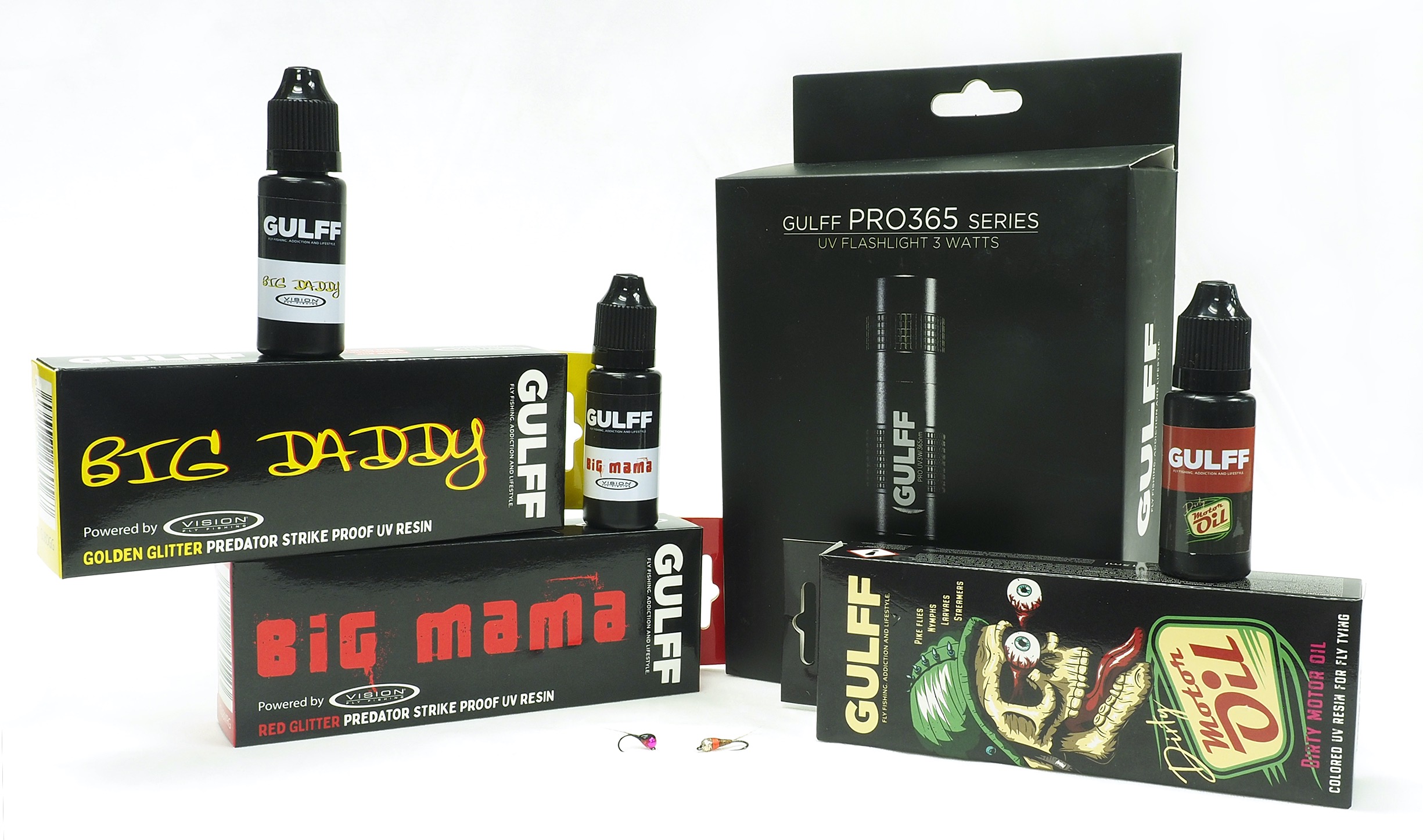 https://hooklineandsinker.ca/wp-content/uploads/2019/02/Gulff-Big-Daddy-Big-Mama-Motor-Oil-Pro365-Gulff-Series-AA.jpg
1447
2450
HLSAdmin
https://hooklineandsinker.ca/wp-content/uploads/2014/12/Steelheading-in-the-Snow-900-80-Not-Faded-Actual-1030x91.jpg
HLSAdmin2020-03-14 23:51:272020-03-14 23:54:54Vision Fly Fishing – Gulff Predator Fly Tying Resins
https://hooklineandsinker.ca/wp-content/uploads/2019/02/Gulff-Big-Daddy-Big-Mama-Motor-Oil-Pro365-Gulff-Series-AA.jpg
1447
2450
HLSAdmin
https://hooklineandsinker.ca/wp-content/uploads/2014/12/Steelheading-in-the-Snow-900-80-Not-Faded-Actual-1030x91.jpg
HLSAdmin2020-03-14 23:51:272020-03-14 23:54:54Vision Fly Fishing – Gulff Predator Fly Tying Resins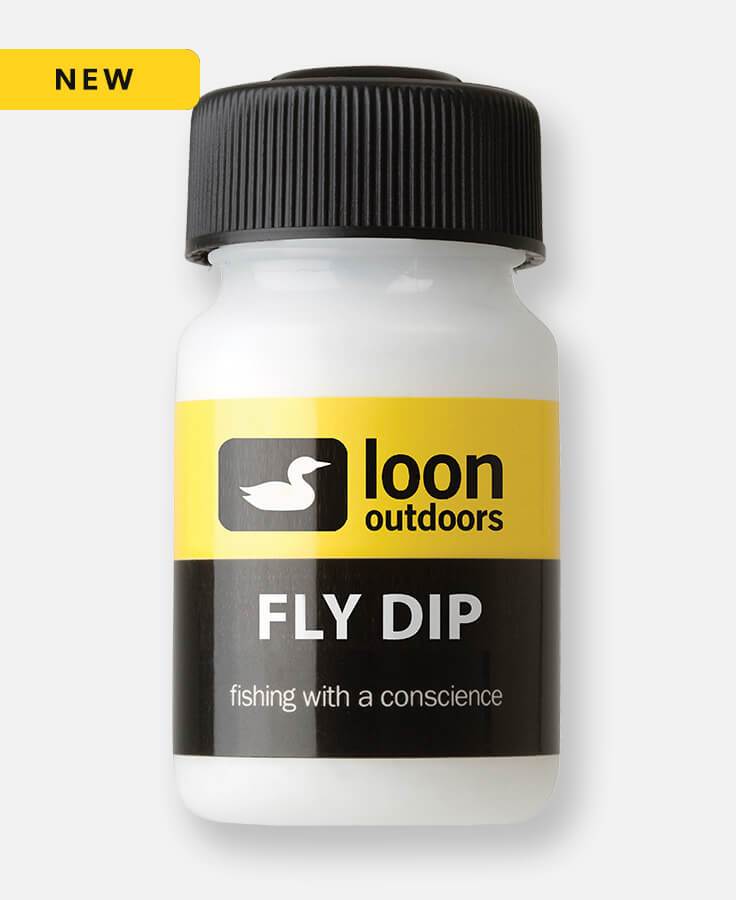 https://hooklineandsinker.ca/wp-content/uploads/2020/03/Loon-Fly-Dip_grey_background_NEW_736x900_ea8577e7-11c2-4b2c-ba3a-2eaf0ee21688.jpg
900
736
HLSAdmin
https://hooklineandsinker.ca/wp-content/uploads/2014/12/Steelheading-in-the-Snow-900-80-Not-Faded-Actual-1030x91.jpg
HLSAdmin2020-03-05 13:50:412020-03-05 14:00:43Loon Fly Dip
https://hooklineandsinker.ca/wp-content/uploads/2020/03/Loon-Fly-Dip_grey_background_NEW_736x900_ea8577e7-11c2-4b2c-ba3a-2eaf0ee21688.jpg
900
736
HLSAdmin
https://hooklineandsinker.ca/wp-content/uploads/2014/12/Steelheading-in-the-Snow-900-80-Not-Faded-Actual-1030x91.jpg
HLSAdmin2020-03-05 13:50:412020-03-05 14:00:43Loon Fly Dip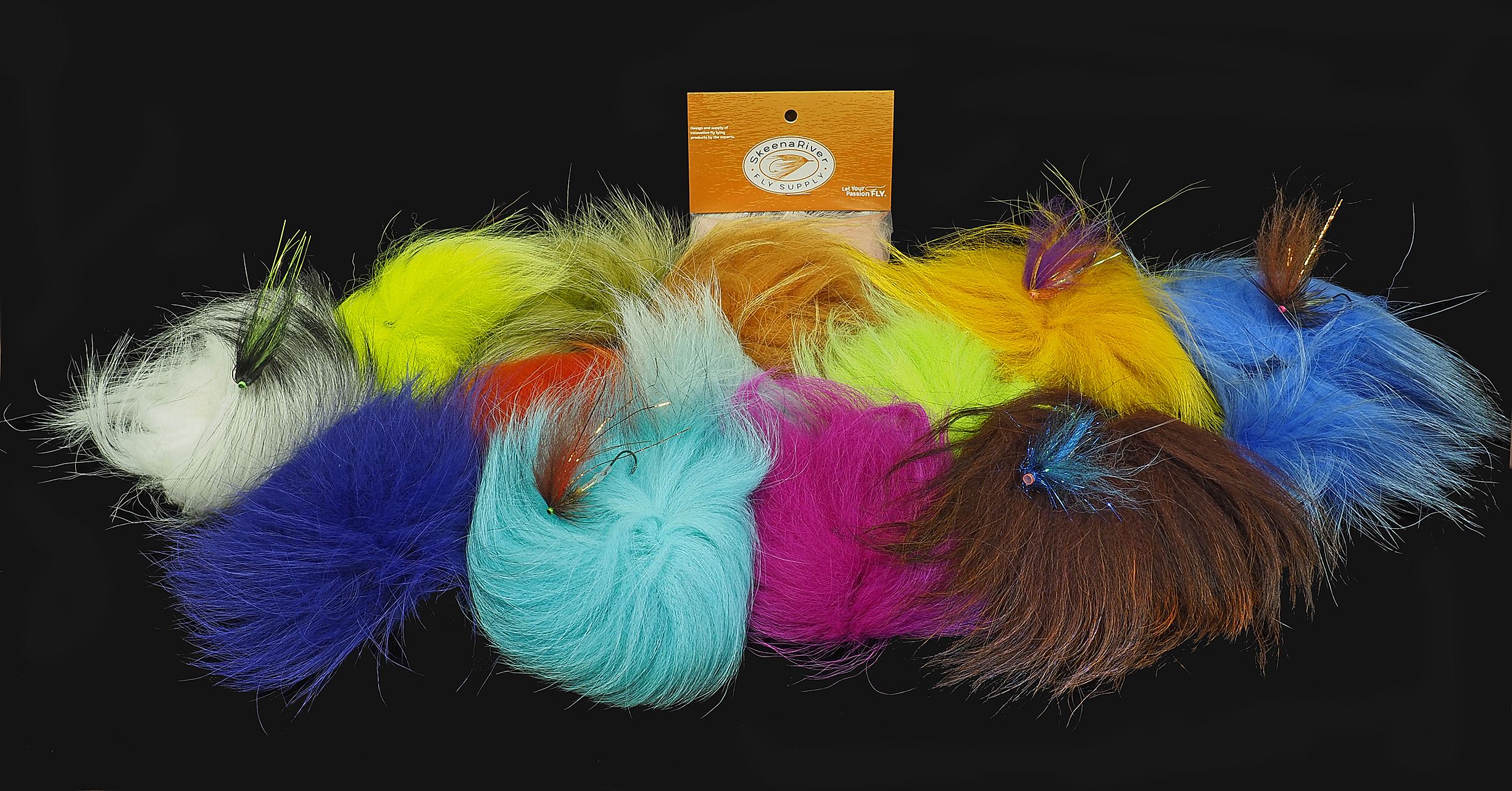 https://hooklineandsinker.ca/wp-content/uploads/2020/02/Skeena-River-Fly-Supply-MArble-Fox-Assortment.jpg
1282
2450
HLSAdmin
https://hooklineandsinker.ca/wp-content/uploads/2014/12/Steelheading-in-the-Snow-900-80-Not-Faded-Actual-1030x91.jpg
HLSAdmin2020-02-09 17:38:032020-02-09 17:38:03Skeena River Fly Supply (SRFS) Marble Fox
https://hooklineandsinker.ca/wp-content/uploads/2020/02/Skeena-River-Fly-Supply-MArble-Fox-Assortment.jpg
1282
2450
HLSAdmin
https://hooklineandsinker.ca/wp-content/uploads/2014/12/Steelheading-in-the-Snow-900-80-Not-Faded-Actual-1030x91.jpg
HLSAdmin2020-02-09 17:38:032020-02-09 17:38:03Skeena River Fly Supply (SRFS) Marble Fox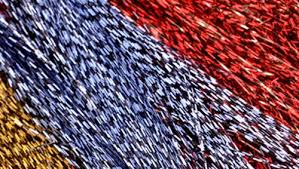 https://hooklineandsinker.ca/wp-content/uploads/2020/02/Cascade-Crest-Fly-Tying-Voodoo-Fibers-V.jpg
169
299
HLSAdmin
https://hooklineandsinker.ca/wp-content/uploads/2014/12/Steelheading-in-the-Snow-900-80-Not-Faded-Actual-1030x91.jpg
HLSAdmin2020-02-09 19:07:382020-02-09 19:07:38Cascade Crest Fly Tying Voodoo Fibers
https://hooklineandsinker.ca/wp-content/uploads/2020/02/Cascade-Crest-Fly-Tying-Voodoo-Fibers-V.jpg
169
299
HLSAdmin
https://hooklineandsinker.ca/wp-content/uploads/2014/12/Steelheading-in-the-Snow-900-80-Not-Faded-Actual-1030x91.jpg
HLSAdmin2020-02-09 19:07:382020-02-09 19:07:38Cascade Crest Fly Tying Voodoo Fibers https://hooklineandsinker.ca/wp-content/uploads/2020/02/Cascade-Crest-Fly-Tying-Tools-Materials-images.jpg
124
406
HLSAdmin
https://hooklineandsinker.ca/wp-content/uploads/2014/12/Steelheading-in-the-Snow-900-80-Not-Faded-Actual-1030x91.jpg
HLSAdmin2020-02-02 12:40:002020-02-09 19:08:50Cascade Crest Fly Tying Tools & Materials
https://hooklineandsinker.ca/wp-content/uploads/2020/02/Cascade-Crest-Fly-Tying-Tools-Materials-images.jpg
124
406
HLSAdmin
https://hooklineandsinker.ca/wp-content/uploads/2014/12/Steelheading-in-the-Snow-900-80-Not-Faded-Actual-1030x91.jpg
HLSAdmin2020-02-02 12:40:002020-02-09 19:08:50Cascade Crest Fly Tying Tools & Materials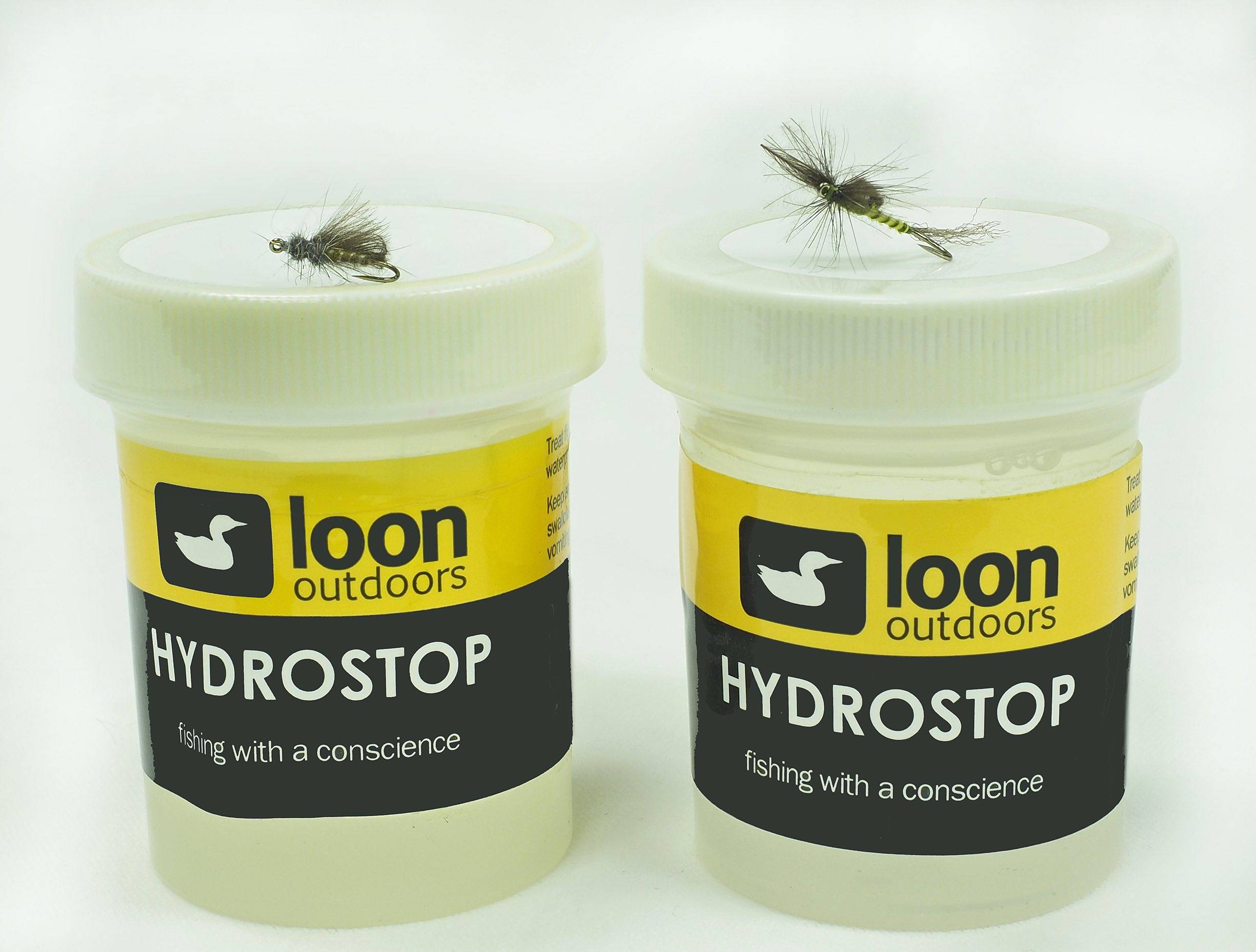 https://hooklineandsinker.ca/wp-content/uploads/2020/01/Loon-Hydrostop-Floatant-AA.jpg
1857
2450
HLSAdmin
https://hooklineandsinker.ca/wp-content/uploads/2014/12/Steelheading-in-the-Snow-900-80-Not-Faded-Actual-1030x91.jpg
HLSAdmin2020-01-30 20:50:512020-01-30 20:50:51Loon Hydrostop Floatant
https://hooklineandsinker.ca/wp-content/uploads/2020/01/Loon-Hydrostop-Floatant-AA.jpg
1857
2450
HLSAdmin
https://hooklineandsinker.ca/wp-content/uploads/2014/12/Steelheading-in-the-Snow-900-80-Not-Faded-Actual-1030x91.jpg
HLSAdmin2020-01-30 20:50:512020-01-30 20:50:51Loon Hydrostop Floatant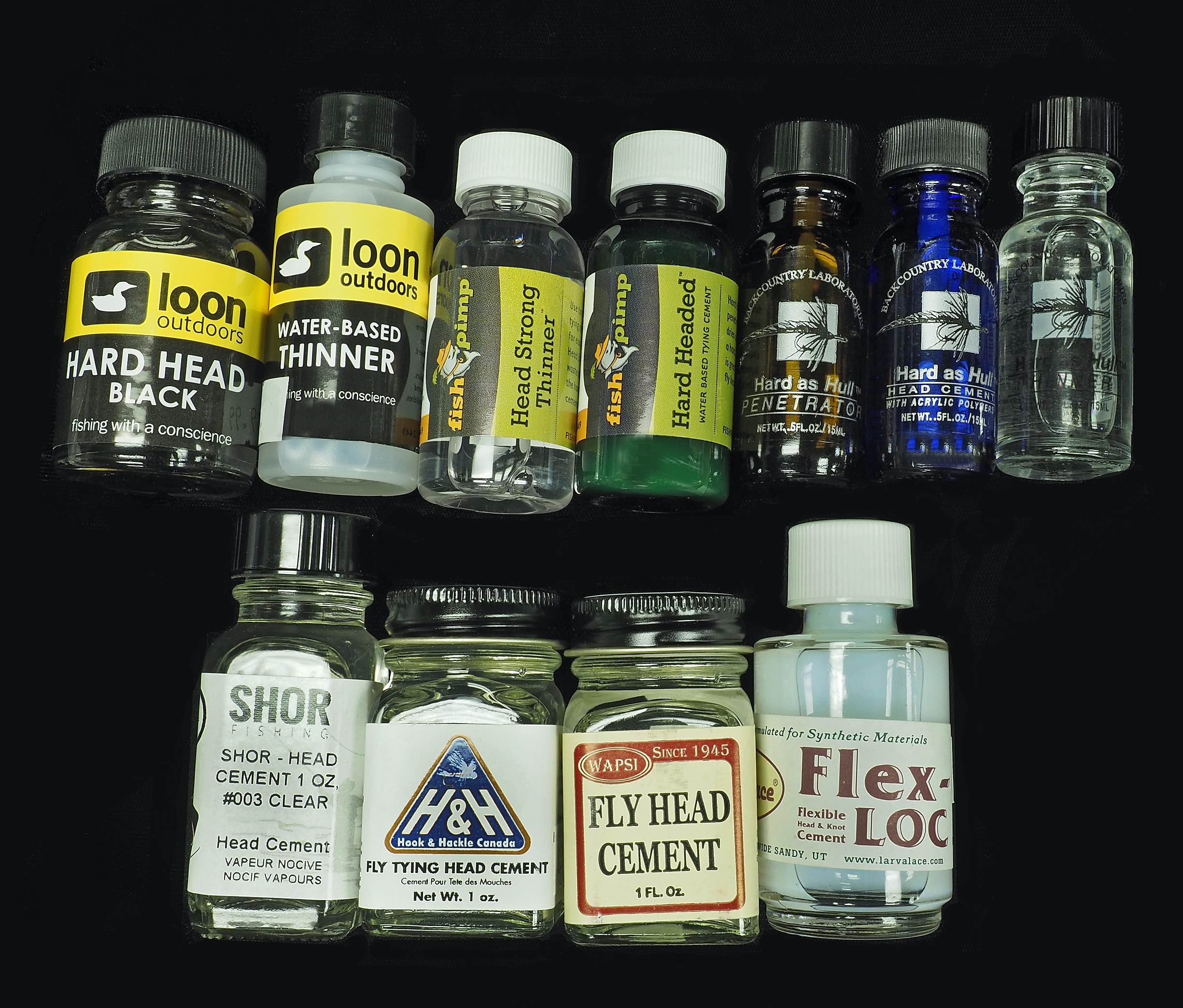 https://hooklineandsinker.ca/wp-content/uploads/2020/01/Head-Cement-Assortment-AA.jpg
2088
2450
HLSAdmin
https://hooklineandsinker.ca/wp-content/uploads/2014/12/Steelheading-in-the-Snow-900-80-Not-Faded-Actual-1030x91.jpg
HLSAdmin2020-01-27 19:54:422020-01-27 19:54:42Fly Tying Head Cement
https://hooklineandsinker.ca/wp-content/uploads/2020/01/Head-Cement-Assortment-AA.jpg
2088
2450
HLSAdmin
https://hooklineandsinker.ca/wp-content/uploads/2014/12/Steelheading-in-the-Snow-900-80-Not-Faded-Actual-1030x91.jpg
HLSAdmin2020-01-27 19:54:422020-01-27 19:54:42Fly Tying Head Cement https://hooklineandsinker.ca/wp-content/uploads/2020/01/Skeena-River-Fly-Supply-srfs_LOGO_EXT_RGB-WEB.jpg
298
1366
HLSAdmin
https://hooklineandsinker.ca/wp-content/uploads/2014/12/Steelheading-in-the-Snow-900-80-Not-Faded-Actual-1030x91.jpg
HLSAdmin2020-01-21 22:00:382020-01-21 22:00:38Skeena River Fly Supply (SRFS)
https://hooklineandsinker.ca/wp-content/uploads/2020/01/Skeena-River-Fly-Supply-srfs_LOGO_EXT_RGB-WEB.jpg
298
1366
HLSAdmin
https://hooklineandsinker.ca/wp-content/uploads/2014/12/Steelheading-in-the-Snow-900-80-Not-Faded-Actual-1030x91.jpg
HLSAdmin2020-01-21 22:00:382020-01-21 22:00:38Skeena River Fly Supply (SRFS) https://hooklineandsinker.ca/wp-content/uploads/2020/01/[email protected]
55
340
HLSAdmin
https://hooklineandsinker.ca/wp-content/uploads/2014/12/Steelheading-in-the-Snow-900-80-Not-Faded-Actual-1030x91.jpg
HLSAdmin2020-01-13 20:29:272020-01-13 20:33:42Mikael Frödin Fly Designs
https://hooklineandsinker.ca/wp-content/uploads/2020/01/[email protected]
55
340
HLSAdmin
https://hooklineandsinker.ca/wp-content/uploads/2014/12/Steelheading-in-the-Snow-900-80-Not-Faded-Actual-1030x91.jpg
HLSAdmin2020-01-13 20:29:272020-01-13 20:33:42Mikael Frödin Fly Designs https://hooklineandsinker.ca/wp-content/uploads/2019/11/Mikael-Frodin-Fits-Tube-System-DD.jpg
1838
2450
HLSAdmin
https://hooklineandsinker.ca/wp-content/uploads/2014/12/Steelheading-in-the-Snow-900-80-Not-Faded-Actual-1030x91.jpg
HLSAdmin2019-11-18 21:04:132019-11-18 21:06:17Mikael Frodin Tungsten Fits Tube System
https://hooklineandsinker.ca/wp-content/uploads/2019/11/Mikael-Frodin-Fits-Tube-System-DD.jpg
1838
2450
HLSAdmin
https://hooklineandsinker.ca/wp-content/uploads/2014/12/Steelheading-in-the-Snow-900-80-Not-Faded-Actual-1030x91.jpg
HLSAdmin2019-11-18 21:04:132019-11-18 21:06:17Mikael Frodin Tungsten Fits Tube System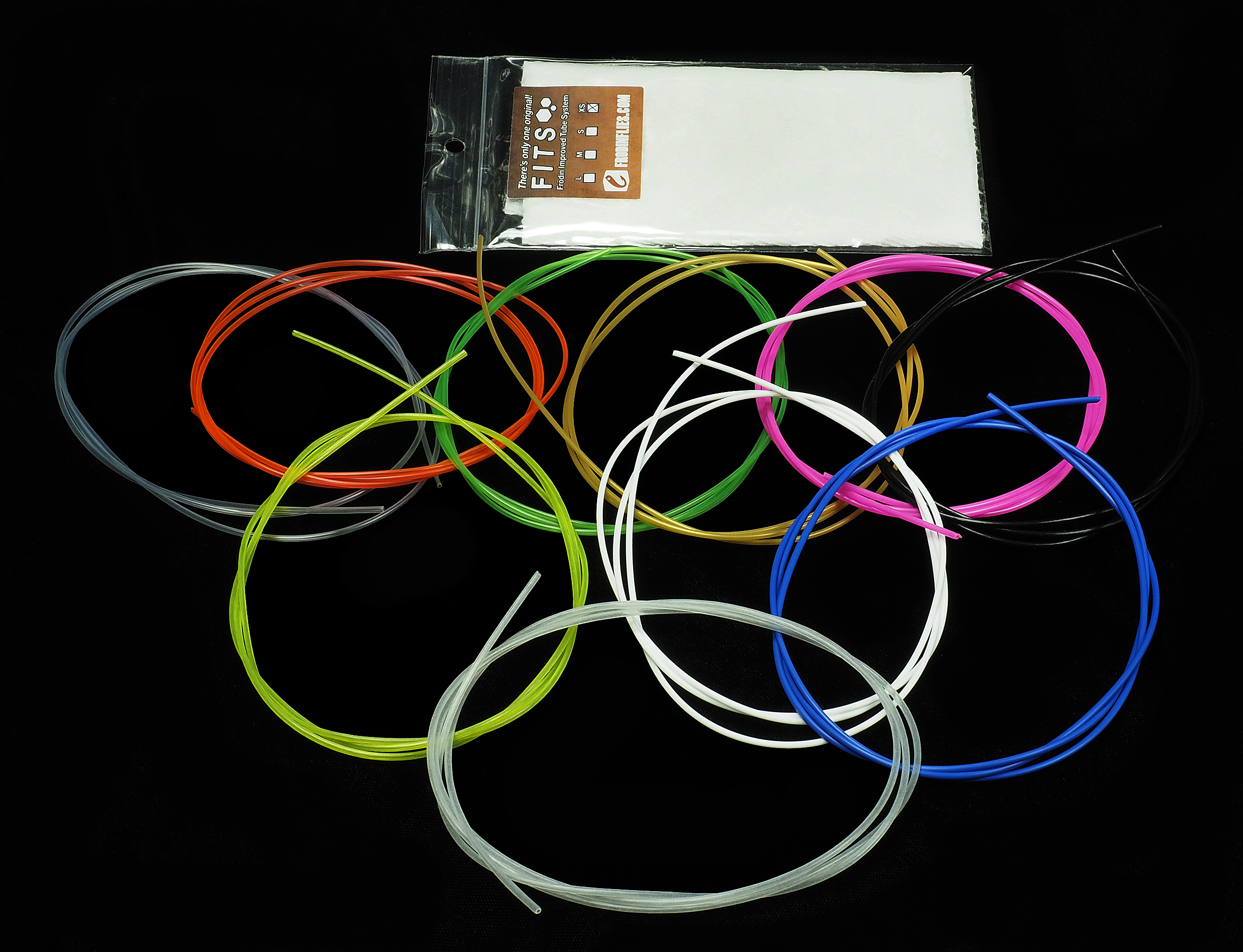 https://hooklineandsinker.ca/wp-content/uploads/2019/11/Mikael-Frodin-Fits-Original-Tube-System-AA.jpg
1877
2450
HLSAdmin
https://hooklineandsinker.ca/wp-content/uploads/2014/12/Steelheading-in-the-Snow-900-80-Not-Faded-Actual-1030x91.jpg
HLSAdmin2019-11-18 20:59:422019-11-18 20:59:42Mikael Frodin Fits Original Tube System
https://hooklineandsinker.ca/wp-content/uploads/2019/11/Mikael-Frodin-Fits-Original-Tube-System-AA.jpg
1877
2450
HLSAdmin
https://hooklineandsinker.ca/wp-content/uploads/2014/12/Steelheading-in-the-Snow-900-80-Not-Faded-Actual-1030x91.jpg
HLSAdmin2019-11-18 20:59:422019-11-18 20:59:42Mikael Frodin Fits Original Tube System https://hooklineandsinker.ca/wp-content/uploads/2019/11/Mikael-Frodin-Fits-Turbo-12-Tungsten-Cone-DSC0574_1000x750_2_79142d81-8079-4f62-ae17-e37e41198ae0_1024x.jpg
750
1000
HLSAdmin
https://hooklineandsinker.ca/wp-content/uploads/2014/12/Steelheading-in-the-Snow-900-80-Not-Faded-Actual-1030x91.jpg
HLSAdmin2019-11-18 20:54:112019-11-18 20:54:11Mikael Frodin Fits Turbo 1/2 Tungsten Cone
https://hooklineandsinker.ca/wp-content/uploads/2019/11/Mikael-Frodin-Fits-Turbo-12-Tungsten-Cone-DSC0574_1000x750_2_79142d81-8079-4f62-ae17-e37e41198ae0_1024x.jpg
750
1000
HLSAdmin
https://hooklineandsinker.ca/wp-content/uploads/2014/12/Steelheading-in-the-Snow-900-80-Not-Faded-Actual-1030x91.jpg
HLSAdmin2019-11-18 20:54:112019-11-18 20:54:11Mikael Frodin Fits Turbo 1/2 Tungsten Cone https://hooklineandsinker.ca/wp-content/uploads/2019/11/Mikael-Frodin-SSS-Synthetics-SSS_Sythetics_org.jpg
543
2126
HLSAdmin
https://hooklineandsinker.ca/wp-content/uploads/2014/12/Steelheading-in-the-Snow-900-80-Not-Faded-Actual-1030x91.jpg
HLSAdmin2019-11-18 20:41:372019-11-18 20:42:07Mikael Frodin SSS Synthetics
https://hooklineandsinker.ca/wp-content/uploads/2019/11/Mikael-Frodin-SSS-Synthetics-SSS_Sythetics_org.jpg
543
2126
HLSAdmin
https://hooklineandsinker.ca/wp-content/uploads/2014/12/Steelheading-in-the-Snow-900-80-Not-Faded-Actual-1030x91.jpg
HLSAdmin2019-11-18 20:41:372019-11-18 20:42:07Mikael Frodin SSS Synthetics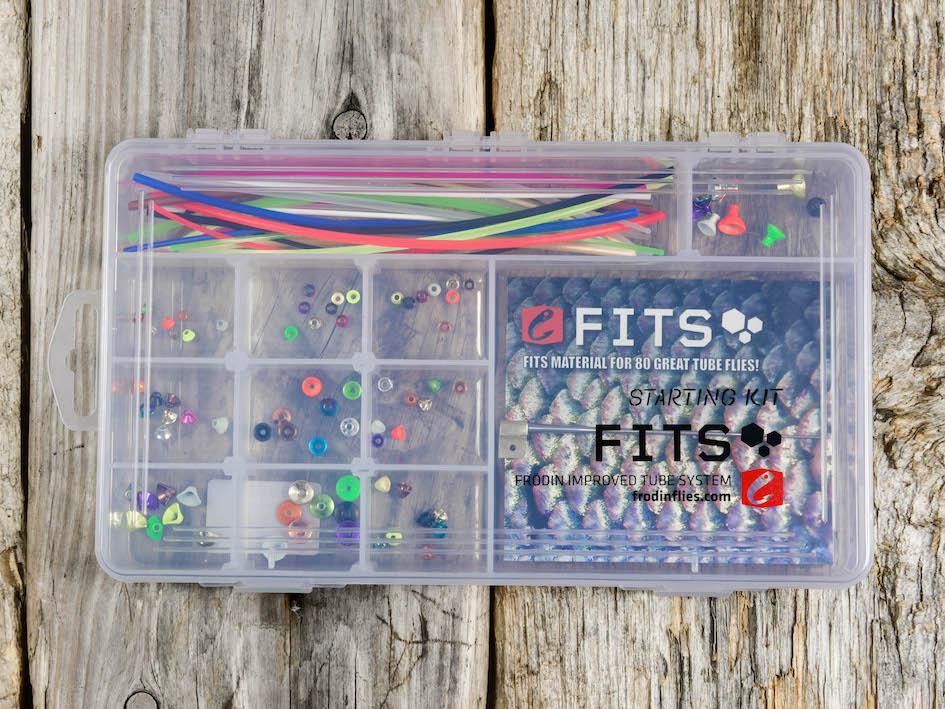 https://hooklineandsinker.ca/wp-content/uploads/2019/11/Mikael-Frodin-FITS-Starting-Kit-DSC1396-2_1024x.jpg
709
945
HLSAdmin
https://hooklineandsinker.ca/wp-content/uploads/2014/12/Steelheading-in-the-Snow-900-80-Not-Faded-Actual-1030x91.jpg
HLSAdmin2019-11-18 20:18:442019-11-18 20:21:08Mikael Frodin FITS Starting Kit
https://hooklineandsinker.ca/wp-content/uploads/2019/11/Mikael-Frodin-FITS-Starting-Kit-DSC1396-2_1024x.jpg
709
945
HLSAdmin
https://hooklineandsinker.ca/wp-content/uploads/2014/12/Steelheading-in-the-Snow-900-80-Not-Faded-Actual-1030x91.jpg
HLSAdmin2019-11-18 20:18:442019-11-18 20:21:08Mikael Frodin FITS Starting Kit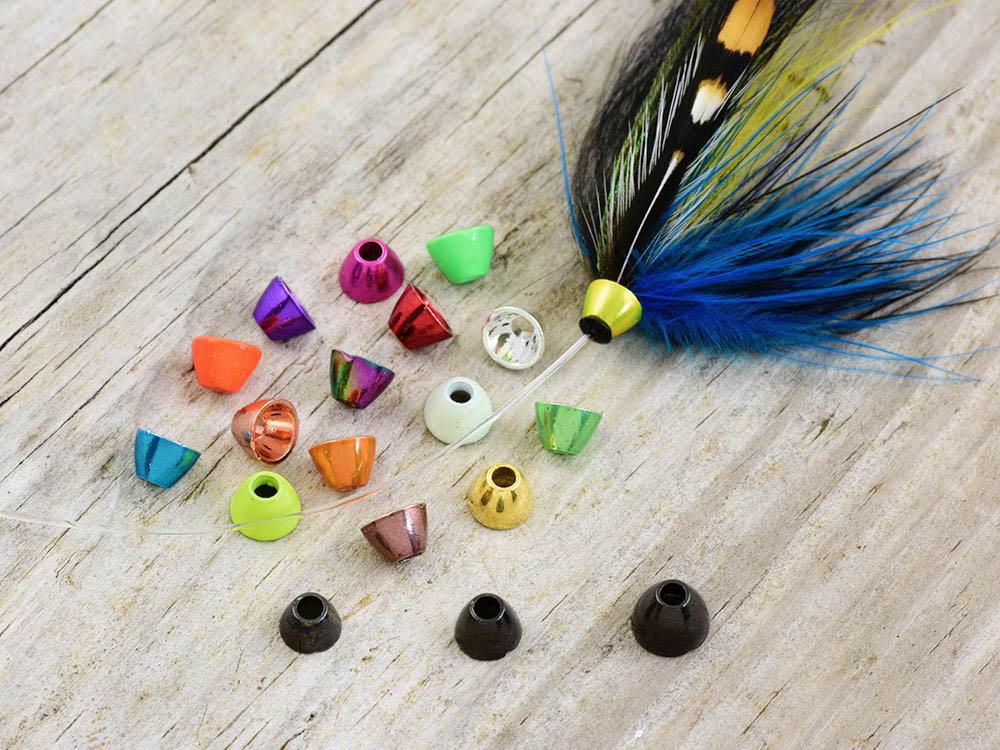 https://hooklineandsinker.ca/wp-content/uploads/2019/11/Mikael-Frodin-FITS-Traditional-Tungsten-Cone-cones_start_1024x.jpg
750
1000
HLSAdmin
https://hooklineandsinker.ca/wp-content/uploads/2014/12/Steelheading-in-the-Snow-900-80-Not-Faded-Actual-1030x91.jpg
HLSAdmin2019-11-18 20:14:172019-11-18 20:22:01Mikael Frodin FITS Traditional Tungsten Cone
https://hooklineandsinker.ca/wp-content/uploads/2019/11/Mikael-Frodin-FITS-Traditional-Tungsten-Cone-cones_start_1024x.jpg
750
1000
HLSAdmin
https://hooklineandsinker.ca/wp-content/uploads/2014/12/Steelheading-in-the-Snow-900-80-Not-Faded-Actual-1030x91.jpg
HLSAdmin2019-11-18 20:14:172019-11-18 20:22:01Mikael Frodin FITS Traditional Tungsten Cone https://hooklineandsinker.ca/wp-content/uploads/2019/11/[email protected]
55
340
HLSAdmin
https://hooklineandsinker.ca/wp-content/uploads/2014/12/Steelheading-in-the-Snow-900-80-Not-Faded-Actual-1030x91.jpg
HLSAdmin2019-11-16 13:17:462019-11-16 13:31:01Frodin Fly Designs
https://hooklineandsinker.ca/wp-content/uploads/2019/11/[email protected]
55
340
HLSAdmin
https://hooklineandsinker.ca/wp-content/uploads/2014/12/Steelheading-in-the-Snow-900-80-Not-Faded-Actual-1030x91.jpg
HLSAdmin2019-11-16 13:17:462019-11-16 13:31:01Frodin Fly Designs https://hooklineandsinker.ca/wp-content/uploads/2019/09/Shor-Fishing-Boulard-Fly-Fishing-768x445.png
185
225
HLSAdmin
https://hooklineandsinker.ca/wp-content/uploads/2014/12/Steelheading-in-the-Snow-900-80-Not-Faded-Actual-1030x91.jpg
HLSAdmin2019-09-30 21:18:322020-01-18 22:05:12SHOR Fishing
https://hooklineandsinker.ca/wp-content/uploads/2019/09/Shor-Fishing-Boulard-Fly-Fishing-768x445.png
185
225
HLSAdmin
https://hooklineandsinker.ca/wp-content/uploads/2014/12/Steelheading-in-the-Snow-900-80-Not-Faded-Actual-1030x91.jpg
HLSAdmin2019-09-30 21:18:322020-01-18 22:05:12SHOR Fishing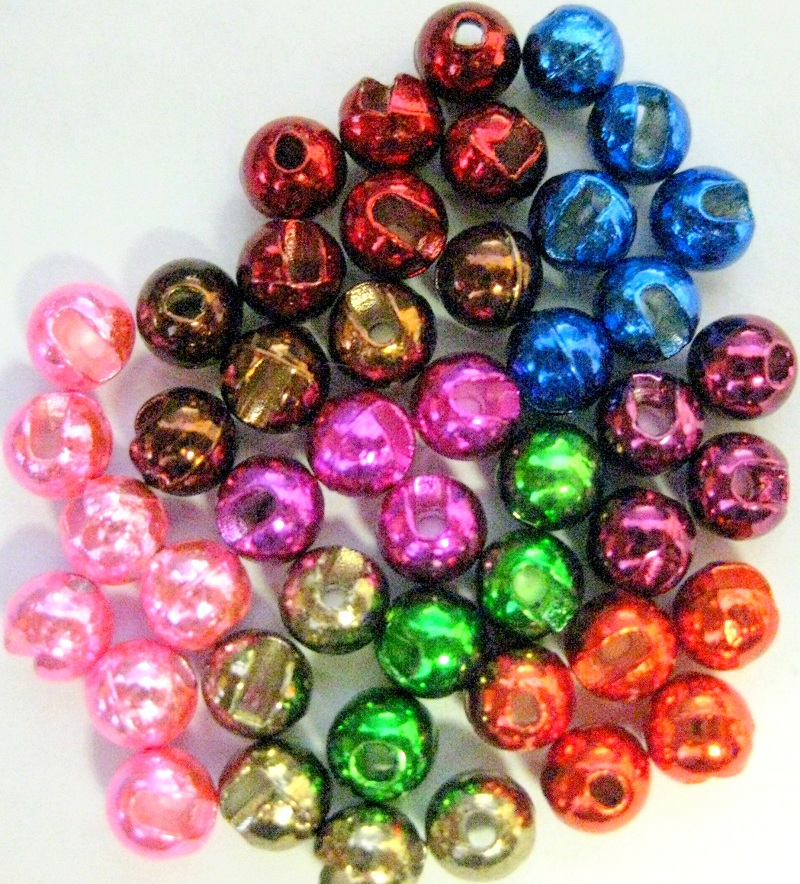 https://hooklineandsinker.ca/wp-content/uploads/2019/09/ENTICE-Finish-Slotted-Tungsten-Beads-A.jpg
884
800
HLSAdmin
https://hooklineandsinker.ca/wp-content/uploads/2014/12/Steelheading-in-the-Snow-900-80-Not-Faded-Actual-1030x91.jpg
HLSAdmin2019-09-22 13:56:502019-09-22 13:58:55ENTICE Finish Slotted Tungsten Beads
https://hooklineandsinker.ca/wp-content/uploads/2019/09/ENTICE-Finish-Slotted-Tungsten-Beads-A.jpg
884
800
HLSAdmin
https://hooklineandsinker.ca/wp-content/uploads/2014/12/Steelheading-in-the-Snow-900-80-Not-Faded-Actual-1030x91.jpg
HLSAdmin2019-09-22 13:56:502019-09-22 13:58:55ENTICE Finish Slotted Tungsten Beads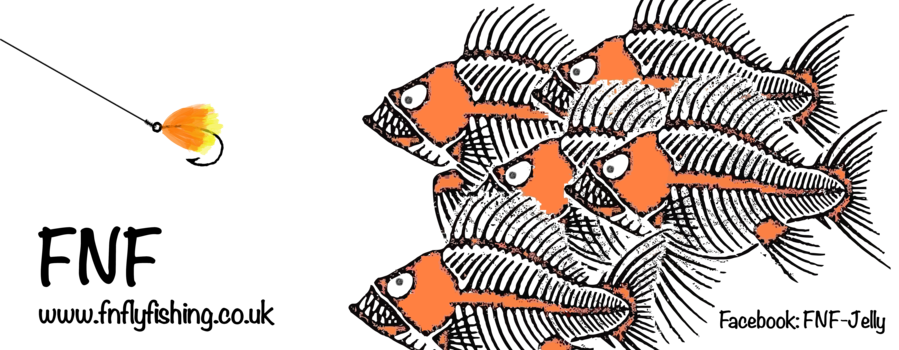 https://hooklineandsinker.ca/wp-content/uploads/2019/09/FNF_Team_1_900x.png
350
899
HLSAdmin
https://hooklineandsinker.ca/wp-content/uploads/2014/12/Steelheading-in-the-Snow-900-80-Not-Faded-Actual-1030x91.jpg
HLSAdmin2019-09-22 13:30:292019-09-22 13:30:29FNF Ltd. Fly Tying Materials
https://hooklineandsinker.ca/wp-content/uploads/2019/09/FNF_Team_1_900x.png
350
899
HLSAdmin
https://hooklineandsinker.ca/wp-content/uploads/2014/12/Steelheading-in-the-Snow-900-80-Not-Faded-Actual-1030x91.jpg
HLSAdmin2019-09-22 13:30:292019-09-22 13:30:29FNF Ltd. Fly Tying Materials https://hooklineandsinker.ca/wp-content/uploads/2019/09/FNF-Micro-Jelly-AA-1.jpg
1369
2450
HLSAdmin
https://hooklineandsinker.ca/wp-content/uploads/2014/12/Steelheading-in-the-Snow-900-80-Not-Faded-Actual-1030x91.jpg
HLSAdmin2019-09-22 13:07:572019-09-22 13:52:04FNF Micro Jelly
https://hooklineandsinker.ca/wp-content/uploads/2019/09/FNF-Micro-Jelly-AA-1.jpg
1369
2450
HLSAdmin
https://hooklineandsinker.ca/wp-content/uploads/2014/12/Steelheading-in-the-Snow-900-80-Not-Faded-Actual-1030x91.jpg
HLSAdmin2019-09-22 13:07:572019-09-22 13:52:04FNF Micro Jelly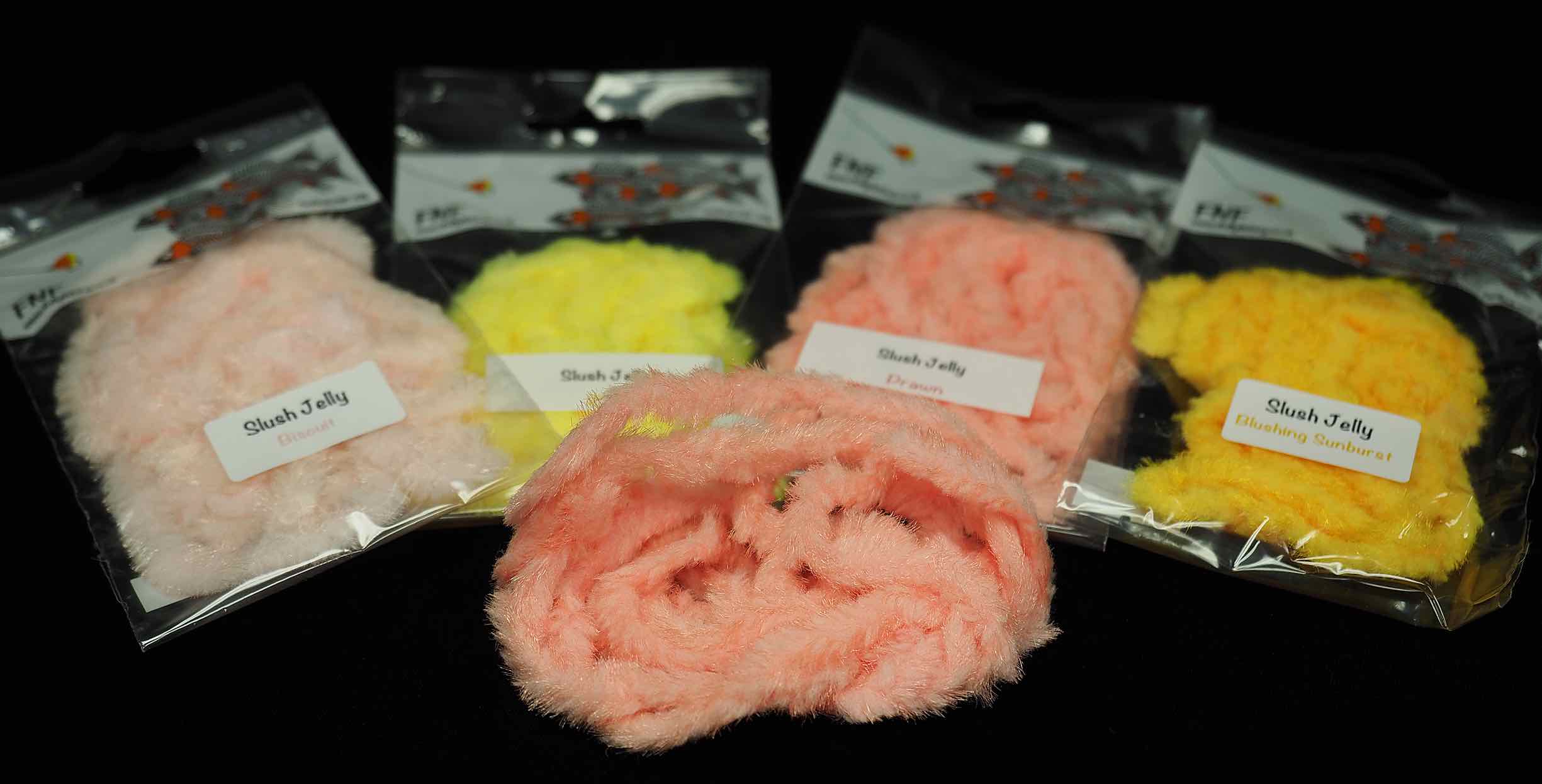 https://hooklineandsinker.ca/wp-content/uploads/2019/09/FNF-Slush-Jelly-AA.jpg
1246
2450
HLSAdmin
https://hooklineandsinker.ca/wp-content/uploads/2014/12/Steelheading-in-the-Snow-900-80-Not-Faded-Actual-1030x91.jpg
HLSAdmin2019-09-22 13:07:592019-09-22 13:52:39FNF Slush Jelly
https://hooklineandsinker.ca/wp-content/uploads/2019/09/FNF-Slush-Jelly-AA.jpg
1246
2450
HLSAdmin
https://hooklineandsinker.ca/wp-content/uploads/2014/12/Steelheading-in-the-Snow-900-80-Not-Faded-Actual-1030x91.jpg
HLSAdmin2019-09-22 13:07:592019-09-22 13:52:39FNF Slush Jelly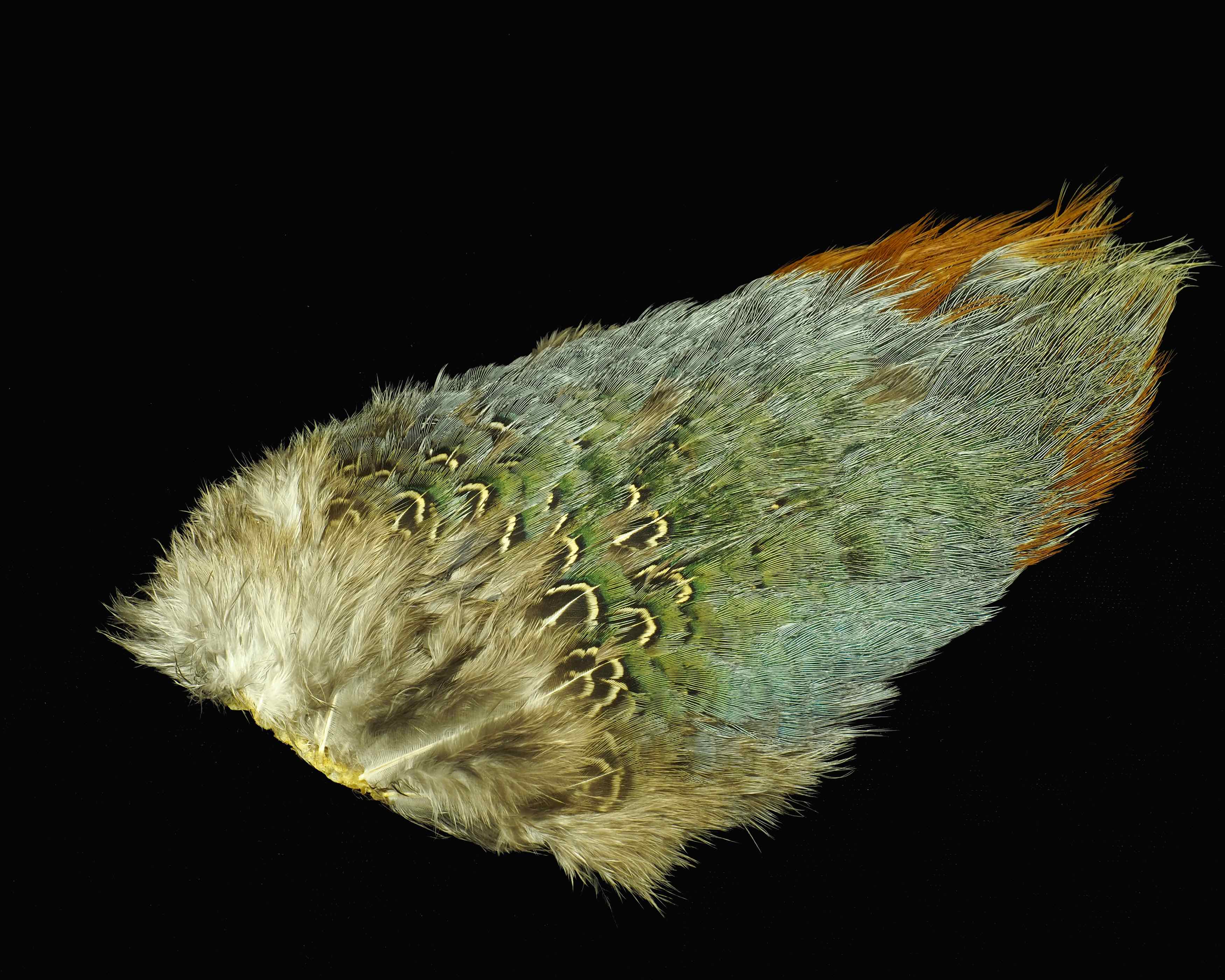 https://hooklineandsinker.ca/wp-content/uploads/2019/07/Pheasant-ringneck-rump-feathers-07092019-1NSP-AA.jpg
2800
3500
HLSAdmin
https://hooklineandsinker.ca/wp-content/uploads/2014/12/Steelheading-in-the-Snow-900-80-Not-Faded-Actual-1030x91.jpg
HLSAdmin2019-07-24 22:48:592019-08-04 22:03:02Pheasant Ringneck Rump Feathers for Fly Tying
https://hooklineandsinker.ca/wp-content/uploads/2019/07/Pheasant-ringneck-rump-feathers-07092019-1NSP-AA.jpg
2800
3500
HLSAdmin
https://hooklineandsinker.ca/wp-content/uploads/2014/12/Steelheading-in-the-Snow-900-80-Not-Faded-Actual-1030x91.jpg
HLSAdmin2019-07-24 22:48:592019-08-04 22:03:02Pheasant Ringneck Rump Feathers for Fly Tying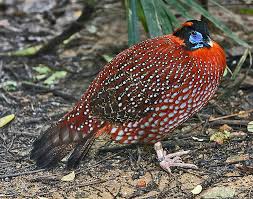 https://hooklineandsinker.ca/wp-content/uploads/2019/05/tragopan-fly-tying-material.jpg
199
253
HLSAdmin
https://hooklineandsinker.ca/wp-content/uploads/2014/12/Steelheading-in-the-Snow-900-80-Not-Faded-Actual-1030x91.jpg
HLSAdmin2019-05-25 20:21:112019-06-02 22:18:20Tragopan Fly Tying Material
https://hooklineandsinker.ca/wp-content/uploads/2019/05/tragopan-fly-tying-material.jpg
199
253
HLSAdmin
https://hooklineandsinker.ca/wp-content/uploads/2014/12/Steelheading-in-the-Snow-900-80-Not-Faded-Actual-1030x91.jpg
HLSAdmin2019-05-25 20:21:112019-06-02 22:18:20Tragopan Fly Tying Material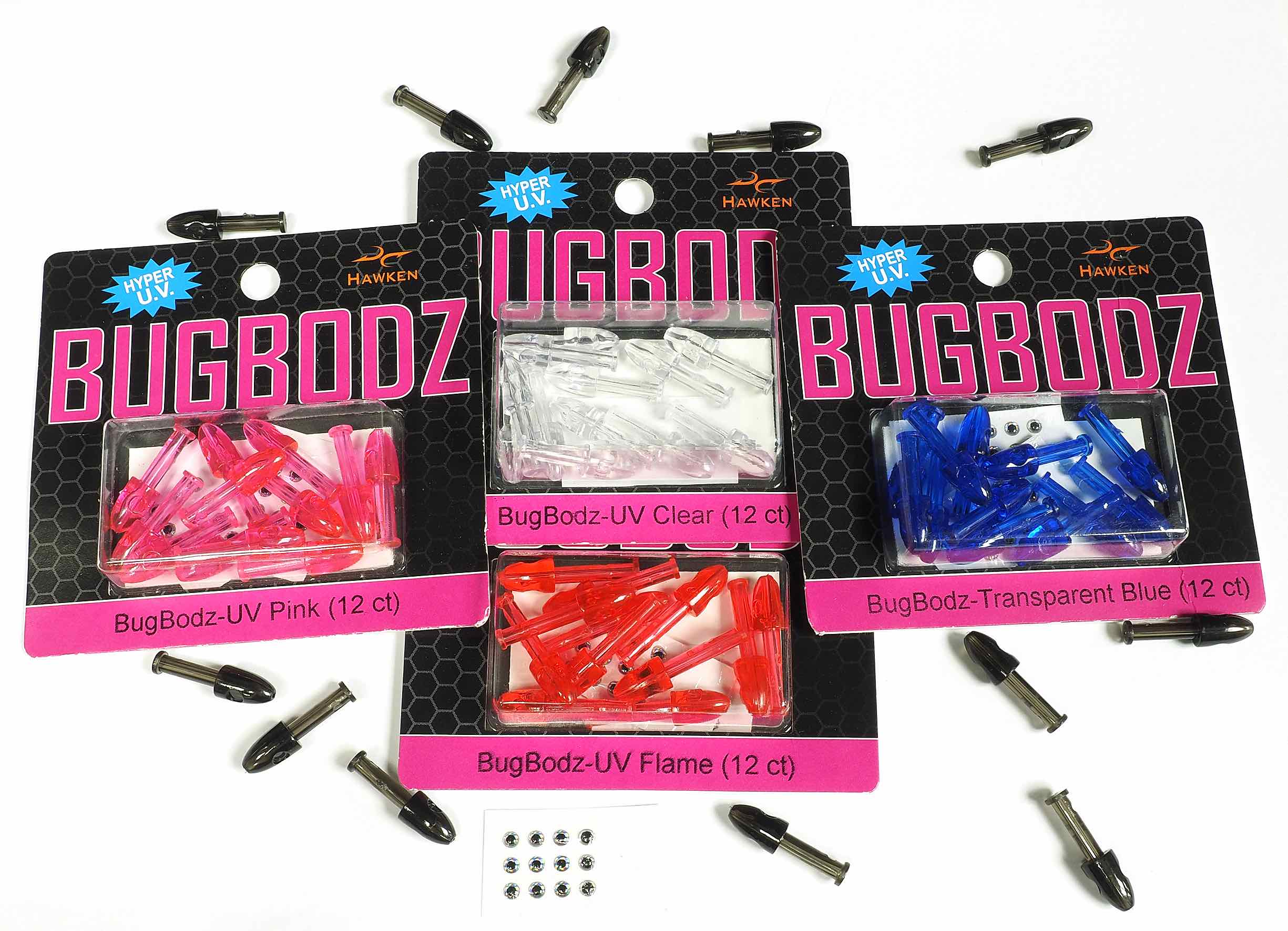 https://hooklineandsinker.ca/wp-content/uploads/2019/05/Hawken-Hyper-UV-Bugbodz-AA.jpg
1771
2450
HLSAdmin
https://hooklineandsinker.ca/wp-content/uploads/2014/12/Steelheading-in-the-Snow-900-80-Not-Faded-Actual-1030x91.jpg
HLSAdmin2019-05-13 12:40:382019-05-13 16:24:57Hawken Fishing – Bugbodz
https://hooklineandsinker.ca/wp-content/uploads/2019/05/Hawken-Hyper-UV-Bugbodz-AA.jpg
1771
2450
HLSAdmin
https://hooklineandsinker.ca/wp-content/uploads/2014/12/Steelheading-in-the-Snow-900-80-Not-Faded-Actual-1030x91.jpg
HLSAdmin2019-05-13 12:40:382019-05-13 16:24:57Hawken Fishing – Bugbodz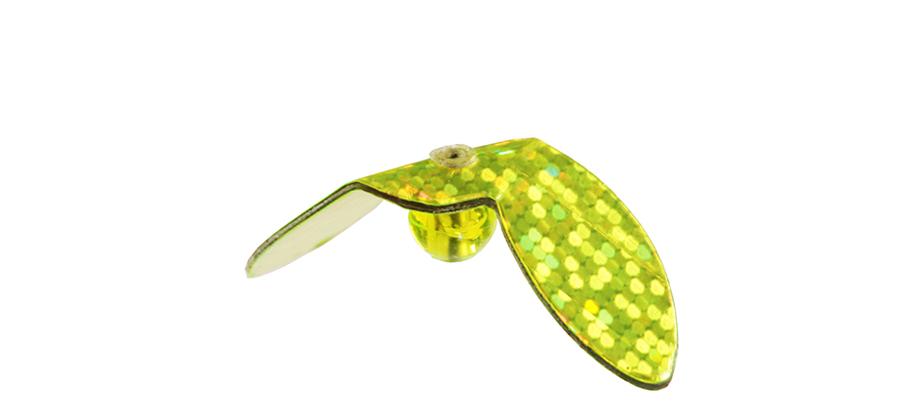 https://hooklineandsinker.ca/wp-content/uploads/2019/05/Hawken-Fishing-Wild-Wings-WW3_900x.jpg
401
900
HLSAdmin
https://hooklineandsinker.ca/wp-content/uploads/2014/12/Steelheading-in-the-Snow-900-80-Not-Faded-Actual-1030x91.jpg
HLSAdmin2019-05-13 12:21:402019-08-04 20:21:47Hawken Fishing – Wild Wings
https://hooklineandsinker.ca/wp-content/uploads/2019/05/Hawken-Fishing-Wild-Wings-WW3_900x.jpg
401
900
HLSAdmin
https://hooklineandsinker.ca/wp-content/uploads/2014/12/Steelheading-in-the-Snow-900-80-Not-Faded-Actual-1030x91.jpg
HLSAdmin2019-05-13 12:21:402019-08-04 20:21:47Hawken Fishing – Wild Wings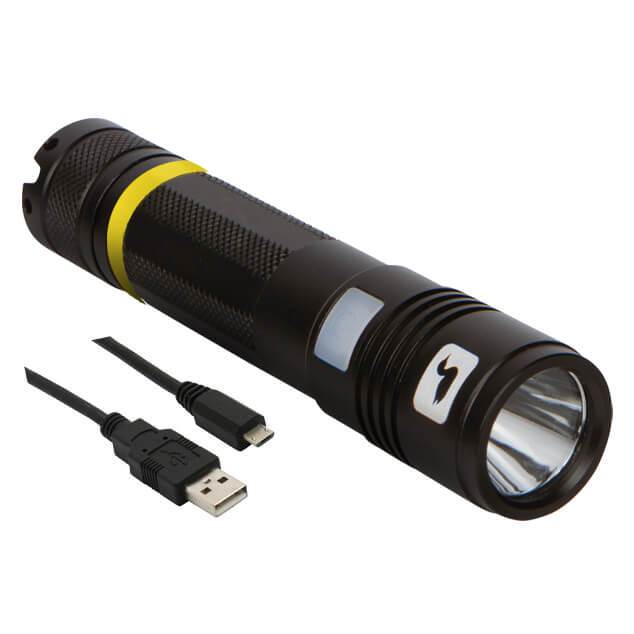 https://hooklineandsinker.ca/wp-content/uploads/2019/03/uv-infiniti-light-w-cable.jpg
634
634
HLSAdmin
https://hooklineandsinker.ca/wp-content/uploads/2014/12/Steelheading-in-the-Snow-900-80-Not-Faded-Actual-1030x91.jpg
HLSAdmin2019-03-09 22:39:132019-03-09 22:40:16Loon UV Infiniti Light
https://hooklineandsinker.ca/wp-content/uploads/2019/03/uv-infiniti-light-w-cable.jpg
634
634
HLSAdmin
https://hooklineandsinker.ca/wp-content/uploads/2014/12/Steelheading-in-the-Snow-900-80-Not-Faded-Actual-1030x91.jpg
HLSAdmin2019-03-09 22:39:132019-03-09 22:40:16Loon UV Infiniti Light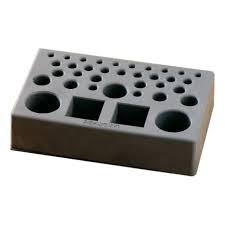 https://hooklineandsinker.ca/wp-content/uploads/2019/03/Renzetti-Soft-Tool-Caddy-A.jpg
225
225
HLSAdmin
https://hooklineandsinker.ca/wp-content/uploads/2014/12/Steelheading-in-the-Snow-900-80-Not-Faded-Actual-1030x91.jpg
HLSAdmin2019-03-06 20:37:442019-03-06 20:37:44Renzetti Soft Tool Caddy
https://hooklineandsinker.ca/wp-content/uploads/2019/03/Renzetti-Soft-Tool-Caddy-A.jpg
225
225
HLSAdmin
https://hooklineandsinker.ca/wp-content/uploads/2014/12/Steelheading-in-the-Snow-900-80-Not-Faded-Actual-1030x91.jpg
HLSAdmin2019-03-06 20:37:442019-03-06 20:37:44Renzetti Soft Tool Caddy https://hooklineandsinker.ca/wp-content/uploads/2019/02/Plastic-or-Glass-Rattles-For-Fly-Tying.jpg
268
450
HLSAdmin
https://hooklineandsinker.ca/wp-content/uploads/2014/12/Steelheading-in-the-Snow-900-80-Not-Faded-Actual-1030x91.jpg
HLSAdmin2019-02-27 18:10:452019-02-27 18:10:45Plastic or Glass Rattles For Fly Tying
https://hooklineandsinker.ca/wp-content/uploads/2019/02/Plastic-or-Glass-Rattles-For-Fly-Tying.jpg
268
450
HLSAdmin
https://hooklineandsinker.ca/wp-content/uploads/2014/12/Steelheading-in-the-Snow-900-80-Not-Faded-Actual-1030x91.jpg
HLSAdmin2019-02-27 18:10:452019-02-27 18:10:45Plastic or Glass Rattles For Fly Tying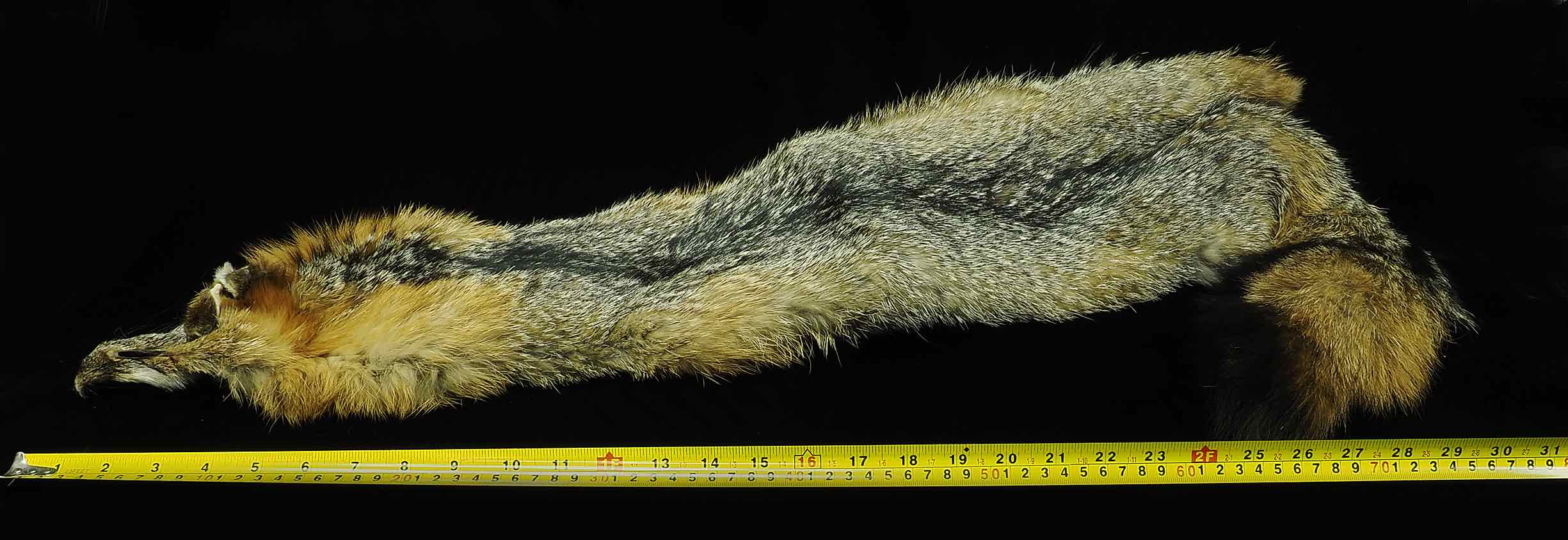 https://hooklineandsinker.ca/wp-content/uploads/2019/02/Gray-Fox-Full-Skin-for-Fly-Tying-AA.jpg
843
2450
HLSAdmin
https://hooklineandsinker.ca/wp-content/uploads/2014/12/Steelheading-in-the-Snow-900-80-Not-Faded-Actual-1030x91.jpg
HLSAdmin2019-02-25 22:45:162019-02-25 22:47:20Gray Fox Full Skin for Fly Tying
https://hooklineandsinker.ca/wp-content/uploads/2019/02/Gray-Fox-Full-Skin-for-Fly-Tying-AA.jpg
843
2450
HLSAdmin
https://hooklineandsinker.ca/wp-content/uploads/2014/12/Steelheading-in-the-Snow-900-80-Not-Faded-Actual-1030x91.jpg
HLSAdmin2019-02-25 22:45:162019-02-25 22:47:20Gray Fox Full Skin for Fly Tying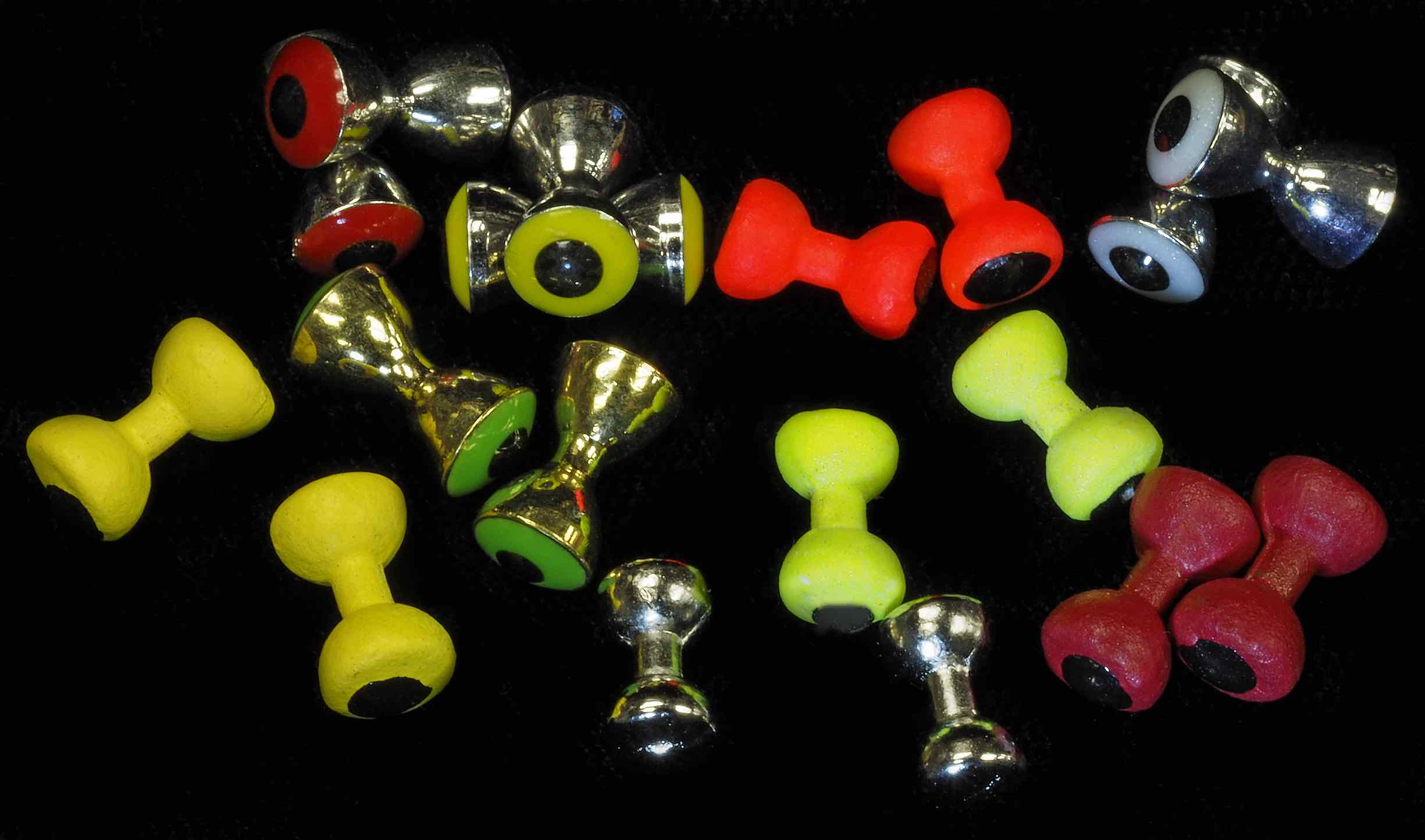 https://hooklineandsinker.ca/wp-content/uploads/2019/02/Dumbbell-Eyes-for-Fly-Tying-CC.jpg
1445
2450
HLSAdmin
https://hooklineandsinker.ca/wp-content/uploads/2014/12/Steelheading-in-the-Snow-900-80-Not-Faded-Actual-1030x91.jpg
HLSAdmin2019-02-24 20:47:072019-03-27 20:19:23Lead Dumbbell Eyes
https://hooklineandsinker.ca/wp-content/uploads/2019/02/Dumbbell-Eyes-for-Fly-Tying-CC.jpg
1445
2450
HLSAdmin
https://hooklineandsinker.ca/wp-content/uploads/2014/12/Steelheading-in-the-Snow-900-80-Not-Faded-Actual-1030x91.jpg
HLSAdmin2019-02-24 20:47:072019-03-27 20:19:23Lead Dumbbell Eyes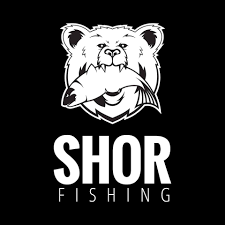 https://hooklineandsinker.ca/wp-content/uploads/2019/02/Shor-Fly-Tying-Materials-Logo.png
225
225
HLSAdmin
https://hooklineandsinker.ca/wp-content/uploads/2014/12/Steelheading-in-the-Snow-900-80-Not-Faded-Actual-1030x91.jpg
HLSAdmin2019-02-20 21:55:342019-02-20 21:55:34Serge Boulard – SHOR – Grizzly Hackles – Mini Rooster Pack for Streamers
https://hooklineandsinker.ca/wp-content/uploads/2019/02/Shor-Fly-Tying-Materials-Logo.png
225
225
HLSAdmin
https://hooklineandsinker.ca/wp-content/uploads/2014/12/Steelheading-in-the-Snow-900-80-Not-Faded-Actual-1030x91.jpg
HLSAdmin2019-02-20 21:55:342019-02-20 21:55:34Serge Boulard – SHOR – Grizzly Hackles – Mini Rooster Pack for Streamers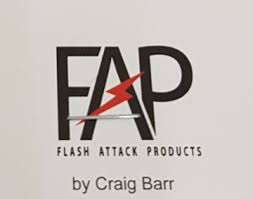 https://hooklineandsinker.ca/wp-content/uploads/2019/02/FAP-Flash-Attack-Products-By-Craig-Barr.jpg
199
253
HLSAdmin
https://hooklineandsinker.ca/wp-content/uploads/2014/12/Steelheading-in-the-Snow-900-80-Not-Faded-Actual-1030x91.jpg
HLSAdmin2019-02-17 22:27:282019-02-17 22:27:28FAP Flash Attack Products By Craig Barr
https://hooklineandsinker.ca/wp-content/uploads/2019/02/FAP-Flash-Attack-Products-By-Craig-Barr.jpg
199
253
HLSAdmin
https://hooklineandsinker.ca/wp-content/uploads/2014/12/Steelheading-in-the-Snow-900-80-Not-Faded-Actual-1030x91.jpg
HLSAdmin2019-02-17 22:27:282019-02-17 22:27:28FAP Flash Attack Products By Craig Barr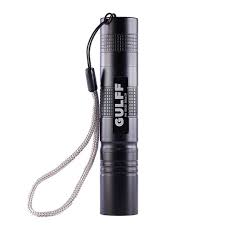 https://hooklineandsinker.ca/wp-content/uploads/2019/02/GULFF-PRO-365-UV-Flashlight-Image-.jpg
225
225
HLSAdmin
https://hooklineandsinker.ca/wp-content/uploads/2014/12/Steelheading-in-the-Snow-900-80-Not-Faded-Actual-1030x91.jpg
HLSAdmin2019-02-16 20:39:142020-03-14 23:30:04GULFF PRO 365 UV Flashlight
https://hooklineandsinker.ca/wp-content/uploads/2019/02/GULFF-PRO-365-UV-Flashlight-Image-.jpg
225
225
HLSAdmin
https://hooklineandsinker.ca/wp-content/uploads/2014/12/Steelheading-in-the-Snow-900-80-Not-Faded-Actual-1030x91.jpg
HLSAdmin2019-02-16 20:39:142020-03-14 23:30:04GULFF PRO 365 UV Flashlight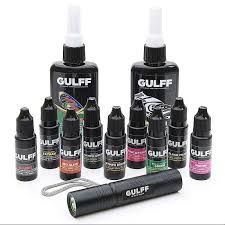 https://hooklineandsinker.ca/wp-content/uploads/2019/02/GULFF-UV-Resins-Image.jpg
225
225
HLSAdmin
https://hooklineandsinker.ca/wp-content/uploads/2014/12/Steelheading-in-the-Snow-900-80-Not-Faded-Actual-1030x91.jpg
HLSAdmin2019-02-16 20:15:102020-03-14 23:28:55GULFF UV Resins
https://hooklineandsinker.ca/wp-content/uploads/2019/02/GULFF-UV-Resins-Image.jpg
225
225
HLSAdmin
https://hooklineandsinker.ca/wp-content/uploads/2014/12/Steelheading-in-the-Snow-900-80-Not-Faded-Actual-1030x91.jpg
HLSAdmin2019-02-16 20:15:102020-03-14 23:28:55GULFF UV Resins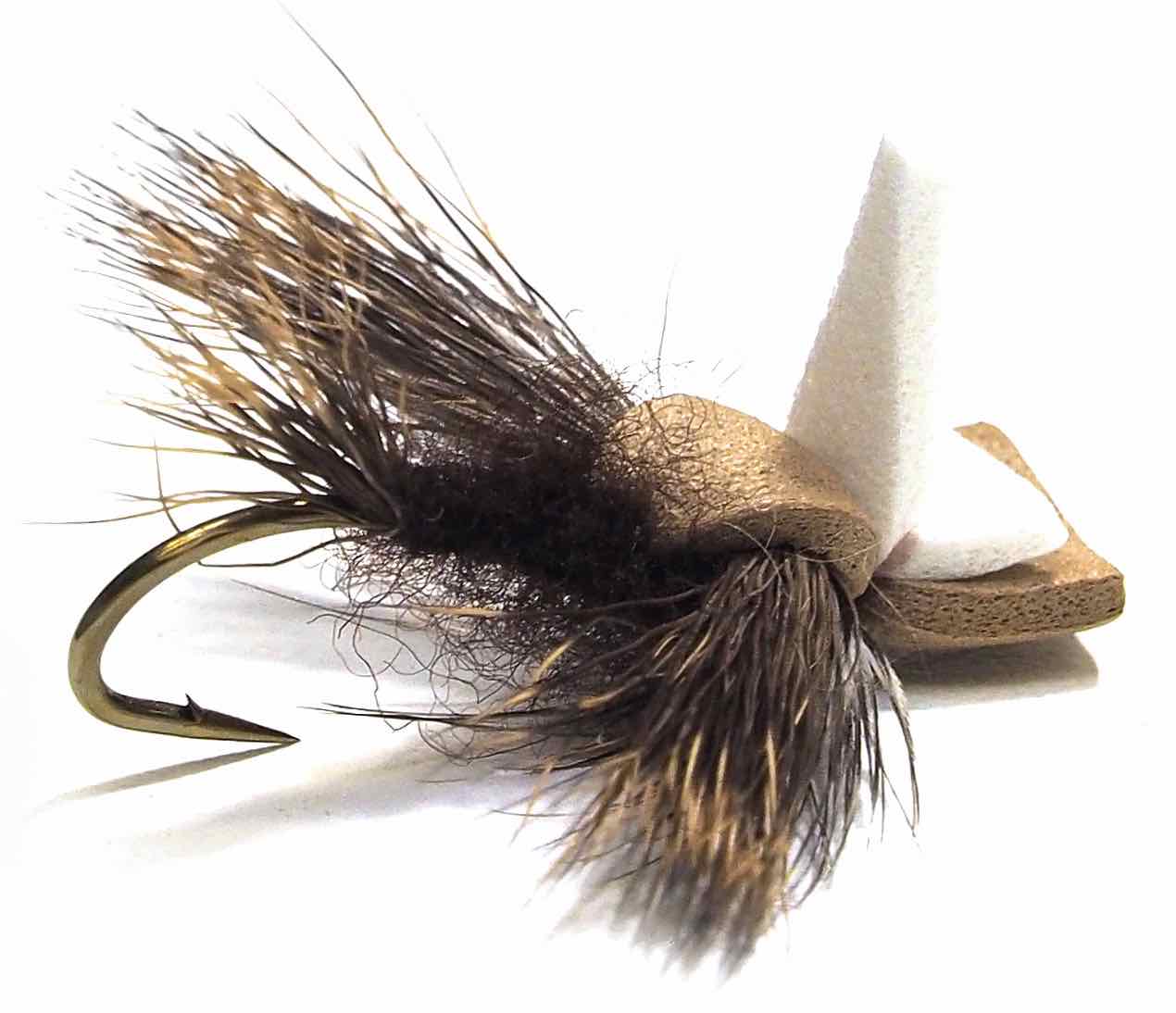 https://hooklineandsinker.ca/wp-content/uploads/2019/01/Foam-Materials-Foam-Fishing-Flies-Fly-Tying-with-Foam-II.jpg
1094
1270
HLSAdmin
https://hooklineandsinker.ca/wp-content/uploads/2014/12/Steelheading-in-the-Snow-900-80-Not-Faded-Actual-1030x91.jpg
HLSAdmin2019-01-30 19:29:362019-01-30 19:41:28Foam Fly Tying Materials
https://hooklineandsinker.ca/wp-content/uploads/2019/01/Foam-Materials-Foam-Fishing-Flies-Fly-Tying-with-Foam-II.jpg
1094
1270
HLSAdmin
https://hooklineandsinker.ca/wp-content/uploads/2014/12/Steelheading-in-the-Snow-900-80-Not-Faded-Actual-1030x91.jpg
HLSAdmin2019-01-30 19:29:362019-01-30 19:41:28Foam Fly Tying Materials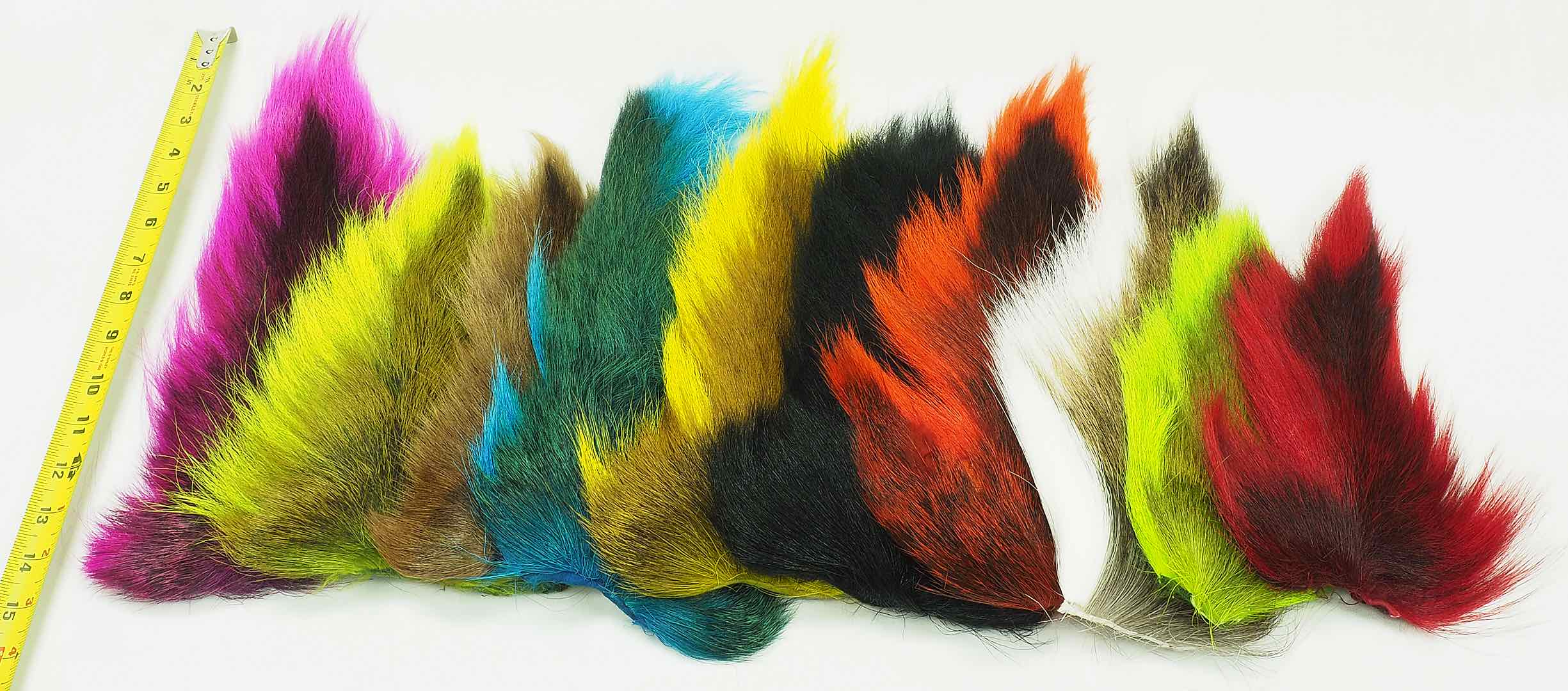 https://hooklineandsinker.ca/wp-content/uploads/2018/11/Buck-Tail-Deer-Tails-BB.jpg
1079
2450
HLSAdmin
https://hooklineandsinker.ca/wp-content/uploads/2014/12/Steelheading-in-the-Snow-900-80-Not-Faded-Actual-1030x91.jpg
HLSAdmin2018-11-25 23:45:352018-11-25 23:56:14Bucktail or Deer Tail Fly Tying Material
https://hooklineandsinker.ca/wp-content/uploads/2018/11/Buck-Tail-Deer-Tails-BB.jpg
1079
2450
HLSAdmin
https://hooklineandsinker.ca/wp-content/uploads/2014/12/Steelheading-in-the-Snow-900-80-Not-Faded-Actual-1030x91.jpg
HLSAdmin2018-11-25 23:45:352018-11-25 23:56:14Bucktail or Deer Tail Fly Tying Material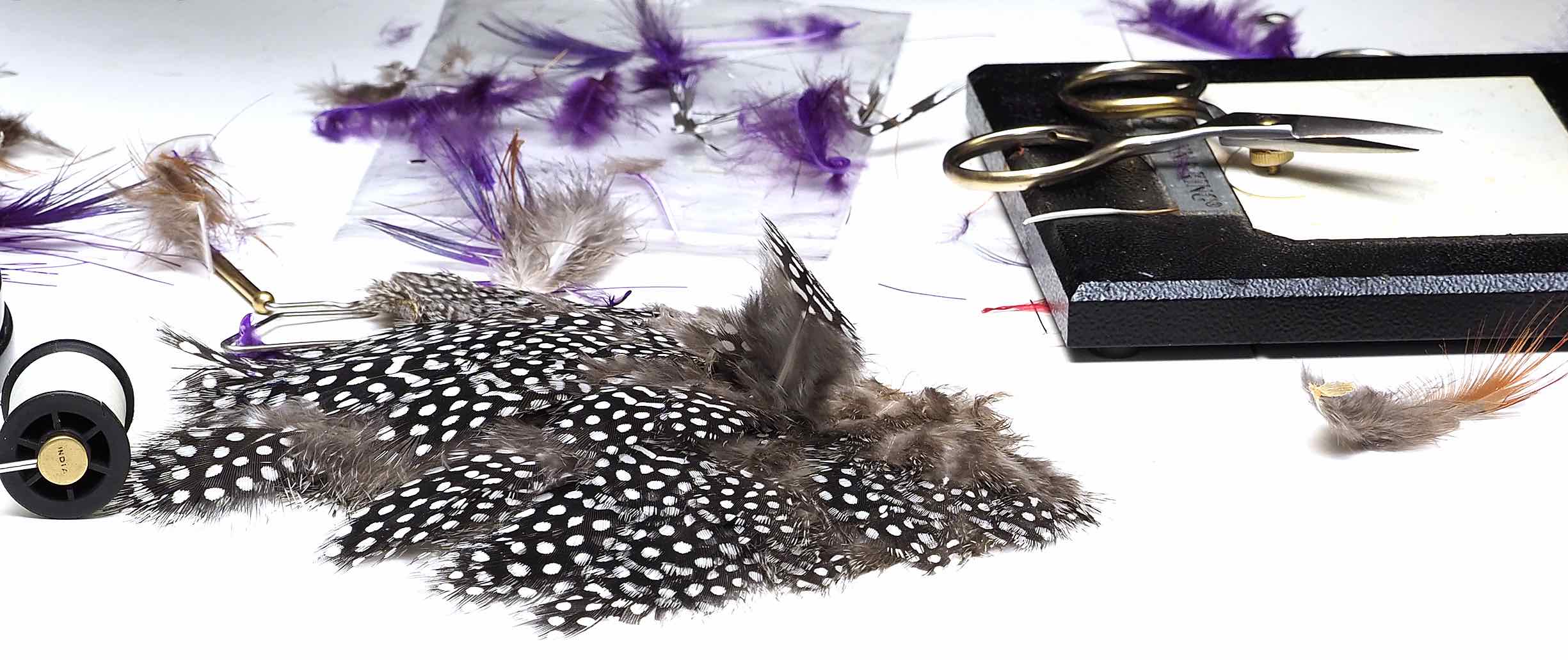 https://hooklineandsinker.ca/wp-content/uploads/2018/11/Guinea-Fly-Tying-Feathers-AA.jpg
1031
2450
HLSAdmin
https://hooklineandsinker.ca/wp-content/uploads/2014/12/Steelheading-in-the-Snow-900-80-Not-Faded-Actual-1030x91.jpg
HLSAdmin2018-11-14 22:41:382018-12-15 22:02:11Strung Guinea Fly Tying Feathers
https://hooklineandsinker.ca/wp-content/uploads/2018/11/Guinea-Fly-Tying-Feathers-AA.jpg
1031
2450
HLSAdmin
https://hooklineandsinker.ca/wp-content/uploads/2014/12/Steelheading-in-the-Snow-900-80-Not-Faded-Actual-1030x91.jpg
HLSAdmin2018-11-14 22:41:382018-12-15 22:02:11Strung Guinea Fly Tying Feathers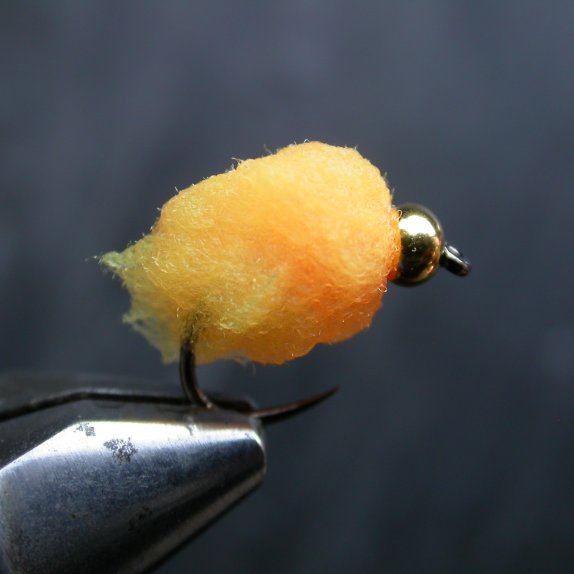 https://hooklineandsinker.ca/wp-content/uploads/2018/11/Flybox-Eggstacy-Fly-Tying-Materials-C.jpg
574
574
HLSAdmin
https://hooklineandsinker.ca/wp-content/uploads/2014/12/Steelheading-in-the-Snow-900-80-Not-Faded-Actual-1030x91.jpg
HLSAdmin2018-11-30 18:44:582020-03-17 21:31:10Flybox Eggstacy Fly Tying Material
https://hooklineandsinker.ca/wp-content/uploads/2018/11/Flybox-Eggstacy-Fly-Tying-Materials-C.jpg
574
574
HLSAdmin
https://hooklineandsinker.ca/wp-content/uploads/2014/12/Steelheading-in-the-Snow-900-80-Not-Faded-Actual-1030x91.jpg
HLSAdmin2018-11-30 18:44:582020-03-17 21:31:10Flybox Eggstacy Fly Tying Material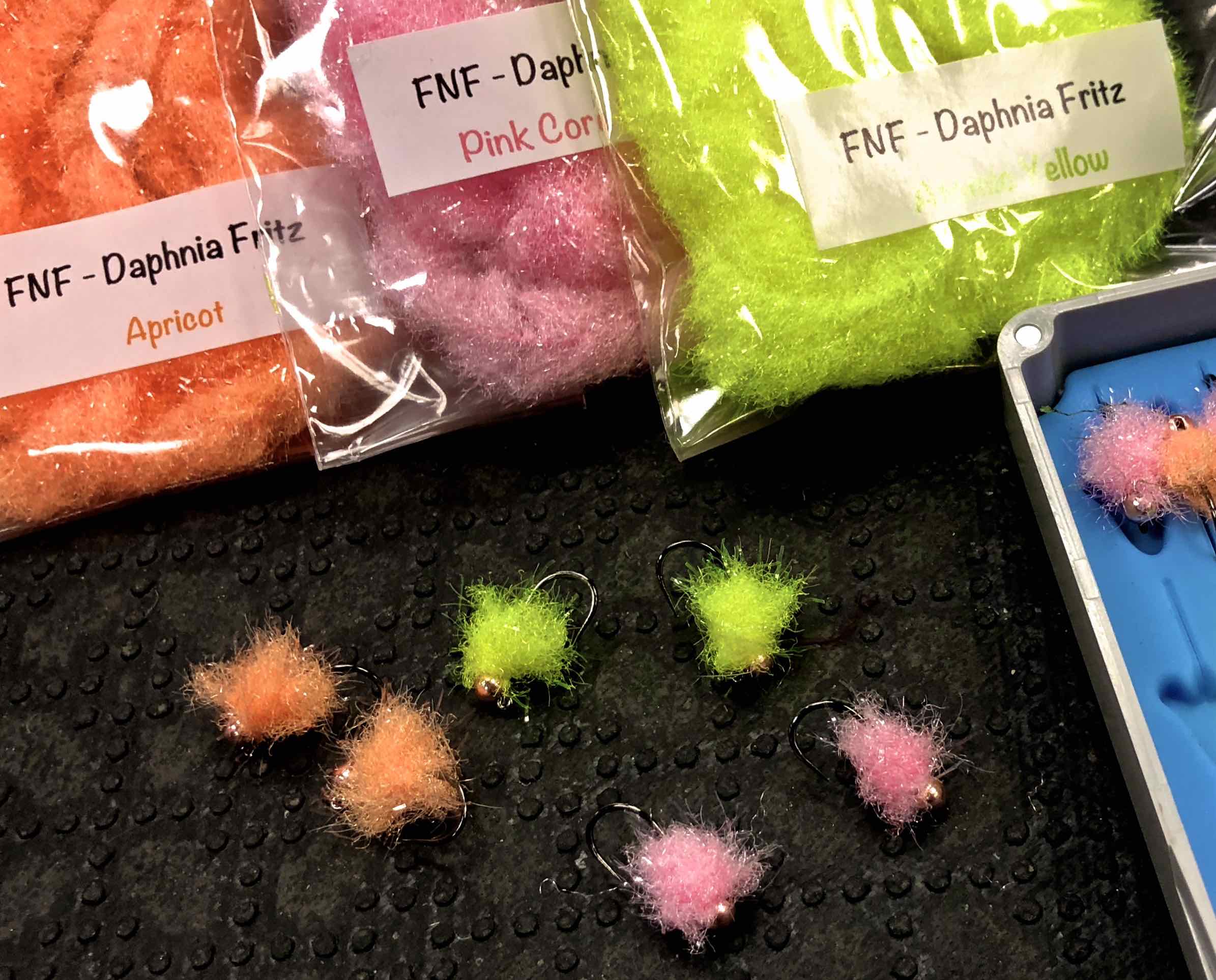 https://hooklineandsinker.ca/wp-content/uploads/2018/09/FNF-Daphnia-Fritz-AAA.jpg
1926
2390
HLSAdmin
https://hooklineandsinker.ca/wp-content/uploads/2014/12/Steelheading-in-the-Snow-900-80-Not-Faded-Actual-1030x91.jpg
HLSAdmin2018-09-30 23:48:452020-03-17 21:34:39FNF Daphnia Fritz – The Canadian Llama Company
https://hooklineandsinker.ca/wp-content/uploads/2018/09/FNF-Daphnia-Fritz-AAA.jpg
1926
2390
HLSAdmin
https://hooklineandsinker.ca/wp-content/uploads/2014/12/Steelheading-in-the-Snow-900-80-Not-Faded-Actual-1030x91.jpg
HLSAdmin2018-09-30 23:48:452020-03-17 21:34:39FNF Daphnia Fritz – The Canadian Llama Company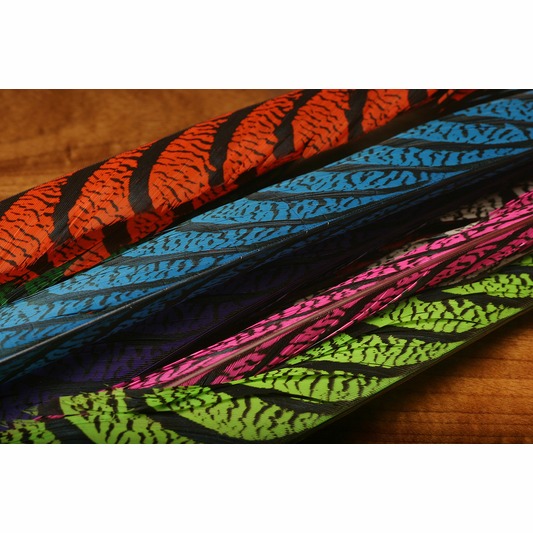 https://hooklineandsinker.ca/wp-content/uploads/2018/09/hareline-lady-amherst-center-tail-3.jpg
533
533
HLSAdmin
https://hooklineandsinker.ca/wp-content/uploads/2014/12/Steelheading-in-the-Snow-900-80-Not-Faded-Actual-1030x91.jpg
HLSAdmin2018-09-09 22:36:232018-11-14 22:06:25Lady Amherst Pheasant Centre Tail Fly Tying Feather
https://hooklineandsinker.ca/wp-content/uploads/2018/09/hareline-lady-amherst-center-tail-3.jpg
533
533
HLSAdmin
https://hooklineandsinker.ca/wp-content/uploads/2014/12/Steelheading-in-the-Snow-900-80-Not-Faded-Actual-1030x91.jpg
HLSAdmin2018-09-09 22:36:232018-11-14 22:06:25Lady Amherst Pheasant Centre Tail Fly Tying Feather https://hooklineandsinker.ca/wp-content/uploads/2018/10/Squirmy-Wormy-Fly-Tying-Material-AAA.jpg
1592
2148
HLSAdmin
https://hooklineandsinker.ca/wp-content/uploads/2014/12/Steelheading-in-the-Snow-900-80-Not-Faded-Actual-1030x91.jpg
HLSAdmin2018-10-03 20:51:032018-12-02 00:17:31Squirmy Wormy Fly Tying Material
https://hooklineandsinker.ca/wp-content/uploads/2018/10/Squirmy-Wormy-Fly-Tying-Material-AAA.jpg
1592
2148
HLSAdmin
https://hooklineandsinker.ca/wp-content/uploads/2014/12/Steelheading-in-the-Snow-900-80-Not-Faded-Actual-1030x91.jpg
HLSAdmin2018-10-03 20:51:032018-12-02 00:17:31Squirmy Wormy Fly Tying Material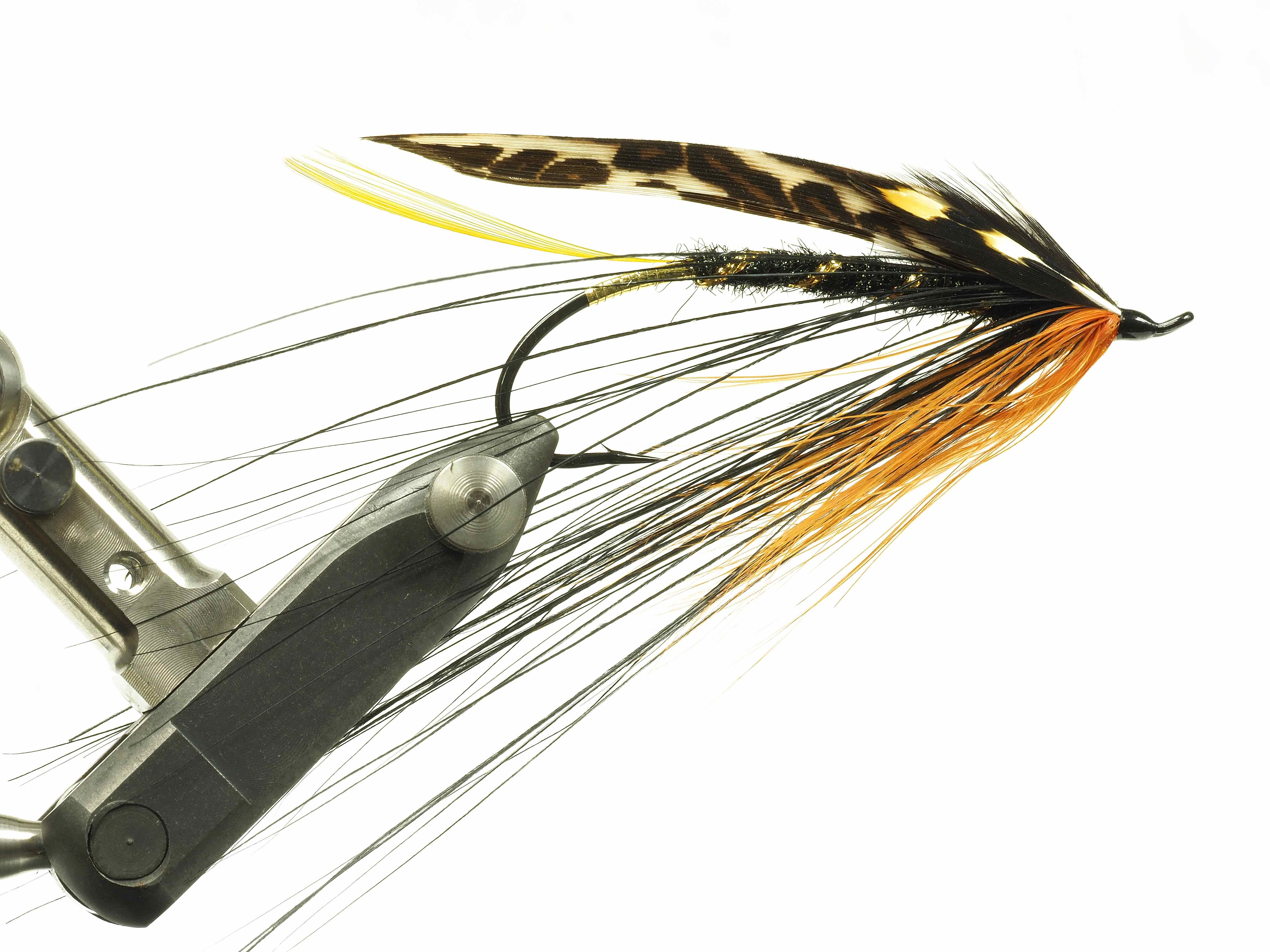 https://hooklineandsinker.ca/wp-content/uploads/2018/06/Joe-Penich-Heron-Example-AA.jpg
3888
5184
HLSAdmin
https://hooklineandsinker.ca/wp-content/uploads/2014/12/Steelheading-in-the-Snow-900-80-Not-Faded-Actual-1030x91.jpg
HLSAdmin2018-06-22 00:08:512018-09-10 16:34:59Heron Fly Tying Feathers
https://hooklineandsinker.ca/wp-content/uploads/2018/06/Joe-Penich-Heron-Example-AA.jpg
3888
5184
HLSAdmin
https://hooklineandsinker.ca/wp-content/uploads/2014/12/Steelheading-in-the-Snow-900-80-Not-Faded-Actual-1030x91.jpg
HLSAdmin2018-06-22 00:08:512018-09-10 16:34:59Heron Fly Tying Feathers https://hooklineandsinker.ca/wp-content/uploads/2018/06/Blue-Eared-Pheasnat-Skin-BB.jpg
753
2450
HLSAdmin
https://hooklineandsinker.ca/wp-content/uploads/2014/12/Steelheading-in-the-Snow-900-80-Not-Faded-Actual-1030x91.jpg
HLSAdmin2018-06-17 12:01:032018-06-21 23:48:12Blue Eared Pheasant Skin
https://hooklineandsinker.ca/wp-content/uploads/2018/06/Blue-Eared-Pheasnat-Skin-BB.jpg
753
2450
HLSAdmin
https://hooklineandsinker.ca/wp-content/uploads/2014/12/Steelheading-in-the-Snow-900-80-Not-Faded-Actual-1030x91.jpg
HLSAdmin2018-06-17 12:01:032018-06-21 23:48:12Blue Eared Pheasant Skin https://hooklineandsinker.ca/wp-content/uploads/2018/08/The-Canadian-Llama-Company-Pro-Tyer-2-Tone-Tungsten-Half-Beads-BB.jpg
1339
2450
HLSAdmin
https://hooklineandsinker.ca/wp-content/uploads/2014/12/Steelheading-in-the-Snow-900-80-Not-Faded-Actual-1030x91.jpg
HLSAdmin2018-08-06 22:36:042019-02-03 18:02:32Pro Tyer 2 Tone Tungsten Half Beads – The Canadian Llama Company
https://hooklineandsinker.ca/wp-content/uploads/2018/08/The-Canadian-Llama-Company-Pro-Tyer-2-Tone-Tungsten-Half-Beads-BB.jpg
1339
2450
HLSAdmin
https://hooklineandsinker.ca/wp-content/uploads/2014/12/Steelheading-in-the-Snow-900-80-Not-Faded-Actual-1030x91.jpg
HLSAdmin2018-08-06 22:36:042019-02-03 18:02:32Pro Tyer 2 Tone Tungsten Half Beads – The Canadian Llama Company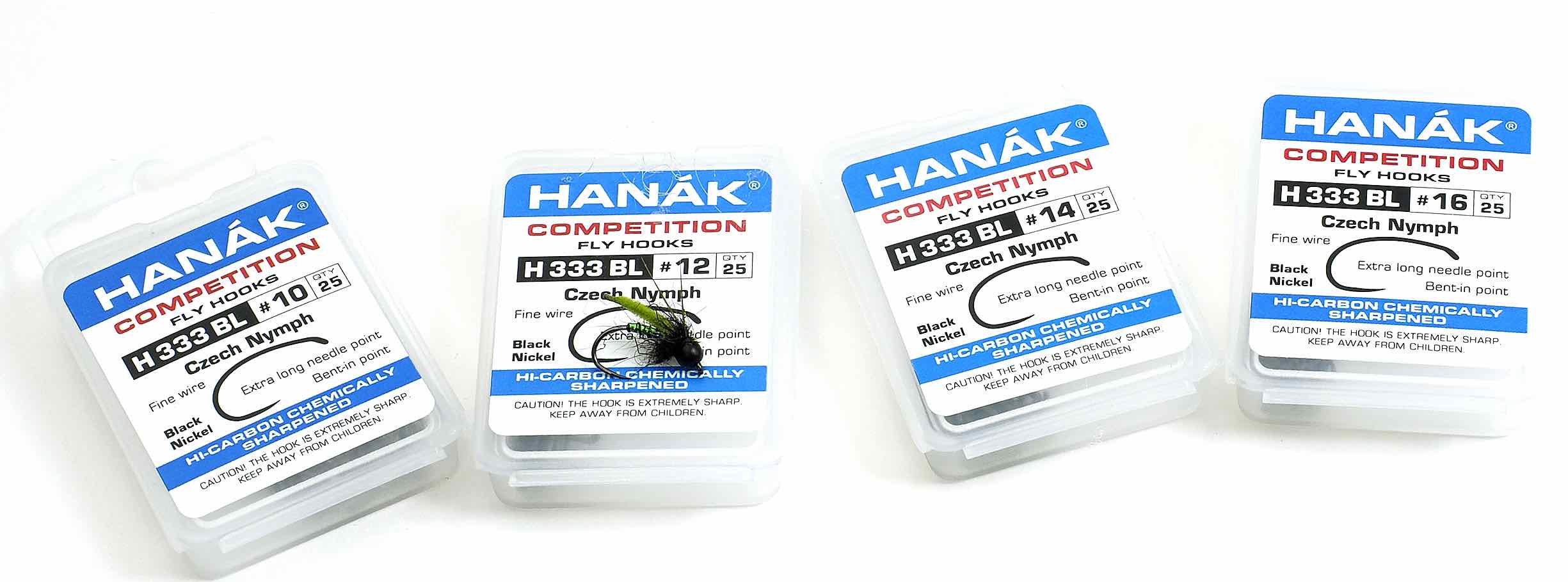 https://hooklineandsinker.ca/wp-content/uploads/2018/03/Hanak-Competition-H333BL-Czech-Nymph-Black-Nickel-Extra-Long-Needle-Point-Bent-In-Point-Barbless-Hook-CC.jpg
909
2450
HLSAdmin
https://hooklineandsinker.ca/wp-content/uploads/2014/12/Steelheading-in-the-Snow-900-80-Not-Faded-Actual-1030x91.jpg
HLSAdmin2018-03-30 22:30:222018-03-30 22:30:22Hanak Competition H333BL Czech Nymph Barbless Hook
https://hooklineandsinker.ca/wp-content/uploads/2018/03/Hanak-Competition-H333BL-Czech-Nymph-Black-Nickel-Extra-Long-Needle-Point-Bent-In-Point-Barbless-Hook-CC.jpg
909
2450
HLSAdmin
https://hooklineandsinker.ca/wp-content/uploads/2014/12/Steelheading-in-the-Snow-900-80-Not-Faded-Actual-1030x91.jpg
HLSAdmin2018-03-30 22:30:222018-03-30 22:30:22Hanak Competition H333BL Czech Nymph Barbless Hook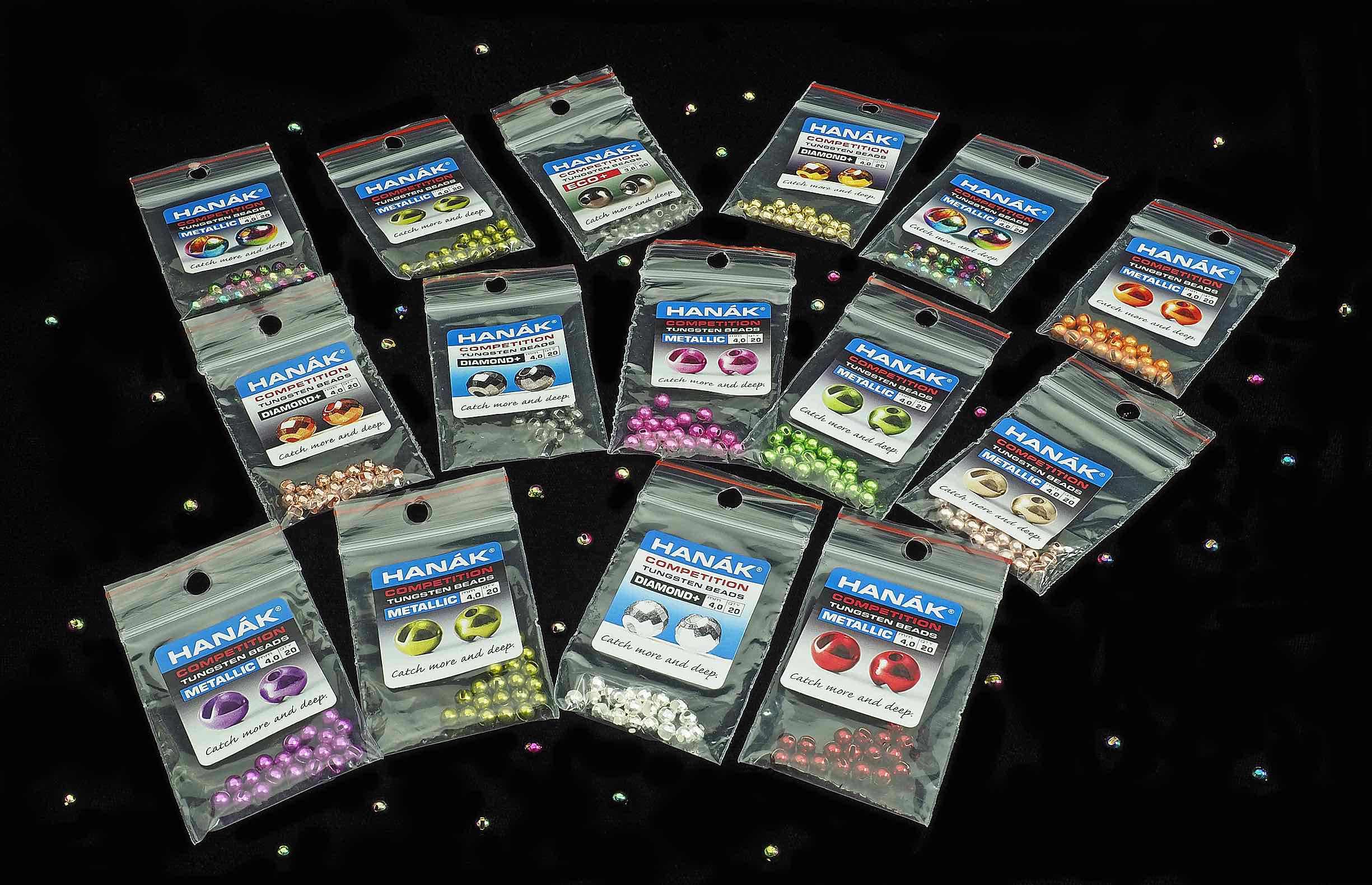 https://hooklineandsinker.ca/wp-content/uploads/2018/03/Hanák-Competition-Tungsten-Beads-Bodies-AA.jpg
1580
2450
HLSAdmin
https://hooklineandsinker.ca/wp-content/uploads/2014/12/Steelheading-in-the-Snow-900-80-Not-Faded-Actual-1030x91.jpg
HLSAdmin2018-03-14 20:32:162018-03-14 20:32:16Hanák Competition Tungsten Beads & Bodies
https://hooklineandsinker.ca/wp-content/uploads/2018/03/Hanák-Competition-Tungsten-Beads-Bodies-AA.jpg
1580
2450
HLSAdmin
https://hooklineandsinker.ca/wp-content/uploads/2014/12/Steelheading-in-the-Snow-900-80-Not-Faded-Actual-1030x91.jpg
HLSAdmin2018-03-14 20:32:162018-03-14 20:32:16Hanák Competition Tungsten Beads & Bodies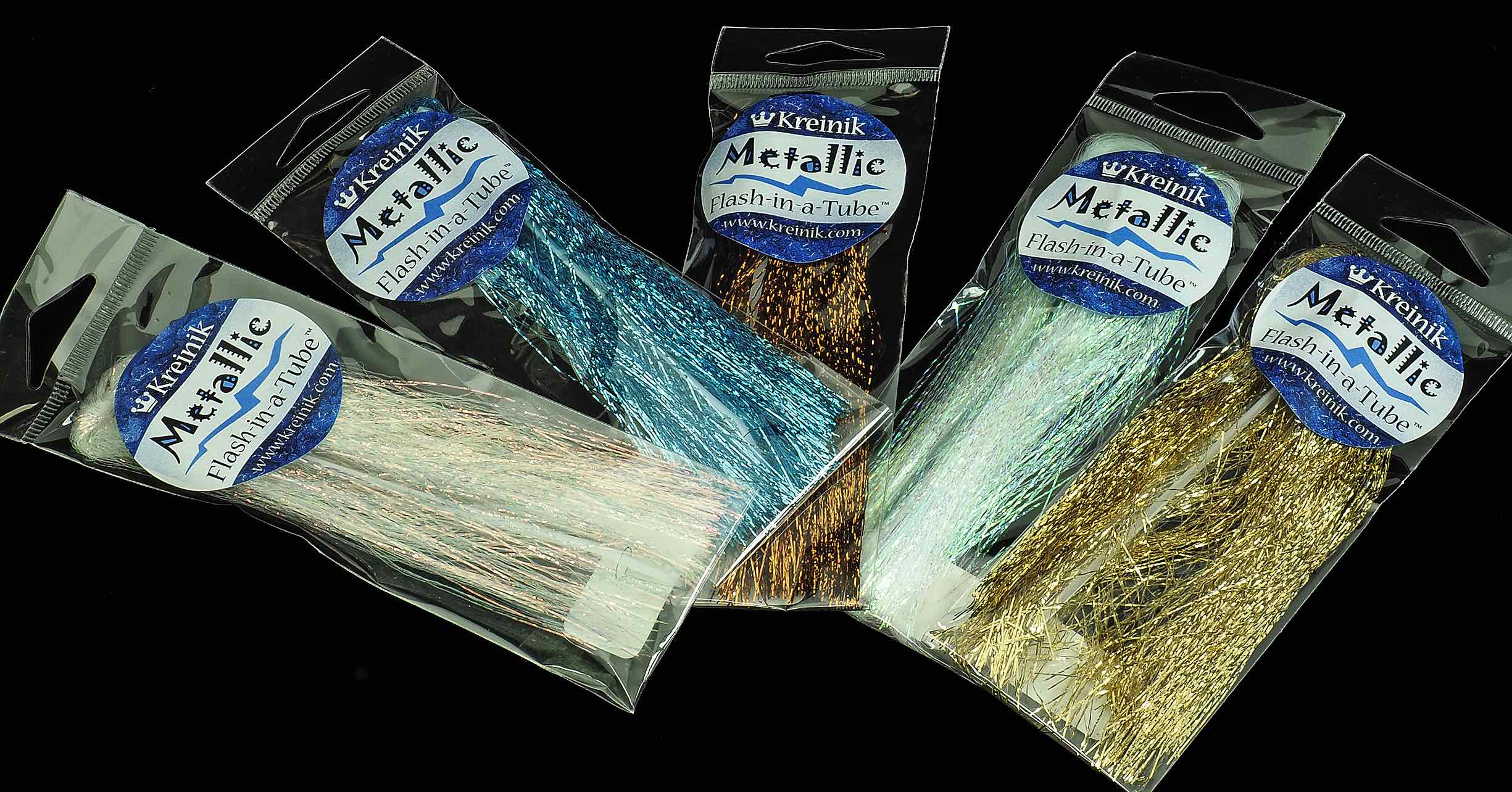 https://hooklineandsinker.ca/wp-content/uploads/2018/03/Kreinik-Fly-Tying-Materials-AA.jpg
1284
2450
HLSAdmin
https://hooklineandsinker.ca/wp-content/uploads/2014/12/Steelheading-in-the-Snow-900-80-Not-Faded-Actual-1030x91.jpg
HLSAdmin2018-03-14 20:06:192018-03-14 20:06:19Kreinik Fly Tying Materials
https://hooklineandsinker.ca/wp-content/uploads/2018/03/Kreinik-Fly-Tying-Materials-AA.jpg
1284
2450
HLSAdmin
https://hooklineandsinker.ca/wp-content/uploads/2014/12/Steelheading-in-the-Snow-900-80-Not-Faded-Actual-1030x91.jpg
HLSAdmin2018-03-14 20:06:192018-03-14 20:06:19Kreinik Fly Tying Materials https://hooklineandsinker.ca/wp-content/uploads/2018/03/Grand-River-Specific-Trout-Flies-Tunsgsten-Czech-Nymphs-GG.jpg
1819
2450
HLSAdmin
https://hooklineandsinker.ca/wp-content/uploads/2014/12/Steelheading-in-the-Snow-900-80-Not-Faded-Actual-1030x91.jpg
HLSAdmin2018-03-14 18:25:402018-03-14 18:25:40Custom Tied Czech Euro Nymphs
https://hooklineandsinker.ca/wp-content/uploads/2018/03/Grand-River-Specific-Trout-Flies-Tunsgsten-Czech-Nymphs-GG.jpg
1819
2450
HLSAdmin
https://hooklineandsinker.ca/wp-content/uploads/2014/12/Steelheading-in-the-Snow-900-80-Not-Faded-Actual-1030x91.jpg
HLSAdmin2018-03-14 18:25:402018-03-14 18:25:40Custom Tied Czech Euro Nymphs https://hooklineandsinker.ca/wp-content/uploads/2018/07/The-Canadian-Llama-Company-Logo.jpg
200
251
HLSAdmin
https://hooklineandsinker.ca/wp-content/uploads/2014/12/Steelheading-in-the-Snow-900-80-Not-Faded-Actual-1030x91.jpg
HLSAdmin2018-07-25 18:18:362019-02-03 18:03:39The Canadian Llama Company
https://hooklineandsinker.ca/wp-content/uploads/2018/07/The-Canadian-Llama-Company-Logo.jpg
200
251
HLSAdmin
https://hooklineandsinker.ca/wp-content/uploads/2014/12/Steelheading-in-the-Snow-900-80-Not-Faded-Actual-1030x91.jpg
HLSAdmin2018-07-25 18:18:362019-02-03 18:03:39The Canadian Llama Company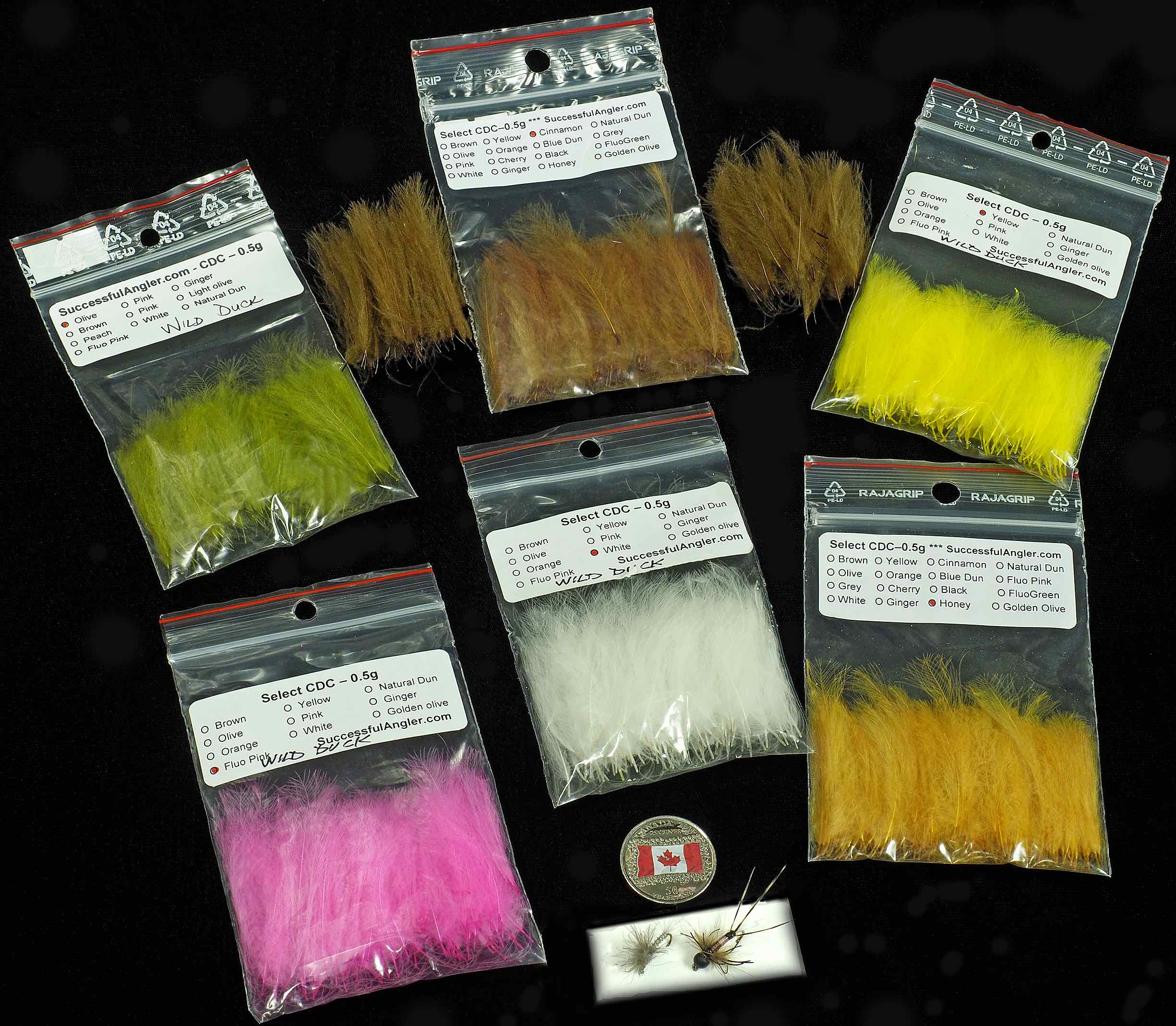 https://hooklineandsinker.ca/wp-content/uploads/2017/12/Successful-ANgler-Wild-Duck-CDC-Assortment-CC.jpg
2137
2450
HLSAdmin
https://hooklineandsinker.ca/wp-content/uploads/2014/12/Steelheading-in-the-Snow-900-80-Not-Faded-Actual-1030x91.jpg
HLSAdmin2017-12-31 20:30:182017-12-31 20:30:18Successful Angler’s Wild Duck CDC
https://hooklineandsinker.ca/wp-content/uploads/2017/12/Successful-ANgler-Wild-Duck-CDC-Assortment-CC.jpg
2137
2450
HLSAdmin
https://hooklineandsinker.ca/wp-content/uploads/2014/12/Steelheading-in-the-Snow-900-80-Not-Faded-Actual-1030x91.jpg
HLSAdmin2017-12-31 20:30:182017-12-31 20:30:18Successful Angler’s Wild Duck CDC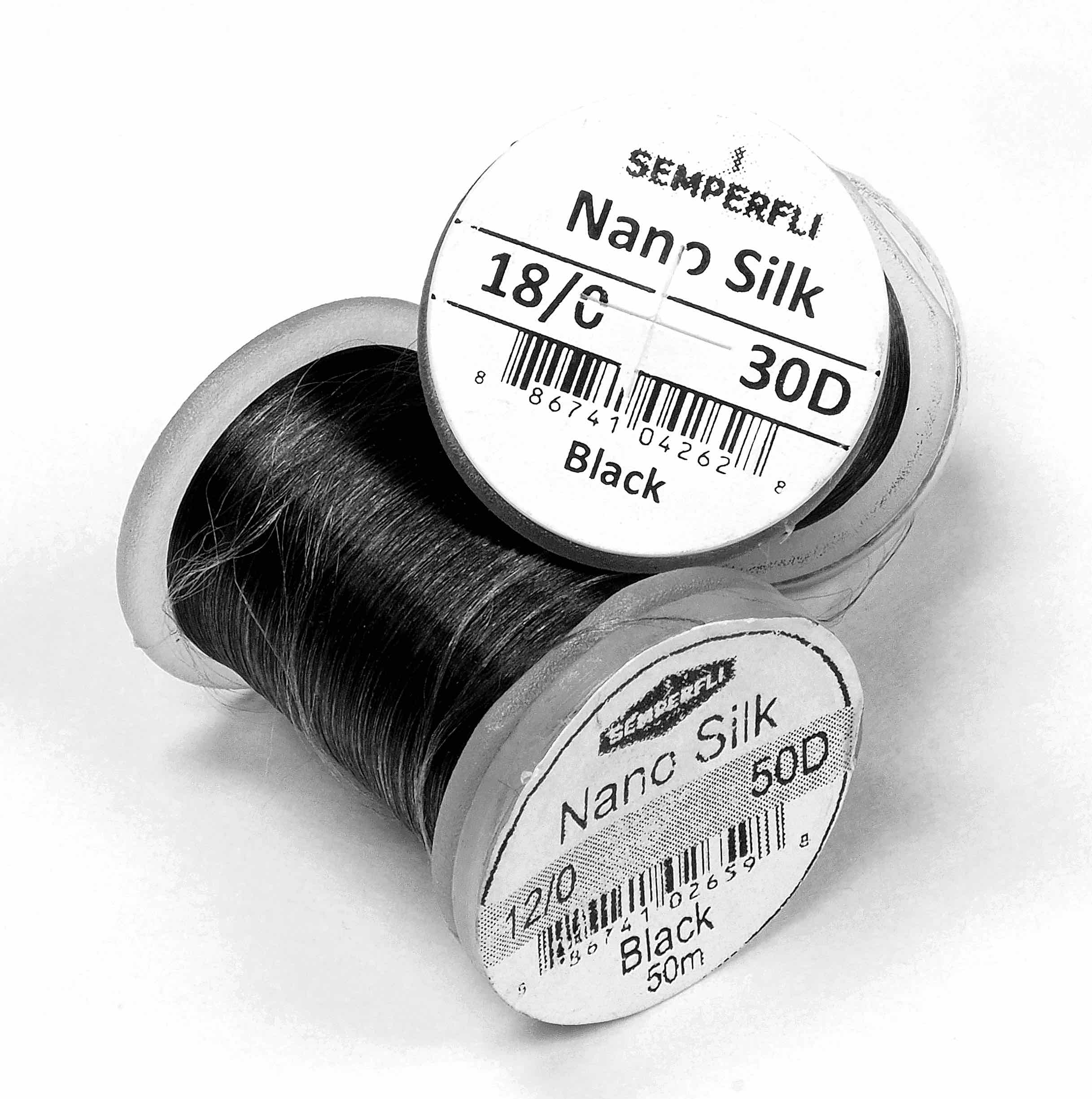 https://hooklineandsinker.ca/wp-content/uploads/2017/11/Semperfli-Fly-Tying-Threads-Nano-Silk-CC.jpg
2450
2434
HLSAdmin
https://hooklineandsinker.ca/wp-content/uploads/2014/12/Steelheading-in-the-Snow-900-80-Not-Faded-Actual-1030x91.jpg
HLSAdmin2017-11-04 22:06:362017-11-04 22:06:36Semperfli – Materials & Tools
https://hooklineandsinker.ca/wp-content/uploads/2017/11/Semperfli-Fly-Tying-Threads-Nano-Silk-CC.jpg
2450
2434
HLSAdmin
https://hooklineandsinker.ca/wp-content/uploads/2014/12/Steelheading-in-the-Snow-900-80-Not-Faded-Actual-1030x91.jpg
HLSAdmin2017-11-04 22:06:362017-11-04 22:06:36Semperfli – Materials & Tools https://hooklineandsinker.ca/wp-content/uploads/2017/11/Stonfo-No-614-Fly-Tying-Waste-Bin-Basket-B.jpg
263
320
HLSAdmin
https://hooklineandsinker.ca/wp-content/uploads/2014/12/Steelheading-in-the-Snow-900-80-Not-Faded-Actual-1030x91.jpg
HLSAdmin2017-11-29 20:32:402018-04-15 14:36:13The Stonfo Fly Tying Waste Bin Basket – #614
https://hooklineandsinker.ca/wp-content/uploads/2017/11/Stonfo-No-614-Fly-Tying-Waste-Bin-Basket-B.jpg
263
320
HLSAdmin
https://hooklineandsinker.ca/wp-content/uploads/2014/12/Steelheading-in-the-Snow-900-80-Not-Faded-Actual-1030x91.jpg
HLSAdmin2017-11-29 20:32:402018-04-15 14:36:13The Stonfo Fly Tying Waste Bin Basket – #614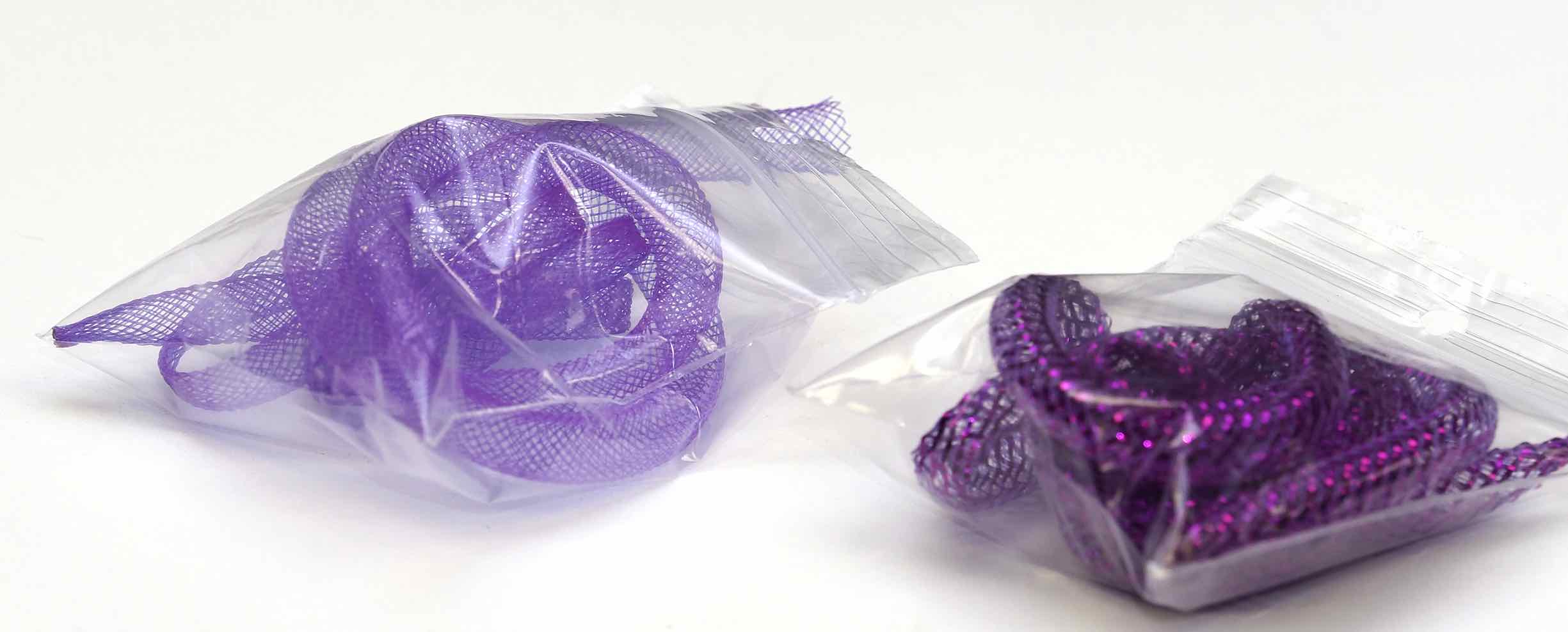 https://hooklineandsinker.ca/wp-content/uploads/2017/11/TFC’s-Braided-Body-Tubing-for-Steelhead-Intruders-AA.jpg
988
2450
HLSAdmin
https://hooklineandsinker.ca/wp-content/uploads/2014/12/Steelheading-in-the-Snow-900-80-Not-Faded-Actual-1030x91.jpg
HLSAdmin2017-11-29 19:15:342018-04-15 14:36:24TFC’s UV Braided Body Tubing for Steelhead Intruders
https://hooklineandsinker.ca/wp-content/uploads/2017/11/TFC’s-Braided-Body-Tubing-for-Steelhead-Intruders-AA.jpg
988
2450
HLSAdmin
https://hooklineandsinker.ca/wp-content/uploads/2014/12/Steelheading-in-the-Snow-900-80-Not-Faded-Actual-1030x91.jpg
HLSAdmin2017-11-29 19:15:342018-04-15 14:36:24TFC’s UV Braided Body Tubing for Steelhead Intruders https://hooklineandsinker.ca/wp-content/uploads/2017/08/OPst-composite-brush.jpg
844
1500
HLSAdmin
https://hooklineandsinker.ca/wp-content/uploads/2014/12/Steelheading-in-the-Snow-900-80-Not-Faded-Actual-1030x91.jpg
HLSAdmin2017-08-07 15:43:592018-04-15 14:45:22OPST Composite Brushes
https://hooklineandsinker.ca/wp-content/uploads/2017/08/OPst-composite-brush.jpg
844
1500
HLSAdmin
https://hooklineandsinker.ca/wp-content/uploads/2014/12/Steelheading-in-the-Snow-900-80-Not-Faded-Actual-1030x91.jpg
HLSAdmin2017-08-07 15:43:592018-04-15 14:45:22OPST Composite Brushes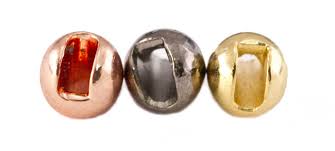 https://hooklineandsinker.ca/wp-content/uploads/2017/05/Tungsten-Slotted-Beadhead-Assortment-Image.jpg
151
335
HLSAdmin
https://hooklineandsinker.ca/wp-content/uploads/2014/12/Steelheading-in-the-Snow-900-80-Not-Faded-Actual-1030x91.jpg
HLSAdmin2017-05-11 23:32:522019-03-16 20:42:48Slotted Tungsten Beads or Beadhead Assortment
https://hooklineandsinker.ca/wp-content/uploads/2017/05/Tungsten-Slotted-Beadhead-Assortment-Image.jpg
151
335
HLSAdmin
https://hooklineandsinker.ca/wp-content/uploads/2014/12/Steelheading-in-the-Snow-900-80-Not-Faded-Actual-1030x91.jpg
HLSAdmin2017-05-11 23:32:522019-03-16 20:42:48Slotted Tungsten Beads or Beadhead Assortment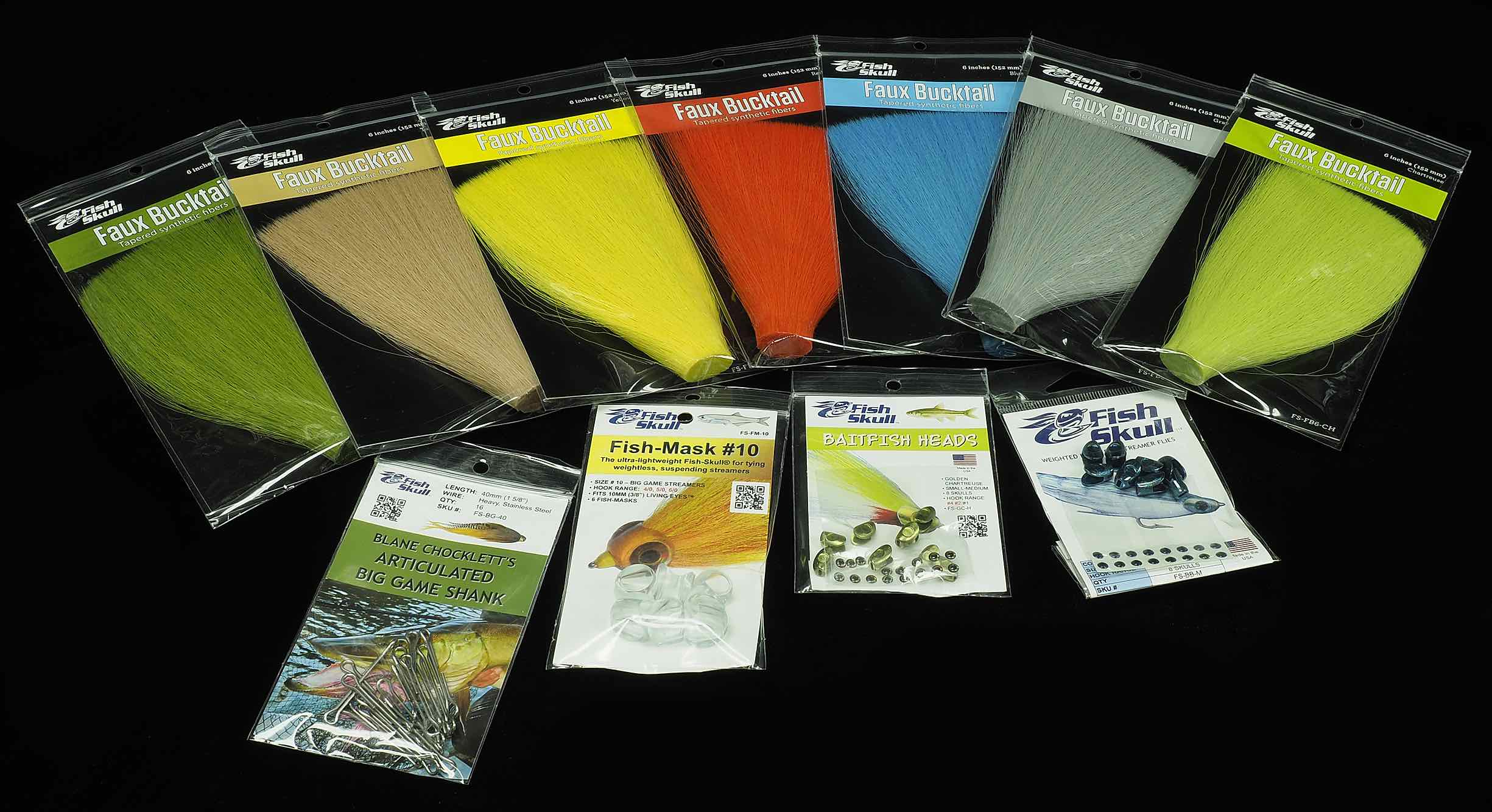 https://hooklineandsinker.ca/wp-content/uploads/2017/08/Faux-Bucktail-AA.jpg
1334
2450
HLSAdmin
https://hooklineandsinker.ca/wp-content/uploads/2014/12/Steelheading-in-the-Snow-900-80-Not-Faded-Actual-1030x91.jpg
HLSAdmin2017-08-21 22:00:052018-09-10 19:25:51Fish-Skull Faux Bucktail
https://hooklineandsinker.ca/wp-content/uploads/2017/08/Faux-Bucktail-AA.jpg
1334
2450
HLSAdmin
https://hooklineandsinker.ca/wp-content/uploads/2014/12/Steelheading-in-the-Snow-900-80-Not-Faded-Actual-1030x91.jpg
HLSAdmin2017-08-21 22:00:052018-09-10 19:25:51Fish-Skull Faux Bucktail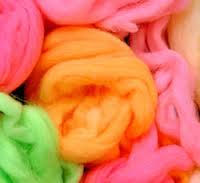 https://hooklineandsinker.ca/wp-content/uploads/2017/04/Yarn-Assortment-.jpg
183
200
HLSAdmin
https://hooklineandsinker.ca/wp-content/uploads/2014/12/Steelheading-in-the-Snow-900-80-Not-Faded-Actual-1030x91.jpg
HLSAdmin2017-04-09 20:10:082020-04-03 10:01:32Yarn Assortment for Tying Yarn Flies
https://hooklineandsinker.ca/wp-content/uploads/2017/04/Yarn-Assortment-.jpg
183
200
HLSAdmin
https://hooklineandsinker.ca/wp-content/uploads/2014/12/Steelheading-in-the-Snow-900-80-Not-Faded-Actual-1030x91.jpg
HLSAdmin2017-04-09 20:10:082020-04-03 10:01:32Yarn Assortment for Tying Yarn Flies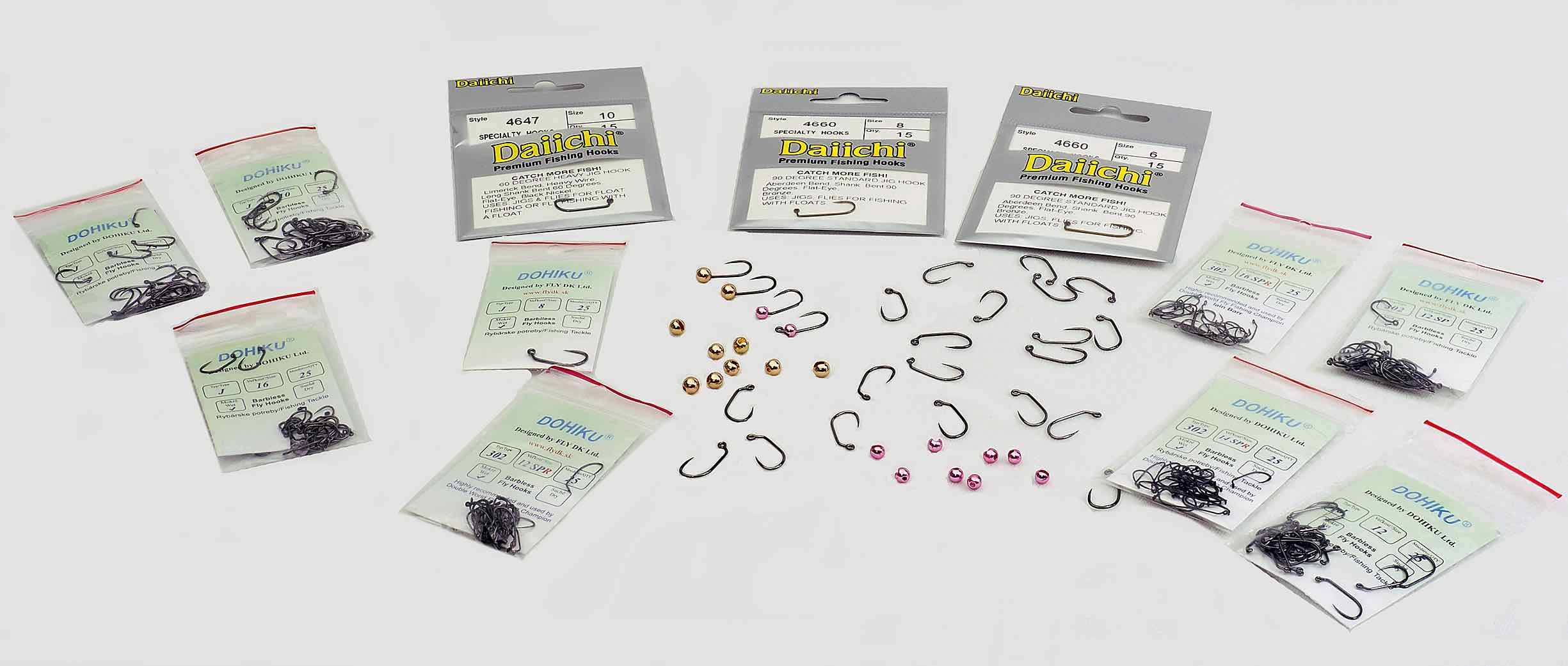 https://hooklineandsinker.ca/wp-content/uploads/2017/05/Jig-Hooks-for-Bead-Heads-AA.jpg
1041
2450
HLSAdmin
https://hooklineandsinker.ca/wp-content/uploads/2014/12/Steelheading-in-the-Snow-900-80-Not-Faded-Actual-1030x91.jpg
HLSAdmin2017-05-21 14:32:252018-04-15 14:45:41Fly Tying Jig Hooks for Bead Heads
https://hooklineandsinker.ca/wp-content/uploads/2017/05/Jig-Hooks-for-Bead-Heads-AA.jpg
1041
2450
HLSAdmin
https://hooklineandsinker.ca/wp-content/uploads/2014/12/Steelheading-in-the-Snow-900-80-Not-Faded-Actual-1030x91.jpg
HLSAdmin2017-05-21 14:32:252018-04-15 14:45:41Fly Tying Jig Hooks for Bead Heads https://hooklineandsinker.ca/wp-content/uploads/2016/12/Montana-Fly-Company-MFC-Chuck-Kraft-Kreelex-Fish-Flash-C.jpg
1200
705
HLSAdmin
https://hooklineandsinker.ca/wp-content/uploads/2014/12/Steelheading-in-the-Snow-900-80-Not-Faded-Actual-1030x91.jpg
HLSAdmin2016-12-15 23:00:382017-07-26 20:01:45MFC – Montana Fly Company – Chuck Kraft’s Kreelex Fish Flash
https://hooklineandsinker.ca/wp-content/uploads/2016/12/Montana-Fly-Company-MFC-Chuck-Kraft-Kreelex-Fish-Flash-C.jpg
1200
705
HLSAdmin
https://hooklineandsinker.ca/wp-content/uploads/2014/12/Steelheading-in-the-Snow-900-80-Not-Faded-Actual-1030x91.jpg
HLSAdmin2016-12-15 23:00:382017-07-26 20:01:45MFC – Montana Fly Company – Chuck Kraft’s Kreelex Fish Flash https://hooklineandsinker.ca/wp-content/uploads/2016/12/OPST-Olympic-Peninsula-Skagit-TActics-Shank-Chuck-Tool.jpg
1356
2048
HLSAdmin
https://hooklineandsinker.ca/wp-content/uploads/2014/12/Steelheading-in-the-Snow-900-80-Not-Faded-Actual-1030x91.jpg
HLSAdmin2016-12-11 14:58:592019-04-19 13:09:11OPST – Olympic Peninsula Skagit Tactics – Shank Chuck Tool
https://hooklineandsinker.ca/wp-content/uploads/2016/12/OPST-Olympic-Peninsula-Skagit-TActics-Shank-Chuck-Tool.jpg
1356
2048
HLSAdmin
https://hooklineandsinker.ca/wp-content/uploads/2014/12/Steelheading-in-the-Snow-900-80-Not-Faded-Actual-1030x91.jpg
HLSAdmin2016-12-11 14:58:592019-04-19 13:09:11OPST – Olympic Peninsula Skagit Tactics – Shank Chuck Tool https://hooklineandsinker.ca/wp-content/uploads/2016/10/Partridge-of-Redditch-Waddington-Shank-AA.jpg
1261
2198
HLSAdmin
https://hooklineandsinker.ca/wp-content/uploads/2014/12/Steelheading-in-the-Snow-900-80-Not-Faded-Actual-1030x91.jpg
HLSAdmin2016-10-01 21:24:352017-01-09 19:01:23Partridge of Redditch – Waddington Shanks & Intruder Shanks
https://hooklineandsinker.ca/wp-content/uploads/2016/10/Partridge-of-Redditch-Waddington-Shank-AA.jpg
1261
2198
HLSAdmin
https://hooklineandsinker.ca/wp-content/uploads/2014/12/Steelheading-in-the-Snow-900-80-Not-Faded-Actual-1030x91.jpg
HLSAdmin2016-10-01 21:24:352017-01-09 19:01:23Partridge of Redditch – Waddington Shanks & Intruder Shanks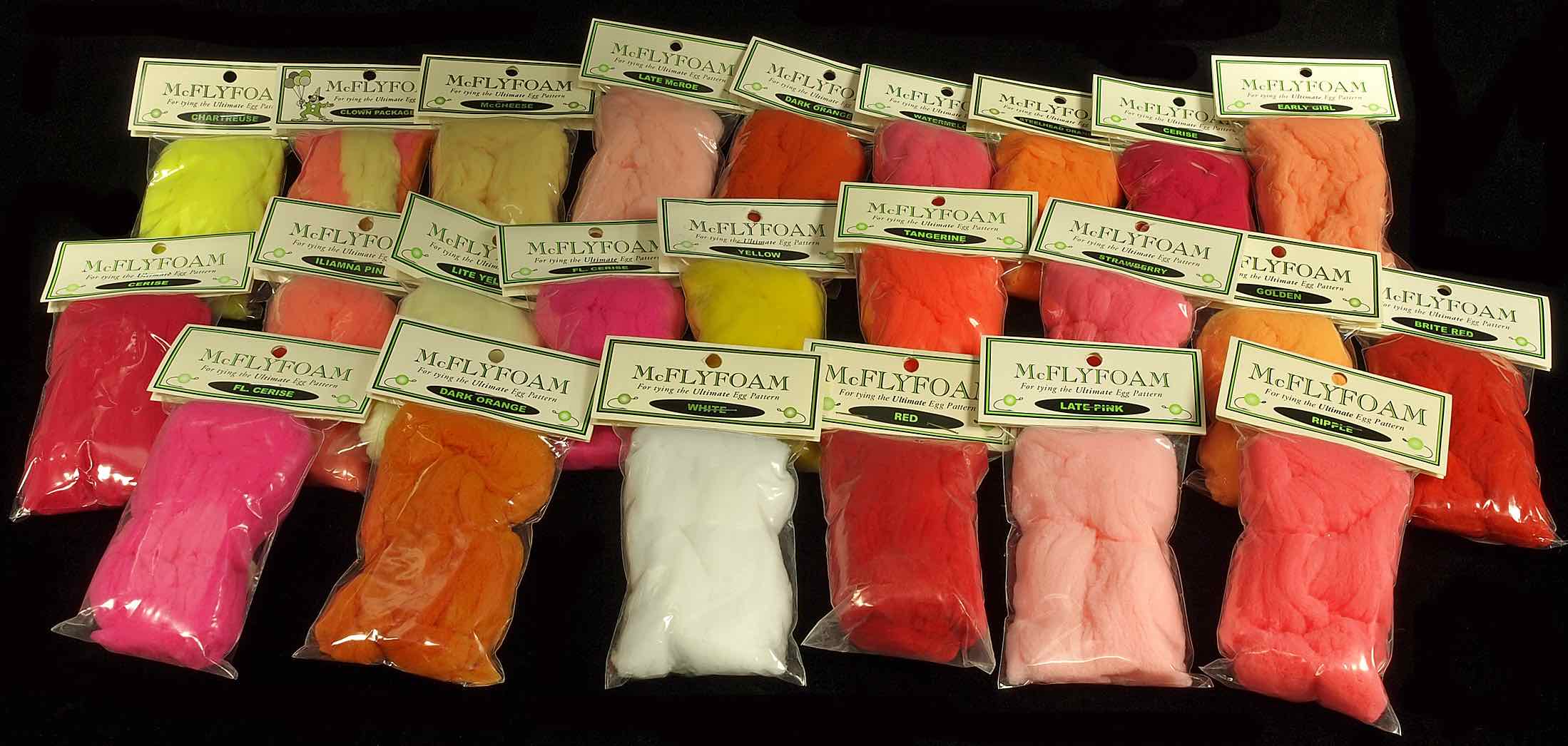 https://hooklineandsinker.ca/wp-content/uploads/2016/08/McFlyFoam-AA.jpg
1046
2198
HLSAdmin
https://hooklineandsinker.ca/wp-content/uploads/2014/12/Steelheading-in-the-Snow-900-80-Not-Faded-Actual-1030x91.jpg
HLSAdmin2016-08-18 22:58:582020-01-05 21:22:22McFlyfoam Fly Tying Material
https://hooklineandsinker.ca/wp-content/uploads/2016/08/McFlyFoam-AA.jpg
1046
2198
HLSAdmin
https://hooklineandsinker.ca/wp-content/uploads/2014/12/Steelheading-in-the-Snow-900-80-Not-Faded-Actual-1030x91.jpg
HLSAdmin2016-08-18 22:58:582020-01-05 21:22:22McFlyfoam Fly Tying Material https://hooklineandsinker.ca/wp-content/uploads/2017/02/Fishient-Lightweight-3D-Plastic-Rainbow-Dumbbells-B.jpg
278
638
HLSAdmin
https://hooklineandsinker.ca/wp-content/uploads/2014/12/Steelheading-in-the-Snow-900-80-Not-Faded-Actual-1030x91.jpg
HLSAdmin2017-02-05 20:43:472018-09-10 19:26:23Fishient Lightweight 3D Plastic Rainbow Dumbbell Eyes
https://hooklineandsinker.ca/wp-content/uploads/2017/02/Fishient-Lightweight-3D-Plastic-Rainbow-Dumbbells-B.jpg
278
638
HLSAdmin
https://hooklineandsinker.ca/wp-content/uploads/2014/12/Steelheading-in-the-Snow-900-80-Not-Faded-Actual-1030x91.jpg
HLSAdmin2017-02-05 20:43:472018-09-10 19:26:23Fishient Lightweight 3D Plastic Rainbow Dumbbell Eyes https://hooklineandsinker.ca/wp-content/uploads/2017/01/Solarez-UV-resin-Fly-Tying-products-Logo.jpg
78
217
HLSAdmin
https://hooklineandsinker.ca/wp-content/uploads/2014/12/Steelheading-in-the-Snow-900-80-Not-Faded-Actual-1030x91.jpg
HLSAdmin2017-01-08 22:15:372018-10-21 19:25:40Solarez UV Resin Fly Tying Products
https://hooklineandsinker.ca/wp-content/uploads/2017/01/Solarez-UV-resin-Fly-Tying-products-Logo.jpg
78
217
HLSAdmin
https://hooklineandsinker.ca/wp-content/uploads/2014/12/Steelheading-in-the-Snow-900-80-Not-Faded-Actual-1030x91.jpg
HLSAdmin2017-01-08 22:15:372018-10-21 19:25:40Solarez UV Resin Fly Tying Products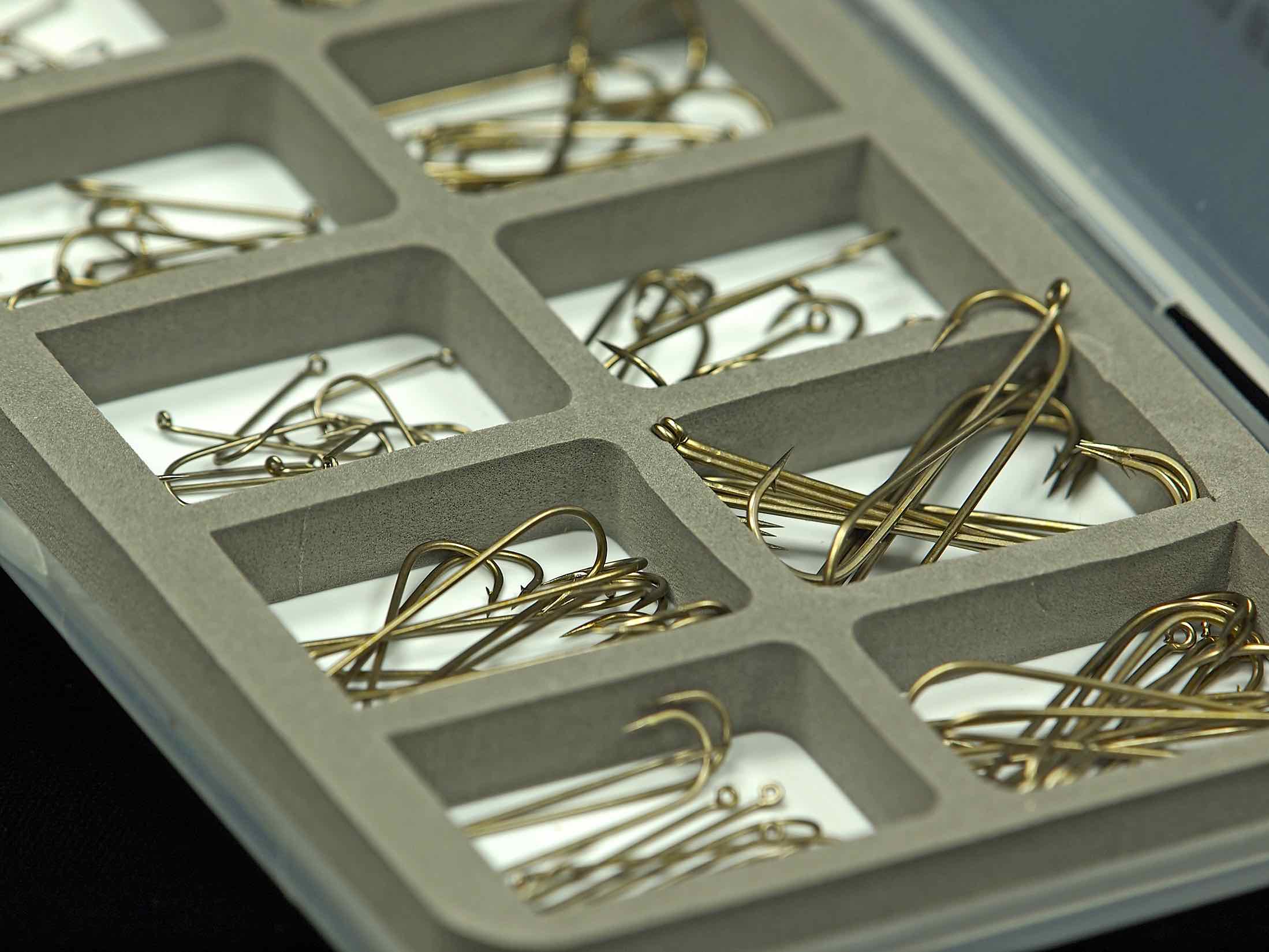 https://hooklineandsinker.ca/wp-content/uploads/2016/03/Fly-Tying-Hook-Assortment-in-Box-BB.jpg
1649
2198
HLSAdmin
https://hooklineandsinker.ca/wp-content/uploads/2014/12/Steelheading-in-the-Snow-900-80-Not-Faded-Actual-1030x91.jpg
HLSAdmin2016-03-25 16:51:082017-02-12 17:01:17Fly Tyers Hook Guide & Hook Conversion / Comparison Charts
https://hooklineandsinker.ca/wp-content/uploads/2016/03/Fly-Tying-Hook-Assortment-in-Box-BB.jpg
1649
2198
HLSAdmin
https://hooklineandsinker.ca/wp-content/uploads/2014/12/Steelheading-in-the-Snow-900-80-Not-Faded-Actual-1030x91.jpg
HLSAdmin2016-03-25 16:51:082017-02-12 17:01:17Fly Tyers Hook Guide & Hook Conversion / Comparison Charts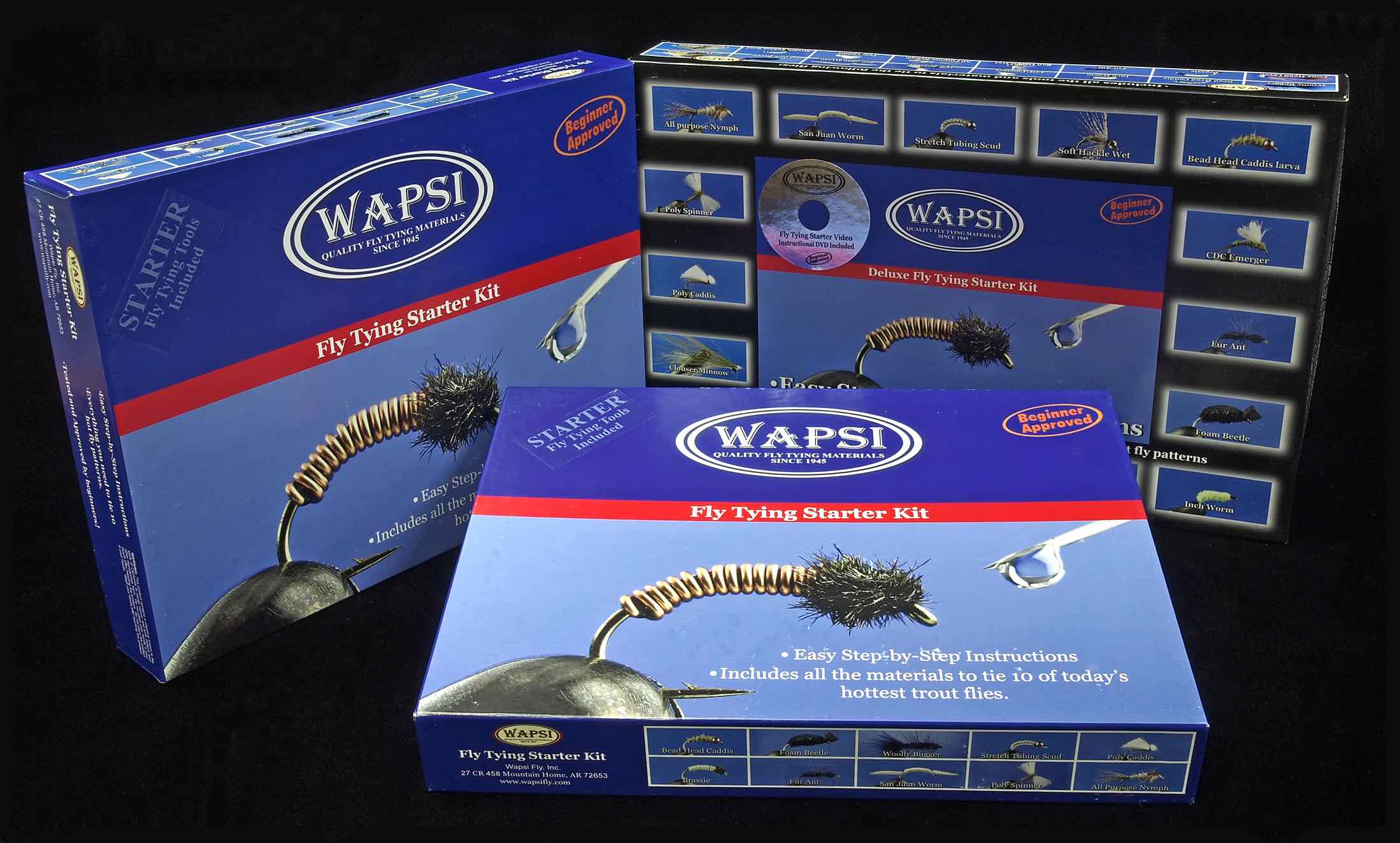 https://hooklineandsinker.ca/wp-content/uploads/2016/02/Beginner-Intermediate-Advanced-Wapsi-Fly-Tying-Kits-AA.jpg
1324
2198
HLSAdmin
https://hooklineandsinker.ca/wp-content/uploads/2014/12/Steelheading-in-the-Snow-900-80-Not-Faded-Actual-1030x91.jpg
HLSAdmin2016-02-26 21:05:512017-02-12 15:41:22Beginner, Intermediate & Advanced Fly Tying Kits
https://hooklineandsinker.ca/wp-content/uploads/2016/02/Beginner-Intermediate-Advanced-Wapsi-Fly-Tying-Kits-AA.jpg
1324
2198
HLSAdmin
https://hooklineandsinker.ca/wp-content/uploads/2014/12/Steelheading-in-the-Snow-900-80-Not-Faded-Actual-1030x91.jpg
HLSAdmin2016-02-26 21:05:512017-02-12 15:41:22Beginner, Intermediate & Advanced Fly Tying Kits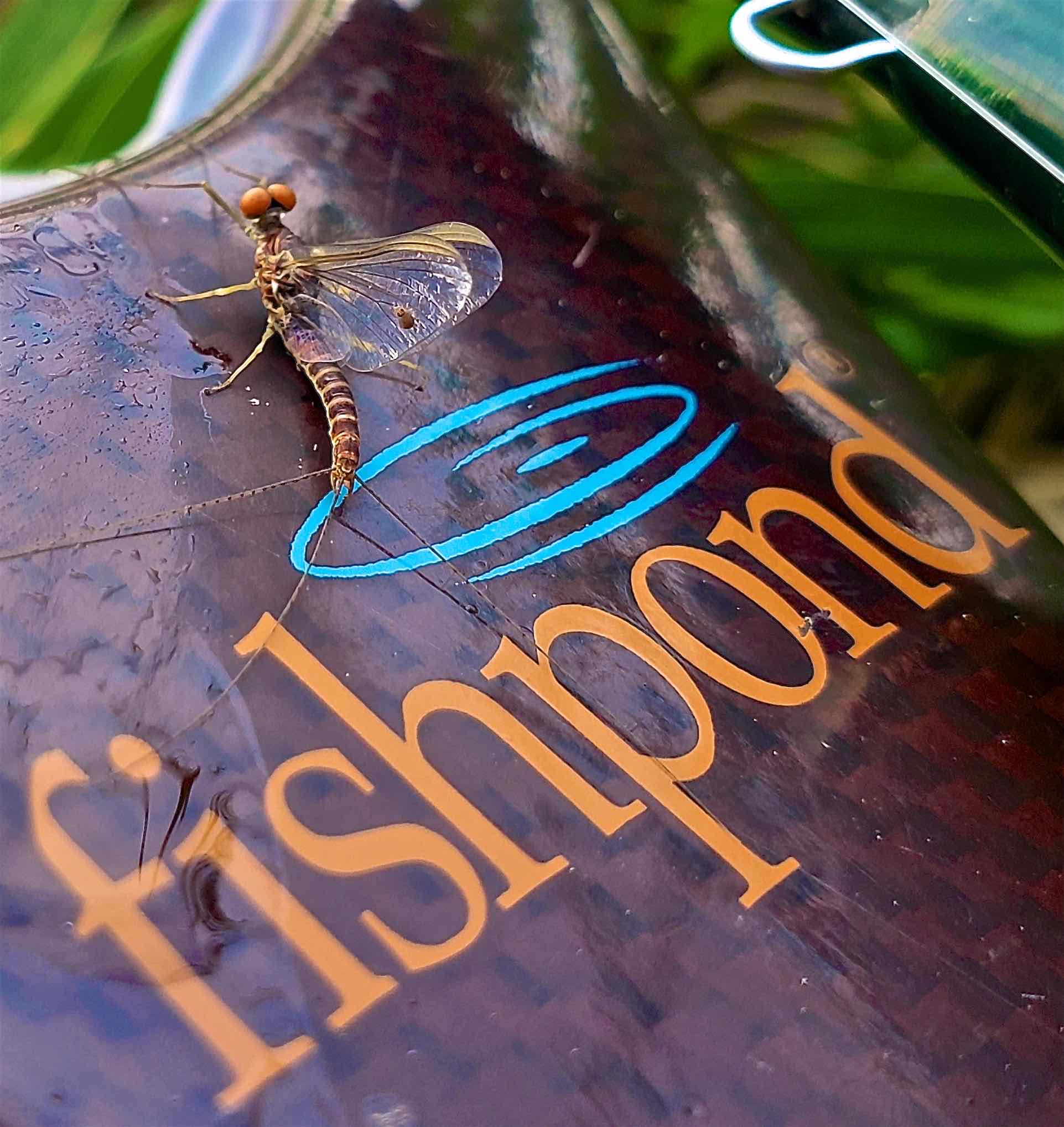 https://hooklineandsinker.ca/wp-content/uploads/2014/01/The-Upper-Grand-River-Hendrickson-Fishpond-Landing-Net-May-30th-2019-BBB.jpg
2036
1923
Ray Collesso
https://hooklineandsinker.ca/wp-content/uploads/2014/12/Steelheading-in-the-Snow-900-80-Not-Faded-Actual-1030x91.jpg
Ray Collesso2014-01-12 20:48:092019-06-02 23:14:41Fishpond – Packs, Fishing Vests, Bags, Luggage, Landing Nets & Accessories
https://hooklineandsinker.ca/wp-content/uploads/2014/01/The-Upper-Grand-River-Hendrickson-Fishpond-Landing-Net-May-30th-2019-BBB.jpg
2036
1923
Ray Collesso
https://hooklineandsinker.ca/wp-content/uploads/2014/12/Steelheading-in-the-Snow-900-80-Not-Faded-Actual-1030x91.jpg
Ray Collesso2014-01-12 20:48:092019-06-02 23:14:41Fishpond – Packs, Fishing Vests, Bags, Luggage, Landing Nets & Accessories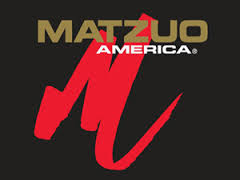 https://hooklineandsinker.ca/wp-content/uploads/2015/11/Matzuo-America-Logo.jpg
180
240
HLSAdmin
https://hooklineandsinker.ca/wp-content/uploads/2014/12/Steelheading-in-the-Snow-900-80-Not-Faded-Actual-1030x91.jpg
HLSAdmin2015-11-15 21:43:112017-03-30 20:27:23Matzuo America
https://hooklineandsinker.ca/wp-content/uploads/2015/11/Matzuo-America-Logo.jpg
180
240
HLSAdmin
https://hooklineandsinker.ca/wp-content/uploads/2014/12/Steelheading-in-the-Snow-900-80-Not-Faded-Actual-1030x91.jpg
HLSAdmin2015-11-15 21:43:112017-03-30 20:27:23Matzuo America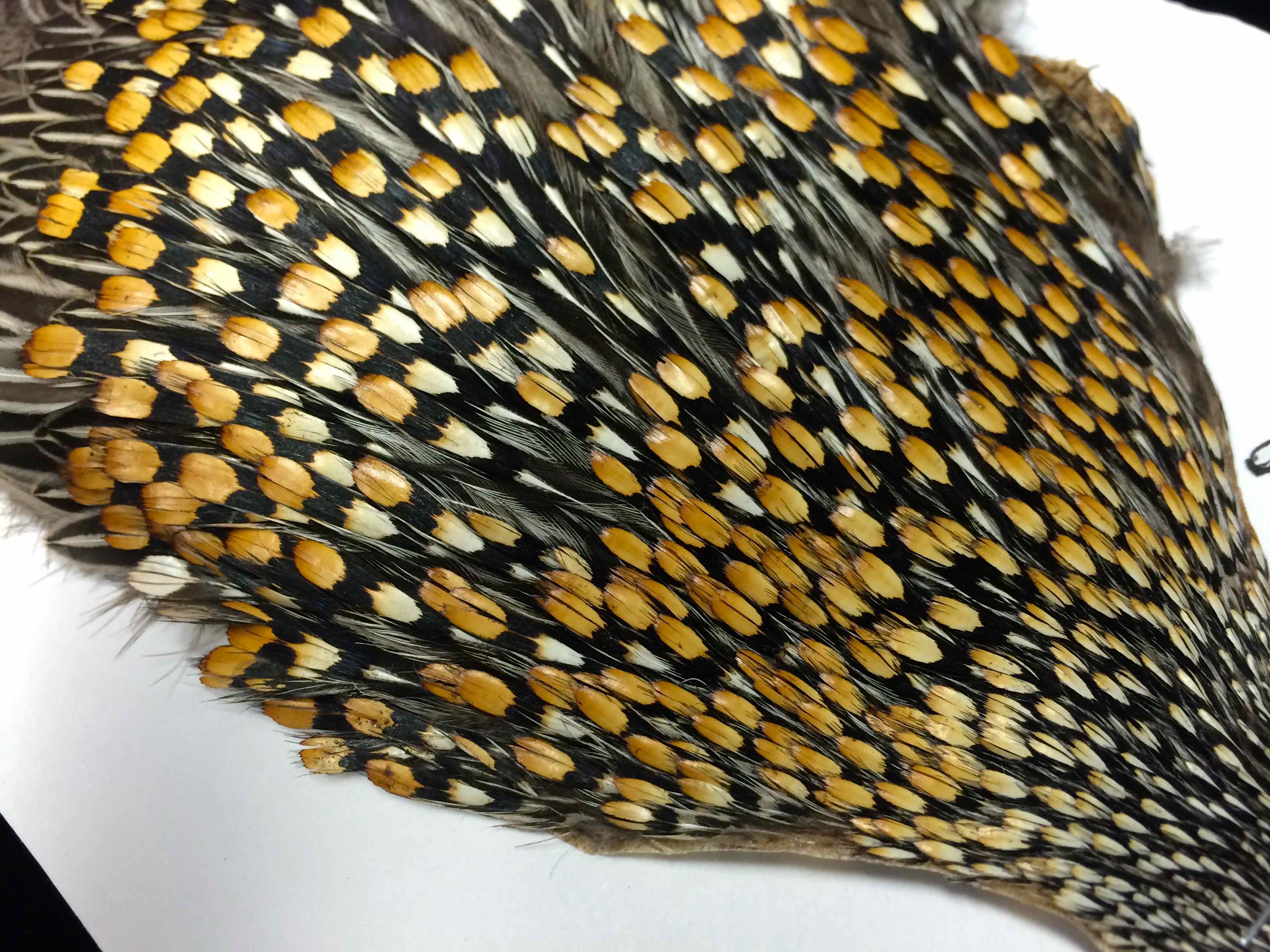 https://hooklineandsinker.ca/wp-content/uploads/2014/01/TFC-Grade-B-Jungle-Cock-BB.jpg
2448
3264
HLSAdmin
https://hooklineandsinker.ca/wp-content/uploads/2014/12/Steelheading-in-the-Snow-900-80-Not-Faded-Actual-1030x91.jpg
HLSAdmin2015-08-27 21:58:542017-01-15 17:38:18Jungle Cock Fly Tying Feathers
https://hooklineandsinker.ca/wp-content/uploads/2014/01/TFC-Grade-B-Jungle-Cock-BB.jpg
2448
3264
HLSAdmin
https://hooklineandsinker.ca/wp-content/uploads/2014/12/Steelheading-in-the-Snow-900-80-Not-Faded-Actual-1030x91.jpg
HLSAdmin2015-08-27 21:58:542017-01-15 17:38:18Jungle Cock Fly Tying Feathers https://hooklineandsinker.ca/wp-content/uploads/2015/10/Maruto-Hooks-logo.png
86
172
HLSAdmin
https://hooklineandsinker.ca/wp-content/uploads/2014/12/Steelheading-in-the-Snow-900-80-Not-Faded-Actual-1030x91.jpg
HLSAdmin2015-10-11 21:32:502017-02-27 21:09:14Maruto UV Hooks
https://hooklineandsinker.ca/wp-content/uploads/2015/10/Maruto-Hooks-logo.png
86
172
HLSAdmin
https://hooklineandsinker.ca/wp-content/uploads/2014/12/Steelheading-in-the-Snow-900-80-Not-Faded-Actual-1030x91.jpg
HLSAdmin2015-10-11 21:32:502017-02-27 21:09:14Maruto UV Hooks https://hooklineandsinker.ca/wp-content/uploads/2014/01/Loon-UV-Curing-Light-in-Use-Resized-for-web.jpg
1649
2198
HLSAdmin
https://hooklineandsinker.ca/wp-content/uploads/2014/12/Steelheading-in-the-Snow-900-80-Not-Faded-Actual-1030x91.jpg
HLSAdmin2015-08-01 19:33:042020-03-14 23:34:42TFC’s UV Light Sabre for Curing Ultra Violet Resins & Evaluating UV Presence
https://hooklineandsinker.ca/wp-content/uploads/2014/01/Loon-UV-Curing-Light-in-Use-Resized-for-web.jpg
1649
2198
HLSAdmin
https://hooklineandsinker.ca/wp-content/uploads/2014/12/Steelheading-in-the-Snow-900-80-Not-Faded-Actual-1030x91.jpg
HLSAdmin2015-08-01 19:33:042020-03-14 23:34:42TFC’s UV Light Sabre for Curing Ultra Violet Resins & Evaluating UV Presence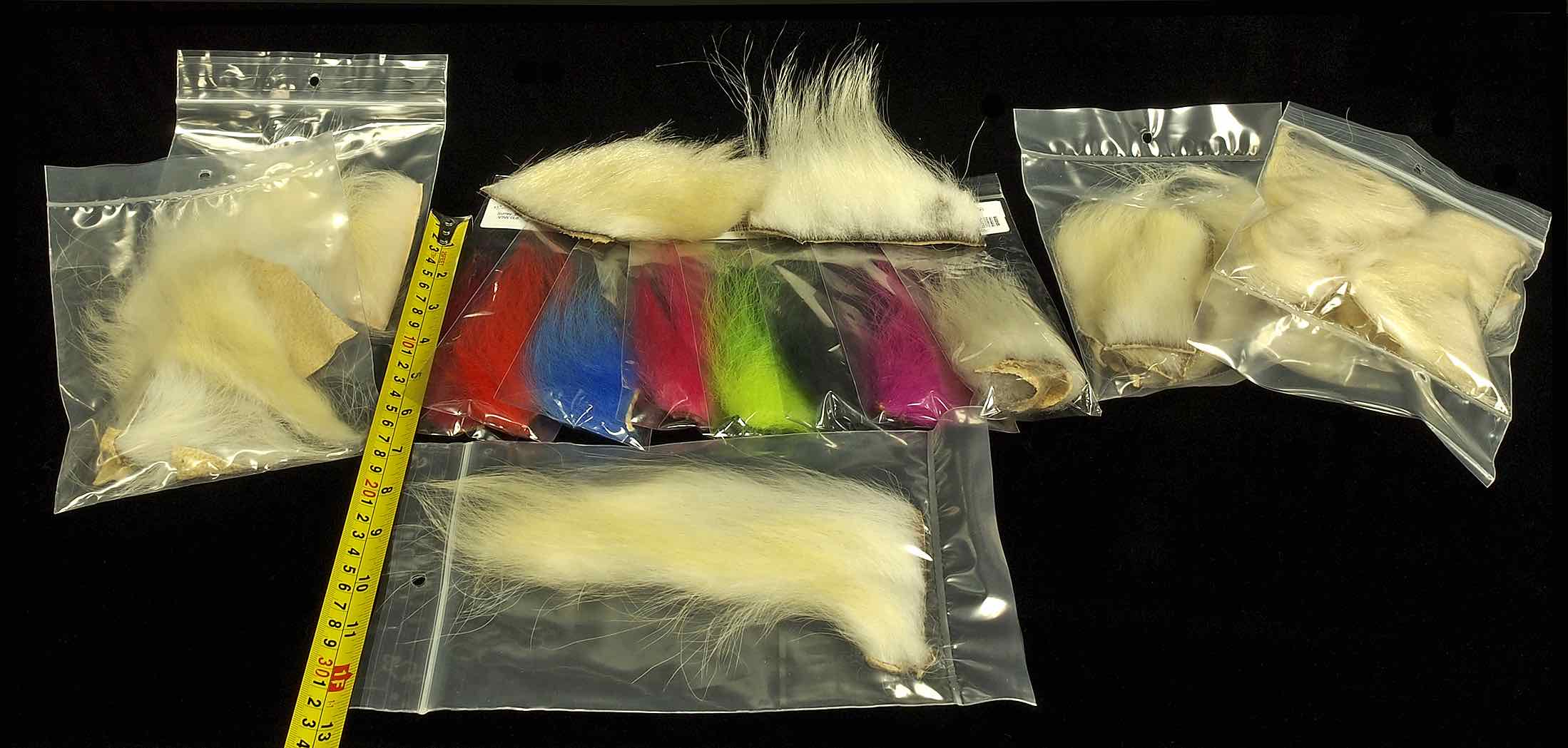 https://hooklineandsinker.ca/wp-content/uploads/2016/08/Polar-Bear-for-Fly-Tying-AA.jpg
1049
2198
HLSAdmin
https://hooklineandsinker.ca/wp-content/uploads/2014/12/Steelheading-in-the-Snow-900-80-Not-Faded-Actual-1030x91.jpg
HLSAdmin2016-08-14 18:53:102018-10-21 19:25:05Polar Bear Fur & Body Skin – Fly Tying Material
https://hooklineandsinker.ca/wp-content/uploads/2016/08/Polar-Bear-for-Fly-Tying-AA.jpg
1049
2198
HLSAdmin
https://hooklineandsinker.ca/wp-content/uploads/2014/12/Steelheading-in-the-Snow-900-80-Not-Faded-Actual-1030x91.jpg
HLSAdmin2016-08-14 18:53:102018-10-21 19:25:05Polar Bear Fur & Body Skin – Fly Tying Material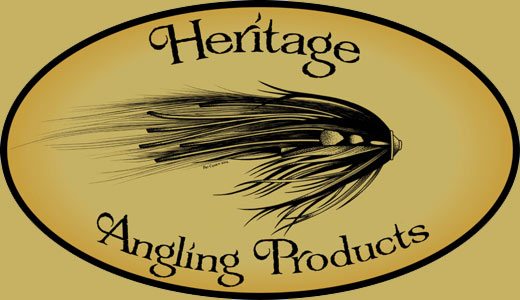 https://hooklineandsinker.ca/wp-content/uploads/2014/09/Heritage-Angling-Products-Logo-heritage-logo-50001.jpg
300
520
Ray Collesso
https://hooklineandsinker.ca/wp-content/uploads/2014/12/Steelheading-in-the-Snow-900-80-Not-Faded-Actual-1030x91.jpg
Ray Collesso2014-09-27 08:08:572015-01-04 21:40:50Heritage Angling Products
https://hooklineandsinker.ca/wp-content/uploads/2014/09/Heritage-Angling-Products-Logo-heritage-logo-50001.jpg
300
520
Ray Collesso
https://hooklineandsinker.ca/wp-content/uploads/2014/12/Steelheading-in-the-Snow-900-80-Not-Faded-Actual-1030x91.jpg
Ray Collesso2014-09-27 08:08:572015-01-04 21:40:50Heritage Angling Products https://hooklineandsinker.ca/wp-content/uploads/2014/09/Pro-Sportfishing-Products-Logo-B.jpg
96
172
Ray Collesso
https://hooklineandsinker.ca/wp-content/uploads/2014/12/Steelheading-in-the-Snow-900-80-Not-Faded-Actual-1030x91.jpg
Ray Collesso2014-09-26 20:04:082017-02-25 20:40:47Pro Sportfisher Fly Tying System
https://hooklineandsinker.ca/wp-content/uploads/2014/09/Pro-Sportfishing-Products-Logo-B.jpg
96
172
Ray Collesso
https://hooklineandsinker.ca/wp-content/uploads/2014/12/Steelheading-in-the-Snow-900-80-Not-Faded-Actual-1030x91.jpg
Ray Collesso2014-09-26 20:04:082017-02-25 20:40:47Pro Sportfisher Fly Tying System https://hooklineandsinker.ca/wp-content/uploads/2014/09/Flymen-Fishing-Company-Fish-Skull-Swim-Tank-C.jpg
682
1024
Ray Collesso
https://hooklineandsinker.ca/wp-content/uploads/2014/12/Steelheading-in-the-Snow-900-80-Not-Faded-Actual-1030x91.jpg
Ray Collesso2014-09-05 23:22:262017-01-03 23:11:58Fish-Skull® Fly Tester™ Fly Swim Tank
https://hooklineandsinker.ca/wp-content/uploads/2014/09/Flymen-Fishing-Company-Fish-Skull-Swim-Tank-C.jpg
682
1024
Ray Collesso
https://hooklineandsinker.ca/wp-content/uploads/2014/12/Steelheading-in-the-Snow-900-80-Not-Faded-Actual-1030x91.jpg
Ray Collesso2014-09-05 23:22:262017-01-03 23:11:58Fish-Skull® Fly Tester™ Fly Swim Tank https://hooklineandsinker.ca/wp-content/uploads/2014/09/Mad-River.jpg
64
100
Ray Collesso
https://hooklineandsinker.ca/wp-content/uploads/2014/12/Steelheading-in-the-Snow-900-80-Not-Faded-Actual-1030x91.jpg
Ray Collesso2014-09-03 18:39:212015-01-04 21:45:43Mad River Dubbing Company
https://hooklineandsinker.ca/wp-content/uploads/2014/09/Mad-River.jpg
64
100
Ray Collesso
https://hooklineandsinker.ca/wp-content/uploads/2014/12/Steelheading-in-the-Snow-900-80-Not-Faded-Actual-1030x91.jpg
Ray Collesso2014-09-03 18:39:212015-01-04 21:45:43Mad River Dubbing Company https://hooklineandsinker.ca/wp-content/uploads/2014/04/Silver-Tip-Fly-Company.jpg
168
234
Ray Collesso
https://hooklineandsinker.ca/wp-content/uploads/2014/12/Steelheading-in-the-Snow-900-80-Not-Faded-Actual-1030x91.jpg
Ray Collesso2014-04-09 20:05:192015-01-24 00:38:17Silver Tip Fly Company
https://hooklineandsinker.ca/wp-content/uploads/2014/04/Silver-Tip-Fly-Company.jpg
168
234
Ray Collesso
https://hooklineandsinker.ca/wp-content/uploads/2014/12/Steelheading-in-the-Snow-900-80-Not-Faded-Actual-1030x91.jpg
Ray Collesso2014-04-09 20:05:192015-01-24 00:38:17Silver Tip Fly Company https://hooklineandsinker.ca/wp-content/uploads/2014/04/Pearsalls-Fly-Tying-Thread.gif
97
221
Ray Collesso
https://hooklineandsinker.ca/wp-content/uploads/2014/12/Steelheading-in-the-Snow-900-80-Not-Faded-Actual-1030x91.jpg
Ray Collesso2014-04-06 20:29:292015-01-24 00:37:27Pearsall’s Fly Tying Thread
https://hooklineandsinker.ca/wp-content/uploads/2014/04/Pearsalls-Fly-Tying-Thread.gif
97
221
Ray Collesso
https://hooklineandsinker.ca/wp-content/uploads/2014/12/Steelheading-in-the-Snow-900-80-Not-Faded-Actual-1030x91.jpg
Ray Collesso2014-04-06 20:29:292015-01-24 00:37:27Pearsall’s Fly Tying Thread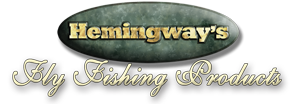 https://hooklineandsinker.ca/wp-content/uploads/2014/04/Hemingways-Fly-Fishing-Products-logo.png
104
300
Ray Collesso
https://hooklineandsinker.ca/wp-content/uploads/2014/12/Steelheading-in-the-Snow-900-80-Not-Faded-Actual-1030x91.jpg
Ray Collesso2014-04-06 20:02:382017-02-01 21:01:53Hemingway’s Premium Fly Tying Materials
https://hooklineandsinker.ca/wp-content/uploads/2014/04/Hemingways-Fly-Fishing-Products-logo.png
104
300
Ray Collesso
https://hooklineandsinker.ca/wp-content/uploads/2014/12/Steelheading-in-the-Snow-900-80-Not-Faded-Actual-1030x91.jpg
Ray Collesso2014-04-06 20:02:382017-02-01 21:01:53Hemingway’s Premium Fly Tying Materials https://hooklineandsinker.ca/wp-content/uploads/2014/03/Wookie-Fur-Original-Image-Resized.jpg
3264
2448
Ray Collesso
https://hooklineandsinker.ca/wp-content/uploads/2014/12/Steelheading-in-the-Snow-900-80-Not-Faded-Actual-1030x91.jpg
Ray Collesso2014-03-01 22:46:132018-12-19 22:55:42Wookie Fly Tying Fur
https://hooklineandsinker.ca/wp-content/uploads/2014/03/Wookie-Fur-Original-Image-Resized.jpg
3264
2448
Ray Collesso
https://hooklineandsinker.ca/wp-content/uploads/2014/12/Steelheading-in-the-Snow-900-80-Not-Faded-Actual-1030x91.jpg
Ray Collesso2014-03-01 22:46:132018-12-19 22:55:42Wookie Fly Tying Fur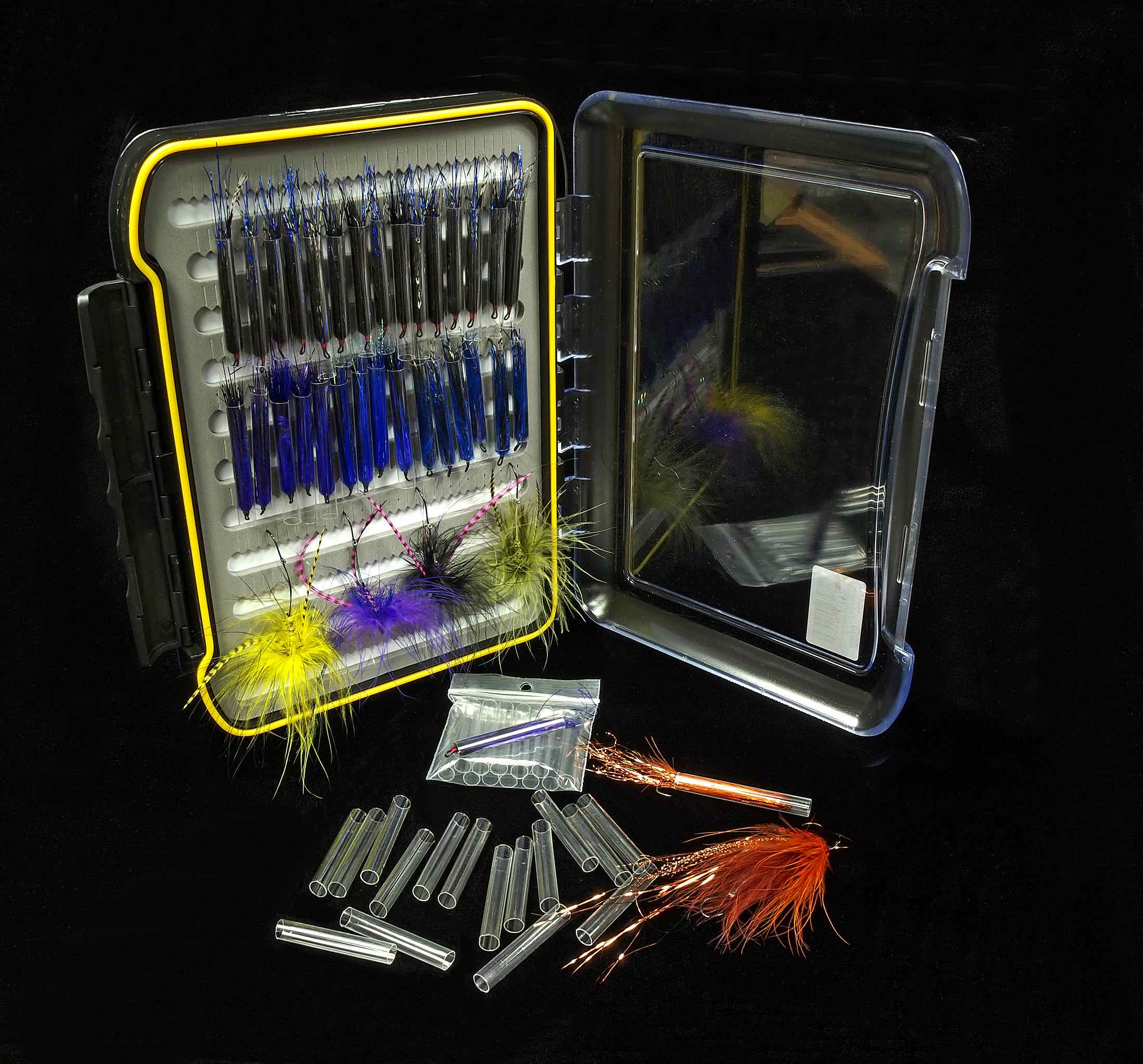 https://hooklineandsinker.ca/wp-content/uploads/2015/10/TFC-Clear-Intruder-Tubes-AA.jpg
2046
2198
HLSAdmin
https://hooklineandsinker.ca/wp-content/uploads/2014/12/Steelheading-in-the-Snow-900-80-Not-Faded-Actual-1030x91.jpg
HLSAdmin2015-10-30 18:19:372018-06-03 13:04:08TFC Clear Intruder Tubes
https://hooklineandsinker.ca/wp-content/uploads/2015/10/TFC-Clear-Intruder-Tubes-AA.jpg
2046
2198
HLSAdmin
https://hooklineandsinker.ca/wp-content/uploads/2014/12/Steelheading-in-the-Snow-900-80-Not-Faded-Actual-1030x91.jpg
HLSAdmin2015-10-30 18:19:372018-06-03 13:04:08TFC Clear Intruder Tubes https://hooklineandsinker.ca/wp-content/uploads/2014/01/DNA-Fly-Tying-MAterials.jpg
162
174
Ray Collesso
https://hooklineandsinker.ca/wp-content/uploads/2014/12/Steelheading-in-the-Snow-900-80-Not-Faded-Actual-1030x91.jpg
Ray Collesso2014-01-16 22:25:232015-01-25 17:50:16DNA by O.P.L. Fly Tying Materials
https://hooklineandsinker.ca/wp-content/uploads/2014/01/DNA-Fly-Tying-MAterials.jpg
162
174
Ray Collesso
https://hooklineandsinker.ca/wp-content/uploads/2014/12/Steelheading-in-the-Snow-900-80-Not-Faded-Actual-1030x91.jpg
Ray Collesso2014-01-16 22:25:232015-01-25 17:50:16DNA by O.P.L. Fly Tying Materials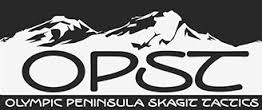 https://hooklineandsinker.ca/wp-content/uploads/2015/01/OPST-Olympic-Peninsula-Skagit-Tactics-Logo.jpg
110
262
HLSAdmin
https://hooklineandsinker.ca/wp-content/uploads/2014/12/Steelheading-in-the-Snow-900-80-Not-Faded-Actual-1030x91.jpg
HLSAdmin2015-01-14 18:02:082017-01-08 20:12:58OPST – Olympic Peninsula Skagit Tactics
https://hooklineandsinker.ca/wp-content/uploads/2015/01/OPST-Olympic-Peninsula-Skagit-Tactics-Logo.jpg
110
262
HLSAdmin
https://hooklineandsinker.ca/wp-content/uploads/2014/12/Steelheading-in-the-Snow-900-80-Not-Faded-Actual-1030x91.jpg
HLSAdmin2015-01-14 18:02:082017-01-08 20:12:58OPST – Olympic Peninsula Skagit Tactics https://hooklineandsinker.ca/wp-content/uploads/2014/01/Montana-Fly-Compant-Fly-Tying.jpg
177
284
Ray Collesso
https://hooklineandsinker.ca/wp-content/uploads/2014/12/Steelheading-in-the-Snow-900-80-Not-Faded-Actual-1030x91.jpg
Ray Collesso2014-01-15 22:35:442018-04-29 20:31:07Montana Fly Company Premium Fly Tying Tools, Hooks, Tying Materials & Boxes (MFC)
https://hooklineandsinker.ca/wp-content/uploads/2014/01/Montana-Fly-Compant-Fly-Tying.jpg
177
284
Ray Collesso
https://hooklineandsinker.ca/wp-content/uploads/2014/12/Steelheading-in-the-Snow-900-80-Not-Faded-Actual-1030x91.jpg
Ray Collesso2014-01-15 22:35:442018-04-29 20:31:07Montana Fly Company Premium Fly Tying Tools, Hooks, Tying Materials & Boxes (MFC) https://hooklineandsinker.ca/wp-content/uploads/2014/01/Gamakatsu-Hooks-.jpg
63
213
Ray Collesso
https://hooklineandsinker.ca/wp-content/uploads/2014/12/Steelheading-in-the-Snow-900-80-Not-Faded-Actual-1030x91.jpg
Ray Collesso2014-01-15 19:29:582015-07-01 22:22:19Gamakatsu Fly Tying Hooks
https://hooklineandsinker.ca/wp-content/uploads/2014/01/Gamakatsu-Hooks-.jpg
63
213
Ray Collesso
https://hooklineandsinker.ca/wp-content/uploads/2014/12/Steelheading-in-the-Snow-900-80-Not-Faded-Actual-1030x91.jpg
Ray Collesso2014-01-15 19:29:582015-07-01 22:22:19Gamakatsu Fly Tying Hooks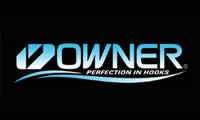 https://hooklineandsinker.ca/wp-content/uploads/2014/01/Owner-Hooks.jpg
120
200
Ray Collesso
https://hooklineandsinker.ca/wp-content/uploads/2014/12/Steelheading-in-the-Snow-900-80-Not-Faded-Actual-1030x91.jpg
Ray Collesso2014-01-15 19:32:072015-07-01 22:22:07Owner Fly Tying Hooks
https://hooklineandsinker.ca/wp-content/uploads/2014/01/Owner-Hooks.jpg
120
200
Ray Collesso
https://hooklineandsinker.ca/wp-content/uploads/2014/12/Steelheading-in-the-Snow-900-80-Not-Faded-Actual-1030x91.jpg
Ray Collesso2014-01-15 19:32:072015-07-01 22:22:07Owner Fly Tying Hooks https://hooklineandsinker.ca/wp-content/uploads/2014/01/Eagle-Claw-Fishing-Image.jpg
182
276
Ray Collesso
https://hooklineandsinker.ca/wp-content/uploads/2014/12/Steelheading-in-the-Snow-900-80-Not-Faded-Actual-1030x91.jpg
Ray Collesso2014-01-15 19:35:132016-02-15 21:13:10Eagle Claw Hooks
https://hooklineandsinker.ca/wp-content/uploads/2014/01/Eagle-Claw-Fishing-Image.jpg
182
276
Ray Collesso
https://hooklineandsinker.ca/wp-content/uploads/2014/12/Steelheading-in-the-Snow-900-80-Not-Faded-Actual-1030x91.jpg
Ray Collesso2014-01-15 19:35:132016-02-15 21:13:10Eagle Claw Hooks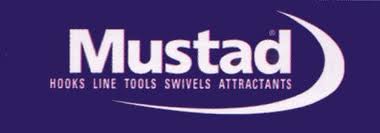 https://hooklineandsinker.ca/wp-content/uploads/2014/01/Mustad-Hooks.jpg
133
380
Ray Collesso
https://hooklineandsinker.ca/wp-content/uploads/2014/12/Steelheading-in-the-Snow-900-80-Not-Faded-Actual-1030x91.jpg
Ray Collesso2014-01-15 19:09:482015-07-01 22:23:34Mustad Fly Tying Hooks
https://hooklineandsinker.ca/wp-content/uploads/2014/01/Mustad-Hooks.jpg
133
380
Ray Collesso
https://hooklineandsinker.ca/wp-content/uploads/2014/12/Steelheading-in-the-Snow-900-80-Not-Faded-Actual-1030x91.jpg
Ray Collesso2014-01-15 19:09:482015-07-01 22:23:34Mustad Fly Tying Hooks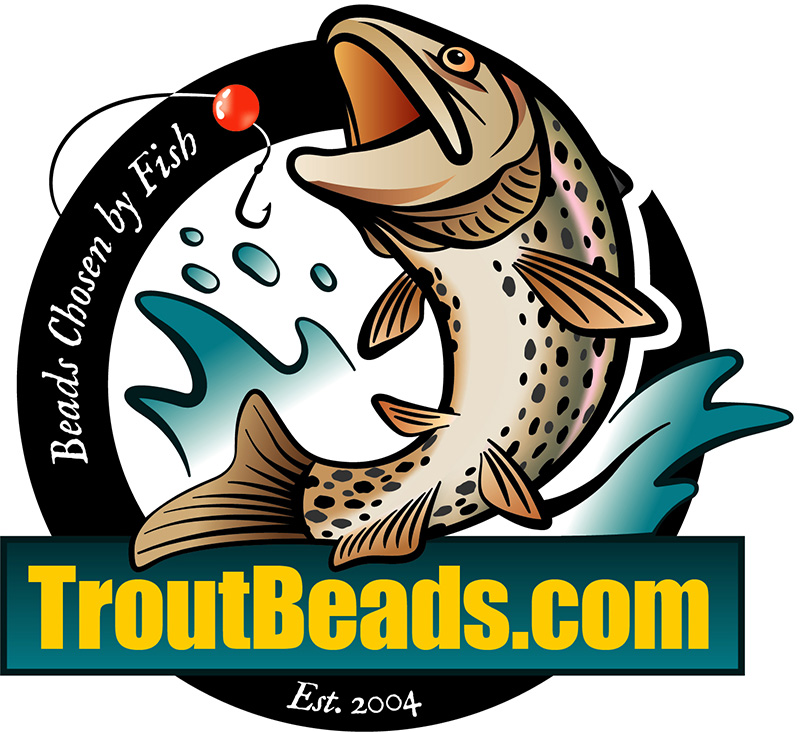 https://hooklineandsinker.ca/wp-content/uploads/2014/10/Troutbeads-com-logo-240423-Troutbeads-Logo-4C-6-Official.jpg
732
800
Ray Collesso
https://hooklineandsinker.ca/wp-content/uploads/2014/12/Steelheading-in-the-Snow-900-80-Not-Faded-Actual-1030x91.jpg
Ray Collesso2014-01-14 20:30:422019-05-29 19:32:15TroutBeads.Com Fly Tying Materials
https://hooklineandsinker.ca/wp-content/uploads/2014/10/Troutbeads-com-logo-240423-Troutbeads-Logo-4C-6-Official.jpg
732
800
Ray Collesso
https://hooklineandsinker.ca/wp-content/uploads/2014/12/Steelheading-in-the-Snow-900-80-Not-Faded-Actual-1030x91.jpg
Ray Collesso2014-01-14 20:30:422019-05-29 19:32:15TroutBeads.Com Fly Tying Materials https://hooklineandsinker.ca/wp-content/uploads/2014/01/Raven-Fishing-Line.jpg
92
320
Ray Collesso
https://hooklineandsinker.ca/wp-content/uploads/2014/12/Steelheading-in-the-Snow-900-80-Not-Faded-Actual-1030x91.jpg
Ray Collesso2014-01-15 19:27:272016-10-07 00:22:53RAVEN® Fly Tying Hooks
https://hooklineandsinker.ca/wp-content/uploads/2014/01/Raven-Fishing-Line.jpg
92
320
Ray Collesso
https://hooklineandsinker.ca/wp-content/uploads/2014/12/Steelheading-in-the-Snow-900-80-Not-Faded-Actual-1030x91.jpg
Ray Collesso2014-01-15 19:27:272016-10-07 00:22:53RAVEN® Fly Tying Hooks https://hooklineandsinker.ca/wp-content/uploads/2014/01/Partridge-Of-Redditch-Hooks.jpg
93
249
Ray Collesso
https://hooklineandsinker.ca/wp-content/uploads/2014/12/Steelheading-in-the-Snow-900-80-Not-Faded-Actual-1030x91.jpg
Ray Collesso2014-01-15 19:38:072015-07-01 22:19:40Partridge Of Redditch Fly Tying Hooks
https://hooklineandsinker.ca/wp-content/uploads/2014/01/Partridge-Of-Redditch-Hooks.jpg
93
249
Ray Collesso
https://hooklineandsinker.ca/wp-content/uploads/2014/12/Steelheading-in-the-Snow-900-80-Not-Faded-Actual-1030x91.jpg
Ray Collesso2014-01-15 19:38:072015-07-01 22:19:40Partridge Of Redditch Fly Tying Hooks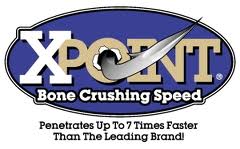 https://hooklineandsinker.ca/wp-content/uploads/2014/01/XPoint-Hooks.jpg
149
240
Ray Collesso
https://hooklineandsinker.ca/wp-content/uploads/2014/12/Steelheading-in-the-Snow-900-80-Not-Faded-Actual-1030x91.jpg
Ray Collesso2014-01-15 19:18:302015-07-01 22:22:58XPoint Fly Tying Hooks
https://hooklineandsinker.ca/wp-content/uploads/2014/01/XPoint-Hooks.jpg
149
240
Ray Collesso
https://hooklineandsinker.ca/wp-content/uploads/2014/12/Steelheading-in-the-Snow-900-80-Not-Faded-Actual-1030x91.jpg
Ray Collesso2014-01-15 19:18:302015-07-01 22:22:58XPoint Fly Tying Hooks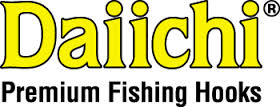 https://hooklineandsinker.ca/wp-content/uploads/2014/01/Daiichi-Hooks.jpg
107
280
Ray Collesso
https://hooklineandsinker.ca/wp-content/uploads/2014/12/Steelheading-in-the-Snow-900-80-Not-Faded-Actual-1030x91.jpg
Ray Collesso2014-01-15 19:14:492015-07-01 22:23:15Daiichi Premium Fly Tying Hooks
https://hooklineandsinker.ca/wp-content/uploads/2014/01/Daiichi-Hooks.jpg
107
280
Ray Collesso
https://hooklineandsinker.ca/wp-content/uploads/2014/12/Steelheading-in-the-Snow-900-80-Not-Faded-Actual-1030x91.jpg
Ray Collesso2014-01-15 19:14:492015-07-01 22:23:15Daiichi Premium Fly Tying Hooks https://hooklineandsinker.ca/wp-content/uploads/2014/01/Tiemco-Fly-Tying.jpg
80
160
Ray Collesso
https://hooklineandsinker.ca/wp-content/uploads/2014/12/Steelheading-in-the-Snow-900-80-Not-Faded-Actual-1030x91.jpg
Ray Collesso2014-01-15 19:12:302015-07-01 22:23:24Tiemco Fly Tying Hooks
https://hooklineandsinker.ca/wp-content/uploads/2014/01/Tiemco-Fly-Tying.jpg
80
160
Ray Collesso
https://hooklineandsinker.ca/wp-content/uploads/2014/12/Steelheading-in-the-Snow-900-80-Not-Faded-Actual-1030x91.jpg
Ray Collesso2014-01-15 19:12:302015-07-01 22:23:24Tiemco Fly Tying Hooks https://hooklineandsinker.ca/wp-content/uploads/2014/01/Dohiku-Hooks.jpg
69
96
Ray Collesso
https://hooklineandsinker.ca/wp-content/uploads/2014/12/Steelheading-in-the-Snow-900-80-Not-Faded-Actual-1030x91.jpg
Ray Collesso2014-01-15 19:06:232017-12-23 22:17:14Dohiku Fly Tying Hooks & Fly Tying Materials
https://hooklineandsinker.ca/wp-content/uploads/2014/01/Dohiku-Hooks.jpg
69
96
Ray Collesso
https://hooklineandsinker.ca/wp-content/uploads/2014/12/Steelheading-in-the-Snow-900-80-Not-Faded-Actual-1030x91.jpg
Ray Collesso2014-01-15 19:06:232017-12-23 22:17:14Dohiku Fly Tying Hooks & Fly Tying Materials https://hooklineandsinker.ca/wp-content/uploads/2014/01/hanak_hooks.bmp
230
219
Ray Collesso
https://hooklineandsinker.ca/wp-content/uploads/2014/12/Steelheading-in-the-Snow-900-80-Not-Faded-Actual-1030x91.jpg
Ray Collesso2014-01-15 19:03:332017-04-09 14:24:56Hanak Competition Fly Tying Hooks
https://hooklineandsinker.ca/wp-content/uploads/2014/01/hanak_hooks.bmp
230
219
Ray Collesso
https://hooklineandsinker.ca/wp-content/uploads/2014/12/Steelheading-in-the-Snow-900-80-Not-Faded-Actual-1030x91.jpg
Ray Collesso2014-01-15 19:03:332017-04-09 14:24:56Hanak Competition Fly Tying Hooks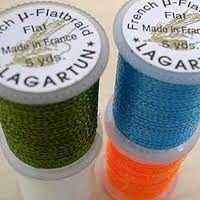 https://hooklineandsinker.ca/wp-content/uploads/2014/01/Lagartun-Fly-Fishing.png
200
200
Ray Collesso
https://hooklineandsinker.ca/wp-content/uploads/2014/12/Steelheading-in-the-Snow-900-80-Not-Faded-Actual-1030x91.jpg
Ray Collesso2014-01-15 18:51:132015-03-04 23:11:50Lagaratun Fly Tying Materials
https://hooklineandsinker.ca/wp-content/uploads/2014/01/Lagartun-Fly-Fishing.png
200
200
Ray Collesso
https://hooklineandsinker.ca/wp-content/uploads/2014/12/Steelheading-in-the-Snow-900-80-Not-Faded-Actual-1030x91.jpg
Ray Collesso2014-01-15 18:51:132015-03-04 23:11:50Lagaratun Fly Tying Materials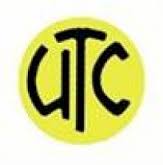 https://hooklineandsinker.ca/wp-content/uploads/2014/01/UTC-Fly-Tying-Materials.jpg
165
163
Ray Collesso
https://hooklineandsinker.ca/wp-content/uploads/2014/12/Steelheading-in-the-Snow-900-80-Not-Faded-Actual-1030x91.jpg
Ray Collesso2014-01-15 18:30:012016-02-23 19:51:03UTC Fly Tying Materials
https://hooklineandsinker.ca/wp-content/uploads/2014/01/UTC-Fly-Tying-Materials.jpg
165
163
Ray Collesso
https://hooklineandsinker.ca/wp-content/uploads/2014/12/Steelheading-in-the-Snow-900-80-Not-Faded-Actual-1030x91.jpg
Ray Collesso2014-01-15 18:30:012016-02-23 19:51:03UTC Fly Tying Materials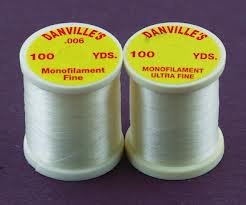 https://hooklineandsinker.ca/wp-content/uploads/2014/01/Danville-Fly-Tying.jpg
205
246
Ray Collesso
https://hooklineandsinker.ca/wp-content/uploads/2014/12/Steelheading-in-the-Snow-900-80-Not-Faded-Actual-1030x91.jpg
Ray Collesso2014-01-15 18:27:002015-03-04 23:24:05Danville Fly Tying Products
https://hooklineandsinker.ca/wp-content/uploads/2014/01/Danville-Fly-Tying.jpg
205
246
Ray Collesso
https://hooklineandsinker.ca/wp-content/uploads/2014/12/Steelheading-in-the-Snow-900-80-Not-Faded-Actual-1030x91.jpg
Ray Collesso2014-01-15 18:27:002015-03-04 23:24:05Danville Fly Tying Products https://hooklineandsinker.ca/wp-content/uploads/2014/01/Uni-Fly-Tying.jpg
108
108
Ray Collesso
https://hooklineandsinker.ca/wp-content/uploads/2014/12/Steelheading-in-the-Snow-900-80-Not-Faded-Actual-1030x91.jpg
Ray Collesso2014-01-15 18:23:162015-03-04 23:27:04Uni Products Fly Tying Materials
https://hooklineandsinker.ca/wp-content/uploads/2014/01/Uni-Fly-Tying.jpg
108
108
Ray Collesso
https://hooklineandsinker.ca/wp-content/uploads/2014/12/Steelheading-in-the-Snow-900-80-Not-Faded-Actual-1030x91.jpg
Ray Collesso2014-01-15 18:23:162015-03-04 23:27:04Uni Products Fly Tying Materials https://hooklineandsinker.ca/wp-content/uploads/2014/01/Hends-Fly-Tying-Materials1.jpg
58
400
Ray Collesso
https://hooklineandsinker.ca/wp-content/uploads/2014/12/Steelheading-in-the-Snow-900-80-Not-Faded-Actual-1030x91.jpg
Ray Collesso2014-01-15 03:36:572015-04-20 23:35:12Hends Products Fly Tying Materials
https://hooklineandsinker.ca/wp-content/uploads/2014/01/Hends-Fly-Tying-Materials1.jpg
58
400
Ray Collesso
https://hooklineandsinker.ca/wp-content/uploads/2014/12/Steelheading-in-the-Snow-900-80-Not-Faded-Actual-1030x91.jpg
Ray Collesso2014-01-15 03:36:572015-04-20 23:35:12Hends Products Fly Tying Materials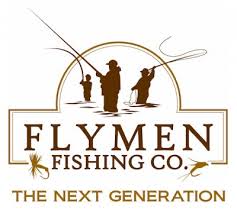 https://hooklineandsinker.ca/wp-content/uploads/2014/09/Flymen-Fishing-Company-Fish-Skull-Company-Image.jpg
213
237
Ray Collesso
https://hooklineandsinker.ca/wp-content/uploads/2014/12/Steelheading-in-the-Snow-900-80-Not-Faded-Actual-1030x91.jpg
Ray Collesso2014-01-15 03:28:562017-08-21 22:14:41Flymen Fishing Co. – Fish Skull Fly Tying Materials
https://hooklineandsinker.ca/wp-content/uploads/2014/09/Flymen-Fishing-Company-Fish-Skull-Company-Image.jpg
213
237
Ray Collesso
https://hooklineandsinker.ca/wp-content/uploads/2014/12/Steelheading-in-the-Snow-900-80-Not-Faded-Actual-1030x91.jpg
Ray Collesso2014-01-15 03:28:562017-08-21 22:14:41Flymen Fishing Co. – Fish Skull Fly Tying Materials https://hooklineandsinker.ca/wp-content/uploads/2014/01/Rainys-Fly-Tying.jpg
141
356
Ray Collesso
https://hooklineandsinker.ca/wp-content/uploads/2014/12/Steelheading-in-the-Snow-900-80-Not-Faded-Actual-1030x91.jpg
Ray Collesso2014-01-15 03:34:092017-04-02 00:09:18Rainy’s Fly Tying Materials
https://hooklineandsinker.ca/wp-content/uploads/2014/01/Rainys-Fly-Tying.jpg
141
356
Ray Collesso
https://hooklineandsinker.ca/wp-content/uploads/2014/12/Steelheading-in-the-Snow-900-80-Not-Faded-Actual-1030x91.jpg
Ray Collesso2014-01-15 03:34:092017-04-02 00:09:18Rainy’s Fly Tying Materials https://hooklineandsinker.ca/wp-content/uploads/2014/01/Pro-Sportfishing-Products-Logo-B.jpg
96
172
Ray Collesso
https://hooklineandsinker.ca/wp-content/uploads/2014/12/Steelheading-in-the-Snow-900-80-Not-Faded-Actual-1030x91.jpg
Ray Collesso2014-01-15 03:27:132015-03-04 23:33:46Pro Sport Fisher Fly Tying Materials
https://hooklineandsinker.ca/wp-content/uploads/2014/01/Pro-Sportfishing-Products-Logo-B.jpg
96
172
Ray Collesso
https://hooklineandsinker.ca/wp-content/uploads/2014/12/Steelheading-in-the-Snow-900-80-Not-Faded-Actual-1030x91.jpg
Ray Collesso2014-01-15 03:27:132015-03-04 23:33:46Pro Sport Fisher Fly Tying Materials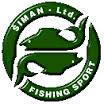 https://hooklineandsinker.ca/wp-content/uploads/2014/01/Jan-Siman-Logo.jpg
104
104
Ray Collesso
https://hooklineandsinker.ca/wp-content/uploads/2014/12/Steelheading-in-the-Snow-900-80-Not-Faded-Actual-1030x91.jpg
Ray Collesso2014-01-15 03:24:372017-01-13 17:48:31Jan Siman Ltd. Fly Tying Materials
https://hooklineandsinker.ca/wp-content/uploads/2014/01/Jan-Siman-Logo.jpg
104
104
Ray Collesso
https://hooklineandsinker.ca/wp-content/uploads/2014/12/Steelheading-in-the-Snow-900-80-Not-Faded-Actual-1030x91.jpg
Ray Collesso2014-01-15 03:24:372017-01-13 17:48:31Jan Siman Ltd. Fly Tying Materials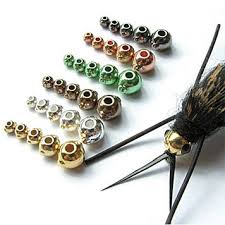 https://hooklineandsinker.ca/wp-content/uploads/2014/12/Steelheading-in-the-Snow-900-80-Not-Faded-Actual-1030x91.jpg
0
0
Ray Collesso
https://hooklineandsinker.ca/wp-content/uploads/2014/12/Steelheading-in-the-Snow-900-80-Not-Faded-Actual-1030x91.jpg
Ray Collesso2014-01-15 03:21:342015-03-04 23:39:16D & K Fly Tying Materials
https://hooklineandsinker.ca/wp-content/uploads/2014/12/Steelheading-in-the-Snow-900-80-Not-Faded-Actual-1030x91.jpg
0
0
Ray Collesso
https://hooklineandsinker.ca/wp-content/uploads/2014/12/Steelheading-in-the-Snow-900-80-Not-Faded-Actual-1030x91.jpg
Ray Collesso2014-01-15 03:21:342015-03-04 23:39:16D & K Fly Tying Materials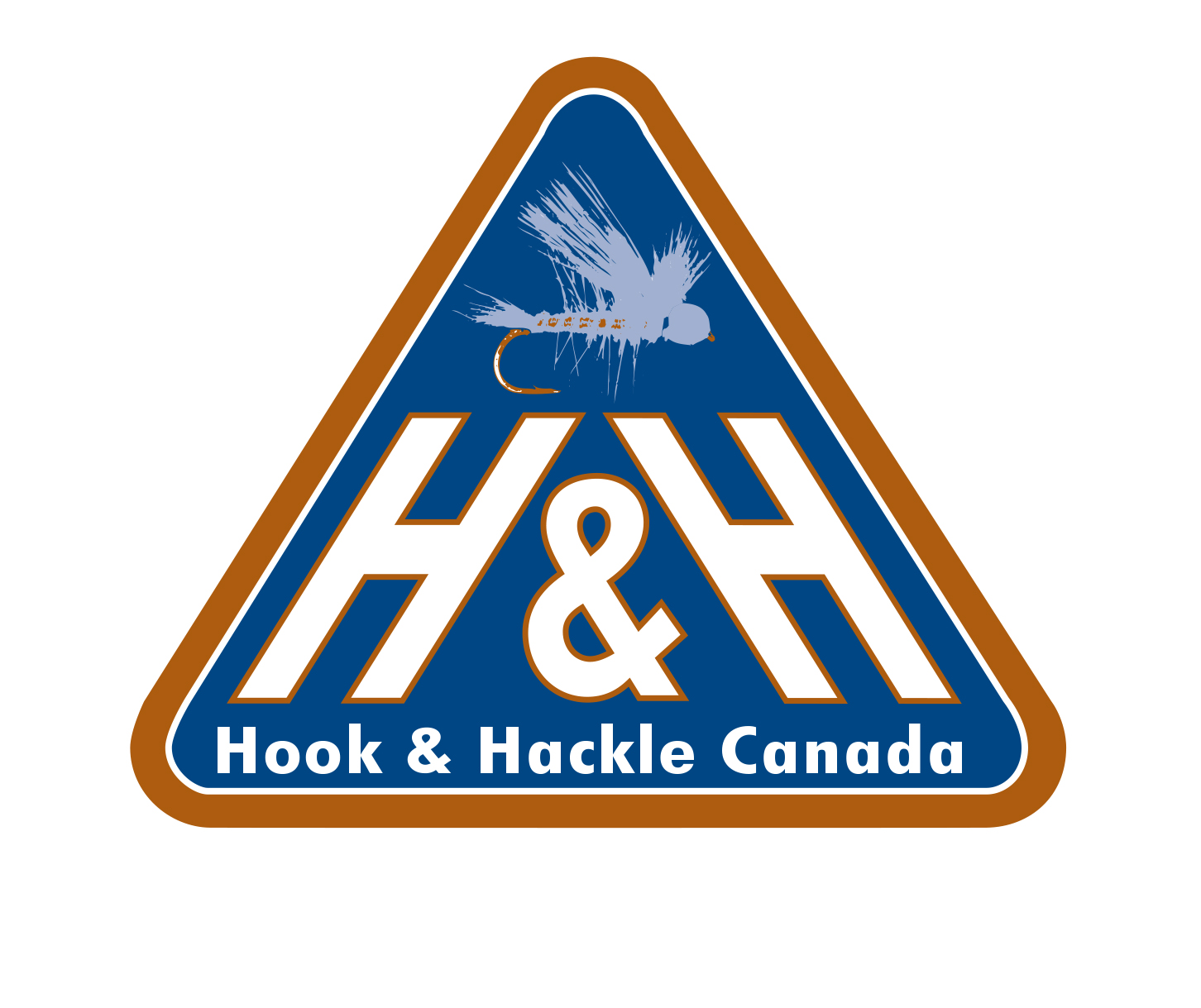 https://hooklineandsinker.ca/wp-content/uploads/2014/01/Hook-Hackle-Logo.jpg
1219
1452
Ray Collesso
https://hooklineandsinker.ca/wp-content/uploads/2014/12/Steelheading-in-the-Snow-900-80-Not-Faded-Actual-1030x91.jpg
Ray Collesso2014-01-15 03:19:362017-04-01 23:55:15Hook & Hackle Canada Fly Tying Materials
https://hooklineandsinker.ca/wp-content/uploads/2014/01/Hook-Hackle-Logo.jpg
1219
1452
Ray Collesso
https://hooklineandsinker.ca/wp-content/uploads/2014/12/Steelheading-in-the-Snow-900-80-Not-Faded-Actual-1030x91.jpg
Ray Collesso2014-01-15 03:19:362017-04-01 23:55:15Hook & Hackle Canada Fly Tying Materials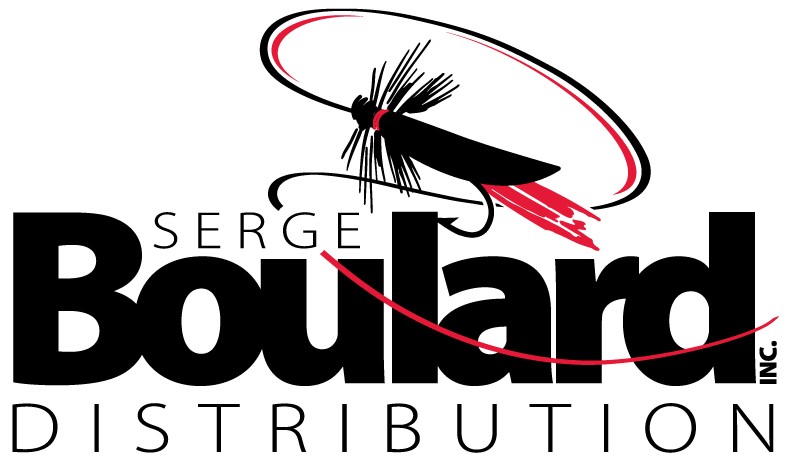 https://hooklineandsinker.ca/wp-content/uploads/2014/01/Serge-Boulard-Logo.jpg
462
792
Ray Collesso
https://hooklineandsinker.ca/wp-content/uploads/2014/12/Steelheading-in-the-Snow-900-80-Not-Faded-Actual-1030x91.jpg
Ray Collesso2014-01-15 03:16:572016-12-04 12:41:30Serge Boulard Fly Tying Materials
https://hooklineandsinker.ca/wp-content/uploads/2014/01/Serge-Boulard-Logo.jpg
462
792
Ray Collesso
https://hooklineandsinker.ca/wp-content/uploads/2014/12/Steelheading-in-the-Snow-900-80-Not-Faded-Actual-1030x91.jpg
Ray Collesso2014-01-15 03:16:572016-12-04 12:41:30Serge Boulard Fly Tying Materials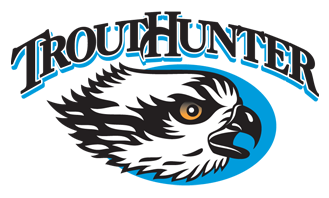 https://hooklineandsinker.ca/wp-content/uploads/2014/01/Trouthunter-Fly-Tying-Logo-B.png
198
329
Ray Collesso
https://hooklineandsinker.ca/wp-content/uploads/2014/12/Steelheading-in-the-Snow-900-80-Not-Faded-Actual-1030x91.jpg
Ray Collesso2014-01-15 03:12:132017-12-23 23:56:55TroutHunter Fly Tying Materials
https://hooklineandsinker.ca/wp-content/uploads/2014/01/Trouthunter-Fly-Tying-Logo-B.png
198
329
Ray Collesso
https://hooklineandsinker.ca/wp-content/uploads/2014/12/Steelheading-in-the-Snow-900-80-Not-Faded-Actual-1030x91.jpg
Ray Collesso2014-01-15 03:12:132017-12-23 23:56:55TroutHunter Fly Tying Materials https://hooklineandsinker.ca/wp-content/uploads/2014/01/Fly-Angler-Fly-Tying-Materials-fad_logo-new2018_1531722868__59426.original.png
200
292
Ray Collesso
https://hooklineandsinker.ca/wp-content/uploads/2014/12/Steelheading-in-the-Snow-900-80-Not-Faded-Actual-1030x91.jpg
Ray Collesso2014-01-15 03:08:552020-01-21 22:28:11Fly Angler Distributing Inc. Fly Tying Materials
https://hooklineandsinker.ca/wp-content/uploads/2014/01/Fly-Angler-Fly-Tying-Materials-fad_logo-new2018_1531722868__59426.original.png
200
292
Ray Collesso
https://hooklineandsinker.ca/wp-content/uploads/2014/12/Steelheading-in-the-Snow-900-80-Not-Faded-Actual-1030x91.jpg
Ray Collesso2014-01-15 03:08:552020-01-21 22:28:11Fly Angler Distributing Inc. Fly Tying Materials https://hooklineandsinker.ca/wp-content/uploads/2014/01/SLF-Fly-Tying-Materials.jpg
144
351
Ray Collesso
https://hooklineandsinker.ca/wp-content/uploads/2014/12/Steelheading-in-the-Snow-900-80-Not-Faded-Actual-1030x91.jpg
Ray Collesso2014-01-14 22:22:462015-03-04 23:46:13SLF Fly Tying Materials
https://hooklineandsinker.ca/wp-content/uploads/2014/01/SLF-Fly-Tying-Materials.jpg
144
351
Ray Collesso
https://hooklineandsinker.ca/wp-content/uploads/2014/12/Steelheading-in-the-Snow-900-80-Not-Faded-Actual-1030x91.jpg
Ray Collesso2014-01-14 22:22:462015-03-04 23:46:13SLF Fly Tying Materials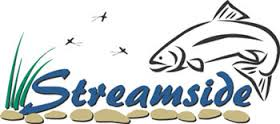 https://hooklineandsinker.ca/wp-content/uploads/2014/01/Streamside-Fly-Tying-Materials.png
124
280
Ray Collesso
https://hooklineandsinker.ca/wp-content/uploads/2014/12/Steelheading-in-the-Snow-900-80-Not-Faded-Actual-1030x91.jpg
Ray Collesso2014-01-14 22:19:162015-03-05 19:34:56Streamside Fly Tying Materials
https://hooklineandsinker.ca/wp-content/uploads/2014/01/Streamside-Fly-Tying-Materials.png
124
280
Ray Collesso
https://hooklineandsinker.ca/wp-content/uploads/2014/12/Steelheading-in-the-Snow-900-80-Not-Faded-Actual-1030x91.jpg
Ray Collesso2014-01-14 22:19:162015-03-05 19:34:56Streamside Fly Tying Materials https://hooklineandsinker.ca/wp-content/uploads/2015/02/first_cast_button.jpg
114
175
Ray Collesso
https://hooklineandsinker.ca/wp-content/uploads/2014/12/Steelheading-in-the-Snow-900-80-Not-Faded-Actual-1030x91.jpg
Ray Collesso2014-01-15 19:21:322015-07-01 22:23:07TFC Fly Tying Hooks
https://hooklineandsinker.ca/wp-content/uploads/2015/02/first_cast_button.jpg
114
175
Ray Collesso
https://hooklineandsinker.ca/wp-content/uploads/2014/12/Steelheading-in-the-Snow-900-80-Not-Faded-Actual-1030x91.jpg
Ray Collesso2014-01-15 19:21:322015-07-01 22:23:07TFC Fly Tying Hooks https://hooklineandsinker.ca/wp-content/uploads/2014/01/TMC-Fly-Tying-Hooks.jpg
132
192
Ray Collesso
https://hooklineandsinker.ca/wp-content/uploads/2014/12/Steelheading-in-the-Snow-900-80-Not-Faded-Actual-1030x91.jpg
Ray Collesso2014-01-14 20:17:072015-07-01 22:25:16TMC Fly Tying Materials
https://hooklineandsinker.ca/wp-content/uploads/2014/01/TMC-Fly-Tying-Hooks.jpg
132
192
Ray Collesso
https://hooklineandsinker.ca/wp-content/uploads/2014/12/Steelheading-in-the-Snow-900-80-Not-Faded-Actual-1030x91.jpg
Ray Collesso2014-01-14 20:17:072015-07-01 22:25:16TMC Fly Tying Materials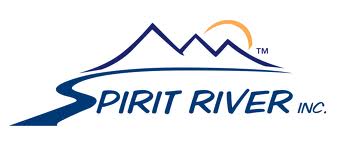 https://hooklineandsinker.ca/wp-content/uploads/2014/01/Spirit-River-Fly-Tying.jpg
147
342
Ray Collesso
https://hooklineandsinker.ca/wp-content/uploads/2014/12/Steelheading-in-the-Snow-900-80-Not-Faded-Actual-1030x91.jpg
Ray Collesso2014-01-14 22:08:482015-07-01 22:24:52Spirit River Fly Tying Materials
https://hooklineandsinker.ca/wp-content/uploads/2014/01/Spirit-River-Fly-Tying.jpg
147
342
Ray Collesso
https://hooklineandsinker.ca/wp-content/uploads/2014/12/Steelheading-in-the-Snow-900-80-Not-Faded-Actual-1030x91.jpg
Ray Collesso2014-01-14 22:08:482015-07-01 22:24:52Spirit River Fly Tying Materials https://hooklineandsinker.ca/wp-content/uploads/2014/01/Wapsi.png
154
328
Ray Collesso
https://hooklineandsinker.ca/wp-content/uploads/2014/12/Steelheading-in-the-Snow-900-80-Not-Faded-Actual-1030x91.jpg
Ray Collesso2014-01-14 22:05:442017-04-16 22:00:22Wapsi Fly Tying Materials
https://hooklineandsinker.ca/wp-content/uploads/2014/01/Wapsi.png
154
328
Ray Collesso
https://hooklineandsinker.ca/wp-content/uploads/2014/12/Steelheading-in-the-Snow-900-80-Not-Faded-Actual-1030x91.jpg
Ray Collesso2014-01-14 22:05:442017-04-16 22:00:22Wapsi Fly Tying Materials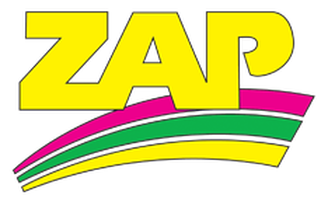 https://hooklineandsinker.ca/wp-content/uploads/2014/01/Zap-A-Gap-product-image-B.png
202
328
Ray Collesso
https://hooklineandsinker.ca/wp-content/uploads/2014/12/Steelheading-in-the-Snow-900-80-Not-Faded-Actual-1030x91.jpg
Ray Collesso2014-01-14 21:55:412017-01-22 18:27:01Zap-A-Gap Fly Tying Materials – Pacer Technology
https://hooklineandsinker.ca/wp-content/uploads/2014/01/Zap-A-Gap-product-image-B.png
202
328
Ray Collesso
https://hooklineandsinker.ca/wp-content/uploads/2014/12/Steelheading-in-the-Snow-900-80-Not-Faded-Actual-1030x91.jpg
Ray Collesso2014-01-14 21:55:412017-01-22 18:27:01Zap-A-Gap Fly Tying Materials – Pacer Technology https://hooklineandsinker.ca/wp-content/uploads/2014/01/Tuffleye-Fly-Tying.jpg
125
173
Ray Collesso
https://hooklineandsinker.ca/wp-content/uploads/2014/12/Steelheading-in-the-Snow-900-80-Not-Faded-Actual-1030x91.jpg
Ray Collesso2014-01-14 21:53:022015-03-05 19:48:15Tuffleye Fly Tying Materials
https://hooklineandsinker.ca/wp-content/uploads/2014/01/Tuffleye-Fly-Tying.jpg
125
173
Ray Collesso
https://hooklineandsinker.ca/wp-content/uploads/2014/12/Steelheading-in-the-Snow-900-80-Not-Faded-Actual-1030x91.jpg
Ray Collesso2014-01-14 21:53:022015-03-05 19:48:15Tuffleye Fly Tying Materials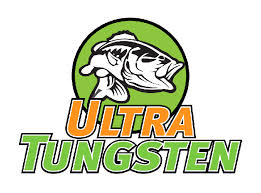 https://hooklineandsinker.ca/wp-content/uploads/2014/01/Ultra-Tungsten-Logo.jpg
193
261
Ray Collesso
https://hooklineandsinker.ca/wp-content/uploads/2014/12/Steelheading-in-the-Snow-900-80-Not-Faded-Actual-1030x91.jpg
Ray Collesso2014-01-14 20:59:232015-03-05 19:51:02Ultra Tungsten Fly Tying Materials
https://hooklineandsinker.ca/wp-content/uploads/2014/01/Ultra-Tungsten-Logo.jpg
193
261
Ray Collesso
https://hooklineandsinker.ca/wp-content/uploads/2014/12/Steelheading-in-the-Snow-900-80-Not-Faded-Actual-1030x91.jpg
Ray Collesso2014-01-14 20:59:232015-03-05 19:51:02Ultra Tungsten Fly Tying Materials https://hooklineandsinker.ca/wp-content/uploads/2014/01/Rip-Lips-Fishing-Fly-Tying.jpg
128
192
Ray Collesso
https://hooklineandsinker.ca/wp-content/uploads/2014/12/Steelheading-in-the-Snow-900-80-Not-Faded-Actual-1030x91.jpg
Ray Collesso2014-01-14 20:55:532015-03-05 19:54:13Rip Lips Fishing Fly Tying Materials
https://hooklineandsinker.ca/wp-content/uploads/2014/01/Rip-Lips-Fishing-Fly-Tying.jpg
128
192
Ray Collesso
https://hooklineandsinker.ca/wp-content/uploads/2014/12/Steelheading-in-the-Snow-900-80-Not-Faded-Actual-1030x91.jpg
Ray Collesso2014-01-14 20:55:532015-03-05 19:54:13Rip Lips Fishing Fly Tying Materials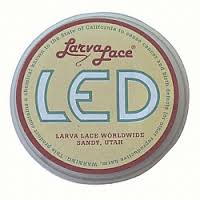 https://hooklineandsinker.ca/wp-content/uploads/2014/01/Larva-Lace-Fly-Tying.jpg
200
200
Ray Collesso
https://hooklineandsinker.ca/wp-content/uploads/2014/12/Steelheading-in-the-Snow-900-80-Not-Faded-Actual-1030x91.jpg
Ray Collesso2014-01-14 20:33:162017-03-18 22:52:52Larva Lace Tying Flying Materials
https://hooklineandsinker.ca/wp-content/uploads/2014/01/Larva-Lace-Fly-Tying.jpg
200
200
Ray Collesso
https://hooklineandsinker.ca/wp-content/uploads/2014/12/Steelheading-in-the-Snow-900-80-Not-Faded-Actual-1030x91.jpg
Ray Collesso2014-01-14 20:33:162017-03-18 22:52:52Larva Lace Tying Flying Materials https://hooklineandsinker.ca/wp-content/uploads/2014/01/Montana-Fly-Compant-Fly-Tying1.jpg
177
284
Ray Collesso
https://hooklineandsinker.ca/wp-content/uploads/2014/12/Steelheading-in-the-Snow-900-80-Not-Faded-Actual-1030x91.jpg
Ray Collesso2014-01-14 20:06:232015-07-01 22:25:24Montana Fly Co. Fly Tying Materials ( MFC )
https://hooklineandsinker.ca/wp-content/uploads/2014/01/Montana-Fly-Compant-Fly-Tying1.jpg
177
284
Ray Collesso
https://hooklineandsinker.ca/wp-content/uploads/2014/12/Steelheading-in-the-Snow-900-80-Not-Faded-Actual-1030x91.jpg
Ray Collesso2014-01-14 20:06:232015-07-01 22:25:24Montana Fly Co. Fly Tying Materials ( MFC )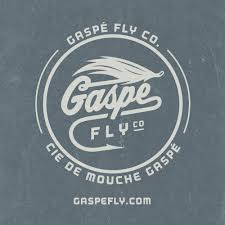 https://hooklineandsinker.ca/wp-content/uploads/2014/01/Gaspe-Fly-company-Fly-Tying.png
225
225
Ray Collesso
https://hooklineandsinker.ca/wp-content/uploads/2014/12/Steelheading-in-the-Snow-900-80-Not-Faded-Actual-1030x91.jpg
Ray Collesso2014-01-14 20:27:372015-09-10 17:55:34Gaspe Fly CO. Fly Tying Materials
https://hooklineandsinker.ca/wp-content/uploads/2014/01/Gaspe-Fly-company-Fly-Tying.png
225
225
Ray Collesso
https://hooklineandsinker.ca/wp-content/uploads/2014/12/Steelheading-in-the-Snow-900-80-Not-Faded-Actual-1030x91.jpg
Ray Collesso2014-01-14 20:27:372015-09-10 17:55:34Gaspe Fly CO. Fly Tying Materials https://hooklineandsinker.ca/wp-content/uploads/2014/01/H2O-fishient-fishing-logo.png
210
218
Ray Collesso
https://hooklineandsinker.ca/wp-content/uploads/2014/12/Steelheading-in-the-Snow-900-80-Not-Faded-Actual-1030x91.jpg
Ray Collesso2014-01-14 20:21:122017-01-26 19:46:48Just Add H2O – Fishient Fly Tying Materials
https://hooklineandsinker.ca/wp-content/uploads/2014/01/H2O-fishient-fishing-logo.png
210
218
Ray Collesso
https://hooklineandsinker.ca/wp-content/uploads/2014/12/Steelheading-in-the-Snow-900-80-Not-Faded-Actual-1030x91.jpg
Ray Collesso2014-01-14 20:21:122017-01-26 19:46:48Just Add H2O – Fishient Fly Tying Materials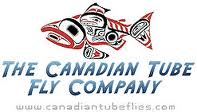 https://hooklineandsinker.ca/wp-content/uploads/2014/01/The-Canadian-Tube-Fly-Company.jpg
112
197
Ray Collesso
https://hooklineandsinker.ca/wp-content/uploads/2014/12/Steelheading-in-the-Snow-900-80-Not-Faded-Actual-1030x91.jpg
Ray Collesso2014-01-14 22:15:042015-07-01 22:24:42The Canadian Tube Fly Co. Fly Tying Materials
https://hooklineandsinker.ca/wp-content/uploads/2014/01/The-Canadian-Tube-Fly-Company.jpg
112
197
Ray Collesso
https://hooklineandsinker.ca/wp-content/uploads/2014/12/Steelheading-in-the-Snow-900-80-Not-Faded-Actual-1030x91.jpg
Ray Collesso2014-01-14 22:15:042015-07-01 22:24:42The Canadian Tube Fly Co. Fly Tying Materials https://hooklineandsinker.ca/wp-content/uploads/2014/01/Performance-Flies-Fly-Tying.jpg
111
455
Ray Collesso
https://hooklineandsinker.ca/wp-content/uploads/2014/12/Steelheading-in-the-Snow-900-80-Not-Faded-Actual-1030x91.jpg
Ray Collesso2014-01-14 20:13:382015-03-05 20:09:41Performance Flies Fly Tying Materials
https://hooklineandsinker.ca/wp-content/uploads/2014/01/Performance-Flies-Fly-Tying.jpg
111
455
Ray Collesso
https://hooklineandsinker.ca/wp-content/uploads/2014/12/Steelheading-in-the-Snow-900-80-Not-Faded-Actual-1030x91.jpg
Ray Collesso2014-01-14 20:13:382015-03-05 20:09:41Performance Flies Fly Tying Materials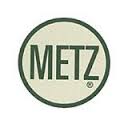 https://hooklineandsinker.ca/wp-content/uploads/2014/01/Metz-Fly-Tying.jpg
128
128
Ray Collesso
https://hooklineandsinker.ca/wp-content/uploads/2014/12/Steelheading-in-the-Snow-900-80-Not-Faded-Actual-1030x91.jpg
Ray Collesso2014-01-14 20:11:412015-03-05 20:11:10Metz Fly Tying Materials
https://hooklineandsinker.ca/wp-content/uploads/2014/01/Metz-Fly-Tying.jpg
128
128
Ray Collesso
https://hooklineandsinker.ca/wp-content/uploads/2014/12/Steelheading-in-the-Snow-900-80-Not-Faded-Actual-1030x91.jpg
Ray Collesso2014-01-14 20:11:412015-03-05 20:11:10Metz Fly Tying Materials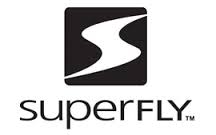 https://hooklineandsinker.ca/wp-content/uploads/2014/01/Superfly-Fly-Tying-Materials.jpg
135
216
Ray Collesso
https://hooklineandsinker.ca/wp-content/uploads/2014/12/Steelheading-in-the-Snow-900-80-Not-Faded-Actual-1030x91.jpg
Ray Collesso2014-01-14 22:16:252015-07-01 22:24:32SuperFLY Tying Materials
https://hooklineandsinker.ca/wp-content/uploads/2014/01/Superfly-Fly-Tying-Materials.jpg
135
216
Ray Collesso
https://hooklineandsinker.ca/wp-content/uploads/2014/12/Steelheading-in-the-Snow-900-80-Not-Faded-Actual-1030x91.jpg
Ray Collesso2014-01-14 22:16:252015-07-01 22:24:32SuperFLY Tying Materials https://hooklineandsinker.ca/wp-content/uploads/2014/01/Ray-Rumpf-Fly-Tying-Logo-Resized-for-Web.jpg
921
1280
Ray Collesso
https://hooklineandsinker.ca/wp-content/uploads/2014/12/Steelheading-in-the-Snow-900-80-Not-Faded-Actual-1030x91.jpg
Ray Collesso2014-01-14 20:04:272015-02-05 17:41:14Rumpf Fly Tying Materials
https://hooklineandsinker.ca/wp-content/uploads/2014/01/Ray-Rumpf-Fly-Tying-Logo-Resized-for-Web.jpg
921
1280
Ray Collesso
https://hooklineandsinker.ca/wp-content/uploads/2014/12/Steelheading-in-the-Snow-900-80-Not-Faded-Actual-1030x91.jpg
Ray Collesso2014-01-14 20:04:272015-02-05 17:41:14Rumpf Fly Tying Materials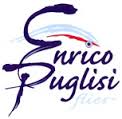 https://hooklineandsinker.ca/wp-content/uploads/2014/01/Enrico-Puglisi-Fly-Tying.jpg
119
122
Ray Collesso
https://hooklineandsinker.ca/wp-content/uploads/2014/12/Steelheading-in-the-Snow-900-80-Not-Faded-Actual-1030x91.jpg
Ray Collesso2014-01-14 19:56:512018-02-24 20:51:53Enrico Puglisi Fly Tying Materials
https://hooklineandsinker.ca/wp-content/uploads/2014/01/Enrico-Puglisi-Fly-Tying.jpg
119
122
Ray Collesso
https://hooklineandsinker.ca/wp-content/uploads/2014/12/Steelheading-in-the-Snow-900-80-Not-Faded-Actual-1030x91.jpg
Ray Collesso2014-01-14 19:56:512018-02-24 20:51:53Enrico Puglisi Fly Tying Materials https://hooklineandsinker.ca/wp-content/uploads/2014/01/Marc-Petitjean-Tools.jpg
63
120
Ray Collesso
https://hooklineandsinker.ca/wp-content/uploads/2014/12/Steelheading-in-the-Snow-900-80-Not-Faded-Actual-1030x91.jpg
Ray Collesso2014-01-14 19:54:052015-03-05 20:23:35Marc Petitjean Fly Tying Materials
https://hooklineandsinker.ca/wp-content/uploads/2014/01/Marc-Petitjean-Tools.jpg
63
120
Ray Collesso
https://hooklineandsinker.ca/wp-content/uploads/2014/12/Steelheading-in-the-Snow-900-80-Not-Faded-Actual-1030x91.jpg
Ray Collesso2014-01-14 19:54:052015-03-05 20:23:35Marc Petitjean Fly Tying Materials https://hooklineandsinker.ca/wp-content/uploads/2014/01/Eumer-Fly-Tying.jpg
136
354
Ray Collesso
https://hooklineandsinker.ca/wp-content/uploads/2014/12/Steelheading-in-the-Snow-900-80-Not-Faded-Actual-1030x91.jpg
Ray Collesso2014-01-14 19:47:412015-03-05 20:21:39Eumer Fly Tying Materials
https://hooklineandsinker.ca/wp-content/uploads/2014/01/Eumer-Fly-Tying.jpg
136
354
Ray Collesso
https://hooklineandsinker.ca/wp-content/uploads/2014/12/Steelheading-in-the-Snow-900-80-Not-Faded-Actual-1030x91.jpg
Ray Collesso2014-01-14 19:47:412015-03-05 20:21:39Eumer Fly Tying Materials https://hooklineandsinker.ca/wp-content/uploads/2014/01/Keough-Fly-Hackle.jpg
60
120
Ray Collesso
https://hooklineandsinker.ca/wp-content/uploads/2014/12/Steelheading-in-the-Snow-900-80-Not-Faded-Actual-1030x91.jpg
Ray Collesso2014-01-14 19:23:462015-03-05 20:22:46Keough Fly Hackle Fly Tying Materials
https://hooklineandsinker.ca/wp-content/uploads/2014/01/Keough-Fly-Hackle.jpg
60
120
Ray Collesso
https://hooklineandsinker.ca/wp-content/uploads/2014/12/Steelheading-in-the-Snow-900-80-Not-Faded-Actual-1030x91.jpg
Ray Collesso2014-01-14 19:23:462015-03-05 20:22:46Keough Fly Hackle Fly Tying Materials https://hooklineandsinker.ca/wp-content/uploads/2014/01/Whiting-Fly-Tying-Materials-Logo.jpg
96
136
Ray Collesso
https://hooklineandsinker.ca/wp-content/uploads/2014/12/Steelheading-in-the-Snow-900-80-Not-Faded-Actual-1030x91.jpg
Ray Collesso2014-01-14 19:07:532018-09-13 19:20:35Whiting Fly Hackle Fly Tying Materials
https://hooklineandsinker.ca/wp-content/uploads/2014/01/Whiting-Fly-Tying-Materials-Logo.jpg
96
136
Ray Collesso
https://hooklineandsinker.ca/wp-content/uploads/2014/12/Steelheading-in-the-Snow-900-80-Not-Faded-Actual-1030x91.jpg
Ray Collesso2014-01-14 19:07:532018-09-13 19:20:35Whiting Fly Hackle Fly Tying Materials https://hooklineandsinker.ca/wp-content/uploads/2014/01/Umpqua-Fishing-Line.jpg
77
154
Ray Collesso
https://hooklineandsinker.ca/wp-content/uploads/2014/12/Steelheading-in-the-Snow-900-80-Not-Faded-Actual-1030x91.jpg
Ray Collesso2014-01-14 19:01:412015-07-01 22:25:43Umpqua Feather Merchants Fly Tying Materials
https://hooklineandsinker.ca/wp-content/uploads/2014/01/Umpqua-Fishing-Line.jpg
77
154
Ray Collesso
https://hooklineandsinker.ca/wp-content/uploads/2014/12/Steelheading-in-the-Snow-900-80-Not-Faded-Actual-1030x91.jpg
Ray Collesso2014-01-14 19:01:412015-07-01 22:25:43Umpqua Feather Merchants Fly Tying Materials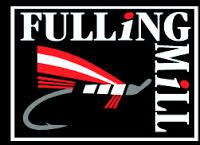 https://hooklineandsinker.ca/wp-content/uploads/2014/01/Fulling-Mill-FlyTying-Logo.jpg
145
200
Ray Collesso
https://hooklineandsinker.ca/wp-content/uploads/2014/12/Steelheading-in-the-Snow-900-80-Not-Faded-Actual-1030x91.jpg
Ray Collesso2014-01-14 18:58:412017-08-25 10:10:32Fulling Mill Fly Tying Materials
https://hooklineandsinker.ca/wp-content/uploads/2014/01/Fulling-Mill-FlyTying-Logo.jpg
145
200
Ray Collesso
https://hooklineandsinker.ca/wp-content/uploads/2014/12/Steelheading-in-the-Snow-900-80-Not-Faded-Actual-1030x91.jpg
Ray Collesso2014-01-14 18:58:412017-08-25 10:10:32Fulling Mill Fly Tying Materials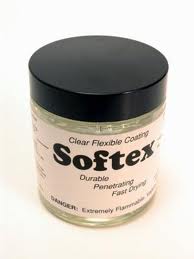 https://hooklineandsinker.ca/wp-content/uploads/2014/01/Softex.jpg
259
194
Ray Collesso
https://hooklineandsinker.ca/wp-content/uploads/2014/12/Steelheading-in-the-Snow-900-80-Not-Faded-Actual-1030x91.jpg
Ray Collesso2014-01-14 18:55:232015-03-05 20:39:53Softex Fly Tying Materials
https://hooklineandsinker.ca/wp-content/uploads/2014/01/Softex.jpg
259
194
Ray Collesso
https://hooklineandsinker.ca/wp-content/uploads/2014/12/Steelheading-in-the-Snow-900-80-Not-Faded-Actual-1030x91.jpg
Ray Collesso2014-01-14 18:55:232015-03-05 20:39:53Softex Fly Tying Materials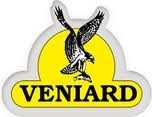 https://hooklineandsinker.ca/wp-content/uploads/2014/01/Veniard-Fly-Tying-Materials.jpg
117
152
Ray Collesso
https://hooklineandsinker.ca/wp-content/uploads/2014/12/Steelheading-in-the-Snow-900-80-Not-Faded-Actual-1030x91.jpg
Ray Collesso2014-01-14 03:34:562015-04-20 22:20:17Veniard Fly Tying Materials
https://hooklineandsinker.ca/wp-content/uploads/2014/01/Veniard-Fly-Tying-Materials.jpg
117
152
Ray Collesso
https://hooklineandsinker.ca/wp-content/uploads/2014/12/Steelheading-in-the-Snow-900-80-Not-Faded-Actual-1030x91.jpg
Ray Collesso2014-01-14 03:34:562015-04-20 22:20:17Veniard Fly Tying Materials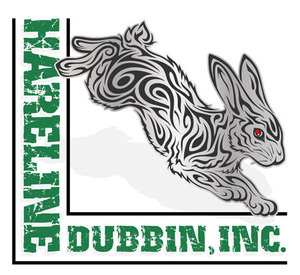 https://hooklineandsinker.ca/wp-content/uploads/2014/01/HARELINE.jpg
275
300
Ray Collesso
https://hooklineandsinker.ca/wp-content/uploads/2014/12/Steelheading-in-the-Snow-900-80-Not-Faded-Actual-1030x91.jpg
Ray Collesso2014-01-14 03:31:402017-09-10 19:48:05Hareline Fly Tying Materials
https://hooklineandsinker.ca/wp-content/uploads/2014/01/HARELINE.jpg
275
300
Ray Collesso
https://hooklineandsinker.ca/wp-content/uploads/2014/12/Steelheading-in-the-Snow-900-80-Not-Faded-Actual-1030x91.jpg
Ray Collesso2014-01-14 03:31:402017-09-10 19:48:05Hareline Fly Tying Materials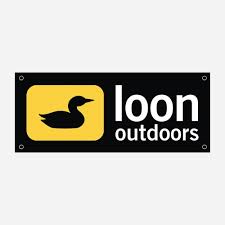 https://hooklineandsinker.ca/wp-content/uploads/2014/01/Loon-Outdoors-Fly-Tying.jpg
225
225
Ray Collesso
https://hooklineandsinker.ca/wp-content/uploads/2014/12/Steelheading-in-the-Snow-900-80-Not-Faded-Actual-1030x91.jpg
Ray Collesso2014-01-14 02:22:282017-12-23 22:36:04Loon Outdoors UV Clear Fly Finish – Thick, Flow & Thin
https://hooklineandsinker.ca/wp-content/uploads/2014/01/Loon-Outdoors-Fly-Tying.jpg
225
225
Ray Collesso
https://hooklineandsinker.ca/wp-content/uploads/2014/12/Steelheading-in-the-Snow-900-80-Not-Faded-Actual-1030x91.jpg
Ray Collesso2014-01-14 02:22:282017-12-23 22:36:04Loon Outdoors UV Clear Fly Finish – Thick, Flow & Thin https://hooklineandsinker.ca/wp-content/uploads/2013/12/Tungsten-fly-fishing-beads.jpg
225
225
Ray Collesso
https://hooklineandsinker.ca/wp-content/uploads/2014/12/Steelheading-in-the-Snow-900-80-Not-Faded-Actual-1030x91.jpg
Ray Collesso2013-12-28 21:02:052019-03-16 20:49:34Tungsten Beads For Fly Tying
https://hooklineandsinker.ca/wp-content/uploads/2013/12/Tungsten-fly-fishing-beads.jpg
225
225
Ray Collesso
https://hooklineandsinker.ca/wp-content/uploads/2014/12/Steelheading-in-the-Snow-900-80-Not-Faded-Actual-1030x91.jpg
Ray Collesso2013-12-28 21:02:052019-03-16 20:49:34Tungsten Beads For Fly TyingServices
 https://hooklineandsinker.ca/wp-content/uploads/2023/03/IMG_0479-scaled.jpg
1749
2560
HLSAdmin
https://hooklineandsinker.ca/wp-content/uploads/2014/12/Steelheading-in-the-Snow-900-80-Not-Faded-Actual-1030x91.jpg
HLSAdmin2023-03-20 12:58:332023-03-20 16:51:51Retirement Announcement
https://hooklineandsinker.ca/wp-content/uploads/2023/03/IMG_0479-scaled.jpg
1749
2560
HLSAdmin
https://hooklineandsinker.ca/wp-content/uploads/2014/12/Steelheading-in-the-Snow-900-80-Not-Faded-Actual-1030x91.jpg
HLSAdmin2023-03-20 12:58:332023-03-20 16:51:51Retirement Announcement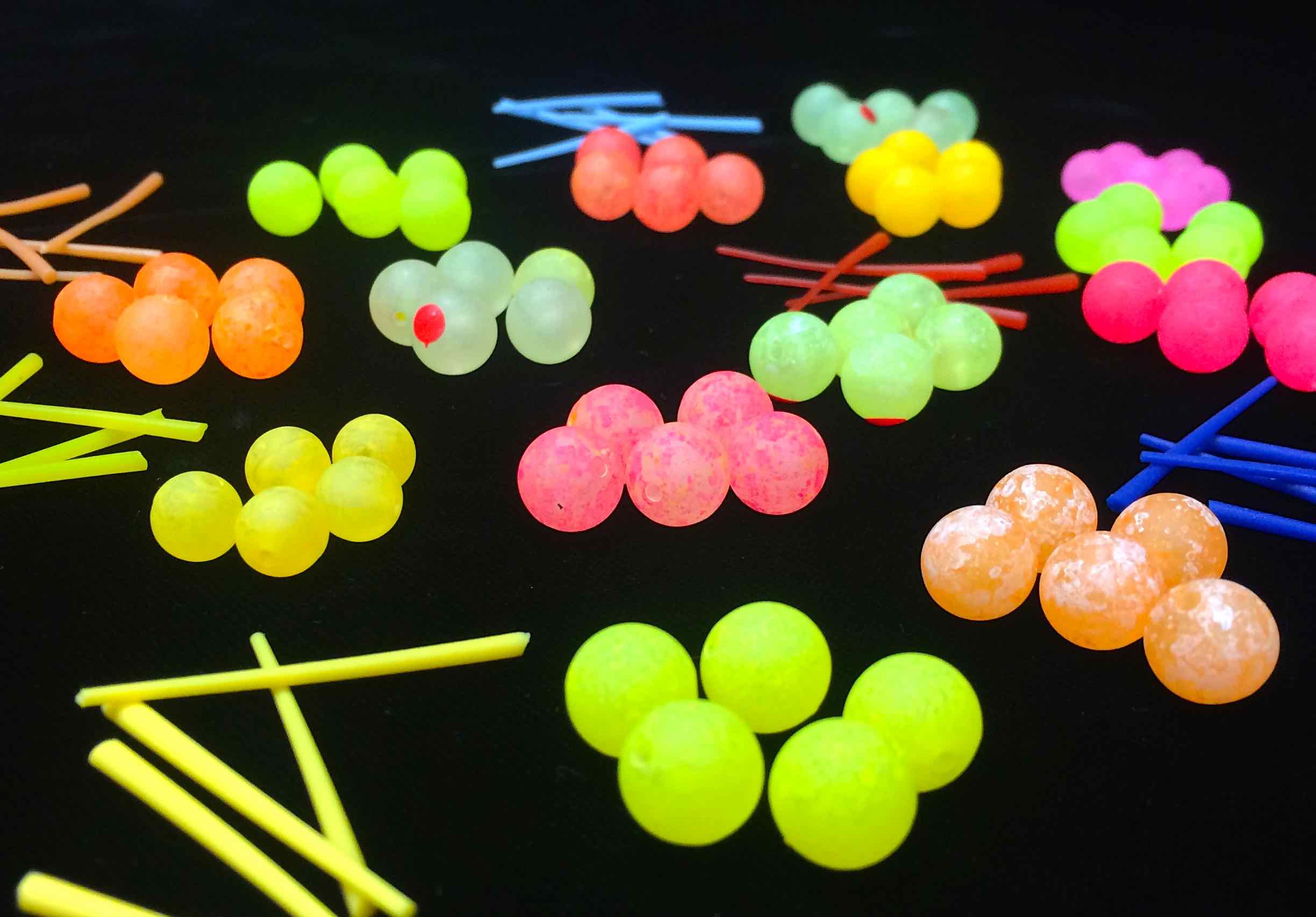 https://hooklineandsinker.ca/wp-content/uploads/2015/07/HLS-Custom-UV-Beads-and-HLS-Bead-Pegs-AA.jpg
1706
2448
Ray Collesso
https://hooklineandsinker.ca/wp-content/uploads/2014/12/Steelheading-in-the-Snow-900-80-Not-Faded-Actual-1030x91.jpg
Ray Collesso2014-11-24 16:01:142018-06-03 13:06:57HLS Custom UV Ultra Violet Steelhead Beads
https://hooklineandsinker.ca/wp-content/uploads/2015/07/HLS-Custom-UV-Beads-and-HLS-Bead-Pegs-AA.jpg
1706
2448
Ray Collesso
https://hooklineandsinker.ca/wp-content/uploads/2014/12/Steelheading-in-the-Snow-900-80-Not-Faded-Actual-1030x91.jpg
Ray Collesso2014-11-24 16:01:142018-06-03 13:06:57HLS Custom UV Ultra Violet Steelhead Beads https://hooklineandsinker.ca/wp-content/uploads/2014/10/Custom-HLS-Acrylic-Reel-Seat-Butt-Cap-and-Islander-Handle-Conversion-Replacement-A.jpg
270
360
Ray Collesso
https://hooklineandsinker.ca/wp-content/uploads/2014/12/Steelheading-in-the-Snow-900-80-Not-Faded-Actual-1030x91.jpg
Ray Collesso2014-10-15 22:24:142017-02-12 18:43:27Custom Reel Seats for Rod Building
https://hooklineandsinker.ca/wp-content/uploads/2014/10/Custom-HLS-Acrylic-Reel-Seat-Butt-Cap-and-Islander-Handle-Conversion-Replacement-A.jpg
270
360
Ray Collesso
https://hooklineandsinker.ca/wp-content/uploads/2014/12/Steelheading-in-the-Snow-900-80-Not-Faded-Actual-1030x91.jpg
Ray Collesso2014-10-15 22:24:142017-02-12 18:43:27Custom Reel Seats for Rod Building https://hooklineandsinker.ca/wp-content/uploads/2014/01/Custom-IMX-ST1562-cw-Jungle-Cock-Inlays-Resized-for-Web.jpg
2448
2448
Ray Collesso
https://hooklineandsinker.ca/wp-content/uploads/2014/12/Steelheading-in-the-Snow-900-80-Not-Faded-Actual-1030x91.jpg
Ray Collesso2014-01-08 11:51:302017-01-16 22:57:27Custom Rod Building, Rod Building Components and Custom Rod Parts
https://hooklineandsinker.ca/wp-content/uploads/2014/01/Custom-IMX-ST1562-cw-Jungle-Cock-Inlays-Resized-for-Web.jpg
2448
2448
Ray Collesso
https://hooklineandsinker.ca/wp-content/uploads/2014/12/Steelheading-in-the-Snow-900-80-Not-Faded-Actual-1030x91.jpg
Ray Collesso2014-01-08 11:51:302017-01-16 22:57:27Custom Rod Building, Rod Building Components and Custom Rod Parts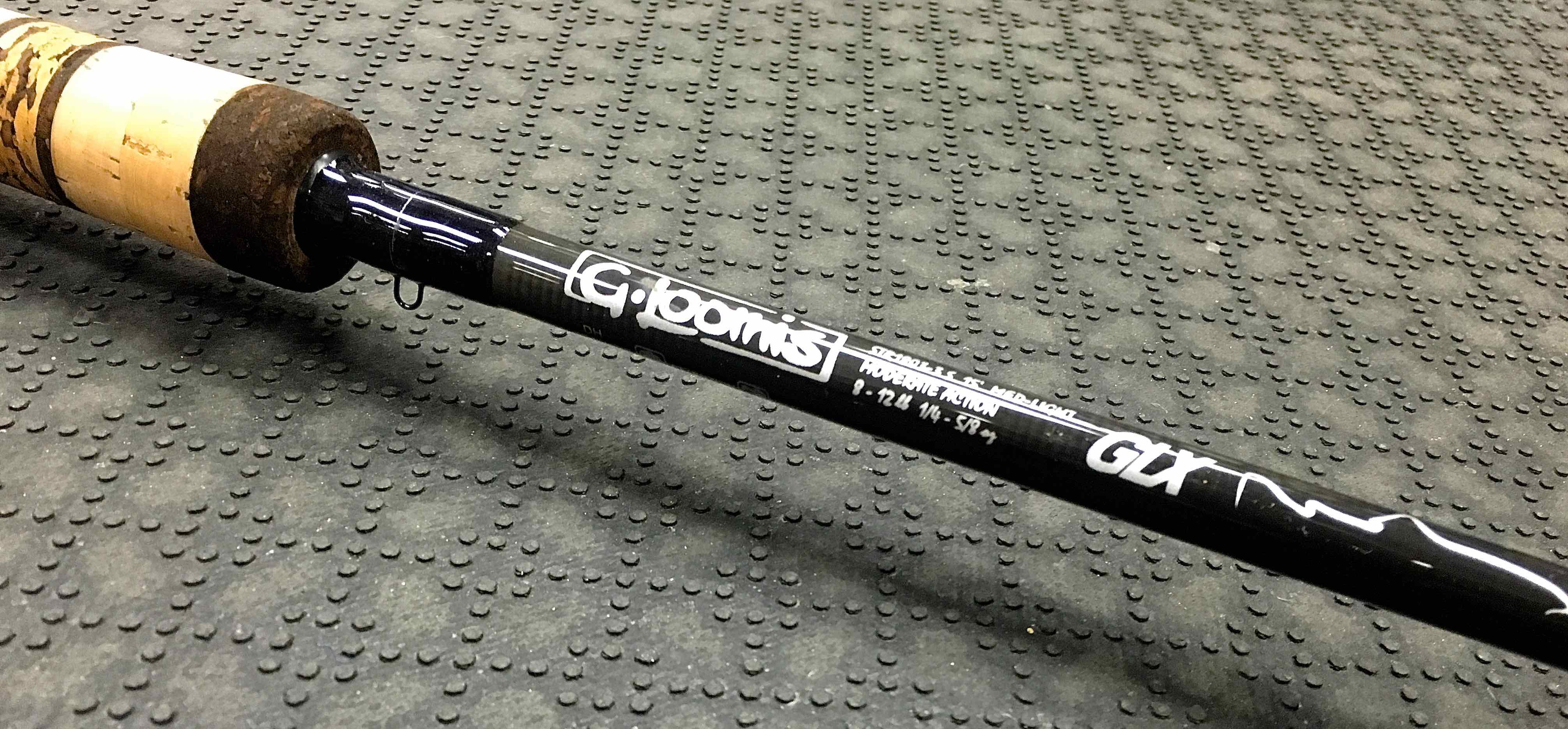 https://hooklineandsinker.ca/wp-content/uploads/2016/08/GLX-Strip-and-Rebuild-Cork-Handle-with-Custom-Reel-Seat-and-Hook-Keeper-CCC.jpg
1871
4026
HLSAdmin
https://hooklineandsinker.ca/wp-content/uploads/2014/12/Steelheading-in-the-Snow-900-80-Not-Faded-Actual-1030x91.jpg
HLSAdmin2016-08-17 22:43:022018-08-06 14:52:52G. Loomis GLX & IMX Centerpin Float Rod Handle Conversion
https://hooklineandsinker.ca/wp-content/uploads/2016/08/GLX-Strip-and-Rebuild-Cork-Handle-with-Custom-Reel-Seat-and-Hook-Keeper-CCC.jpg
1871
4026
HLSAdmin
https://hooklineandsinker.ca/wp-content/uploads/2014/12/Steelheading-in-the-Snow-900-80-Not-Faded-Actual-1030x91.jpg
HLSAdmin2016-08-17 22:43:022018-08-06 14:52:52G. Loomis GLX & IMX Centerpin Float Rod Handle Conversion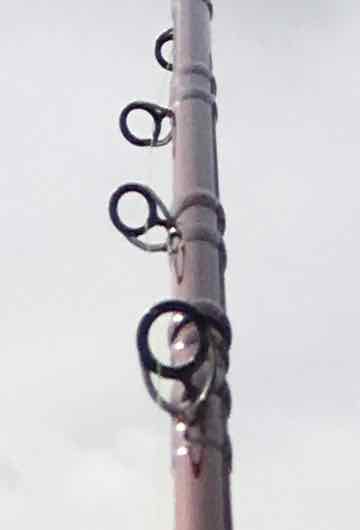 https://hooklineandsinker.ca/wp-content/uploads/2017/03/Sage-Method-6119-4X22-BBBB.jpg
530
360
HLSAdmin
https://hooklineandsinker.ca/wp-content/uploads/2014/12/Steelheading-in-the-Snow-900-80-Not-Faded-Actual-1030x91.jpg
HLSAdmin2017-03-05 00:01:112019-08-25 19:45:22Custom Acid Rod or Spiral Wrap Guides on Longer Baitcast Rods for Steelheading
https://hooklineandsinker.ca/wp-content/uploads/2017/03/Sage-Method-6119-4X22-BBBB.jpg
530
360
HLSAdmin
https://hooklineandsinker.ca/wp-content/uploads/2014/12/Steelheading-in-the-Snow-900-80-Not-Faded-Actual-1030x91.jpg
HLSAdmin2017-03-05 00:01:112019-08-25 19:45:22Custom Acid Rod or Spiral Wrap Guides on Longer Baitcast Rods for Steelheading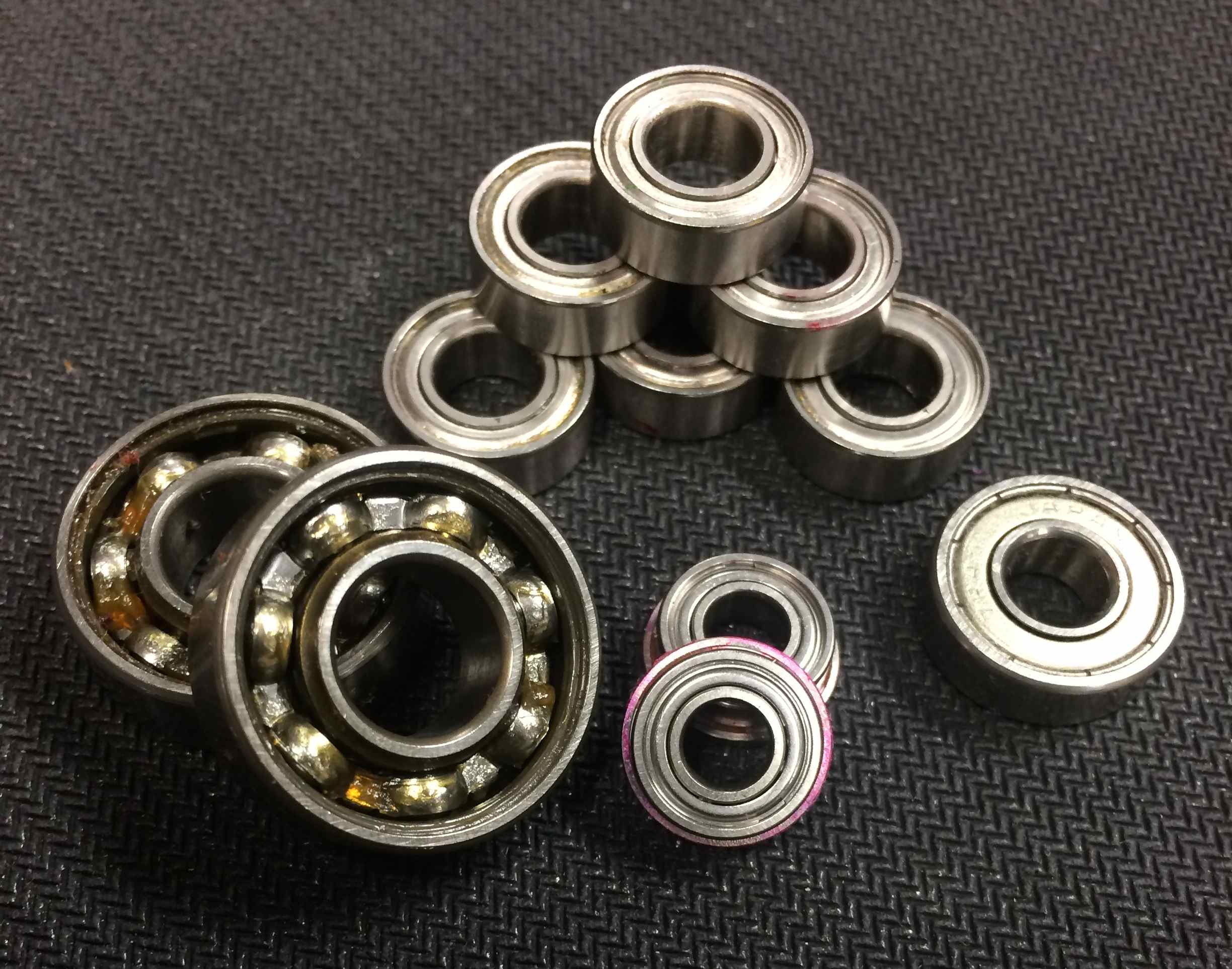 https://hooklineandsinker.ca/wp-content/uploads/2014/10/Float-Centerpin-Reel-Bearings-B-Resized.jpg
1925
2448
Ray Collesso
https://hooklineandsinker.ca/wp-content/uploads/2014/12/Steelheading-in-the-Snow-900-80-Not-Faded-Actual-1030x91.jpg
Ray Collesso2014-10-21 22:58:282019-05-06 20:35:45Centerpin Float Reel & Fly Reel Bearing Replacement
https://hooklineandsinker.ca/wp-content/uploads/2014/10/Float-Centerpin-Reel-Bearings-B-Resized.jpg
1925
2448
Ray Collesso
https://hooklineandsinker.ca/wp-content/uploads/2014/12/Steelheading-in-the-Snow-900-80-Not-Faded-Actual-1030x91.jpg
Ray Collesso2014-10-21 22:58:282019-05-06 20:35:45Centerpin Float Reel & Fly Reel Bearing Replacement https://hooklineandsinker.ca/wp-content/uploads/2015/01/streamrunner3.jpg
333
500
HLSAdmin
https://hooklineandsinker.ca/wp-content/uploads/2014/12/Steelheading-in-the-Snow-900-80-Not-Faded-Actual-1030x91.jpg
HLSAdmin2015-01-08 19:04:342017-01-16 23:14:11Centerpin Float Reel Repairs
https://hooklineandsinker.ca/wp-content/uploads/2015/01/streamrunner3.jpg
333
500
HLSAdmin
https://hooklineandsinker.ca/wp-content/uploads/2014/12/Steelheading-in-the-Snow-900-80-Not-Faded-Actual-1030x91.jpg
HLSAdmin2015-01-08 19:04:342017-01-16 23:14:11Centerpin Float Reel Repairs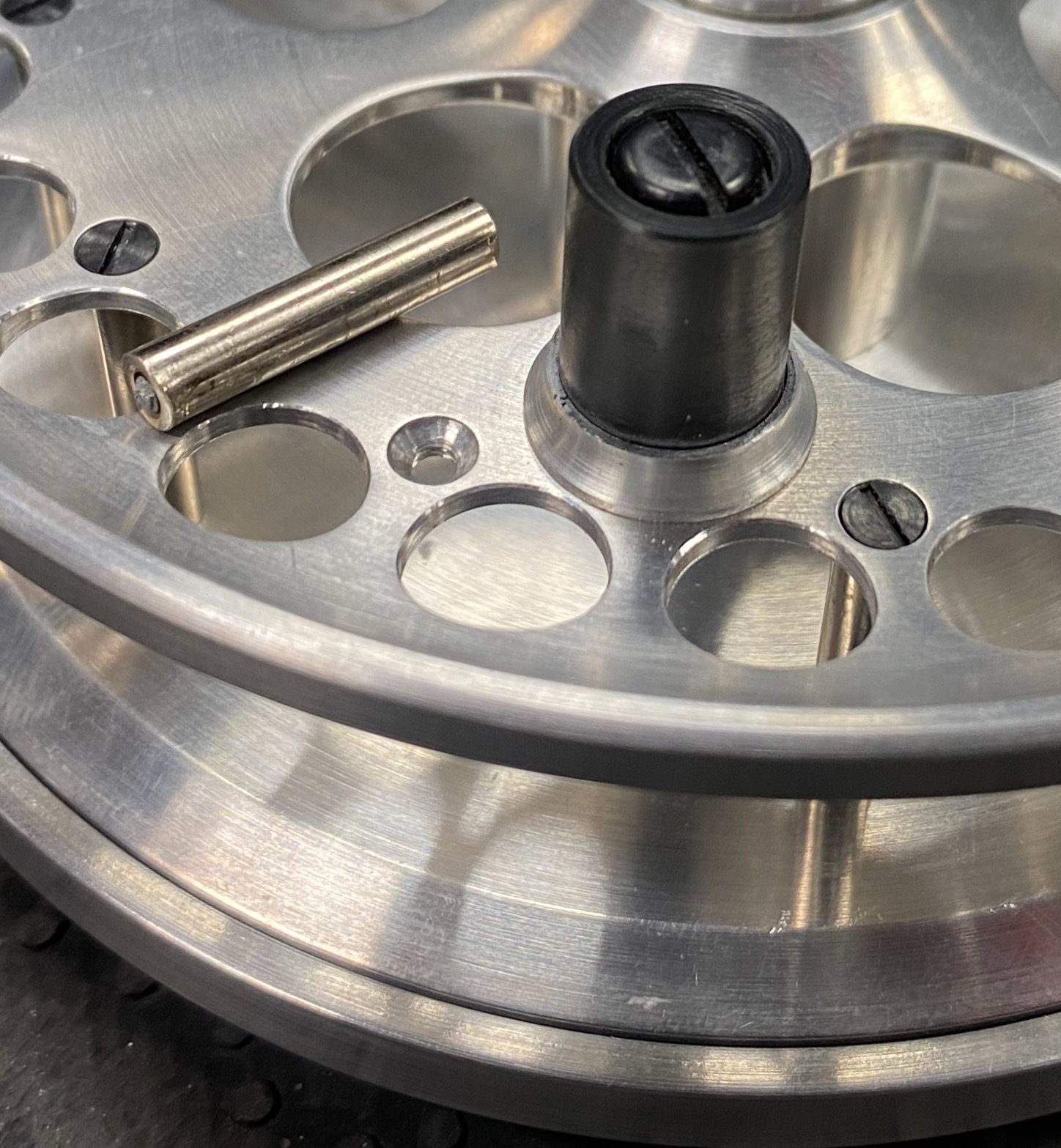 https://hooklineandsinker.ca/wp-content/uploads/2020/01/Stanton-Silver-Centerpin-Float-Reel-Broken-Spoke-AA.jpeg
1567
1448
HLSAdmin
https://hooklineandsinker.ca/wp-content/uploads/2014/12/Steelheading-in-the-Snow-900-80-Not-Faded-Actual-1030x91.jpg
HLSAdmin2020-01-12 18:11:322022-11-29 16:12:18Adcock Stanton Centerpin Float Reel Repairs
https://hooklineandsinker.ca/wp-content/uploads/2020/01/Stanton-Silver-Centerpin-Float-Reel-Broken-Spoke-AA.jpeg
1567
1448
HLSAdmin
https://hooklineandsinker.ca/wp-content/uploads/2014/12/Steelheading-in-the-Snow-900-80-Not-Faded-Actual-1030x91.jpg
HLSAdmin2020-01-12 18:11:322022-11-29 16:12:18Adcock Stanton Centerpin Float Reel Repairs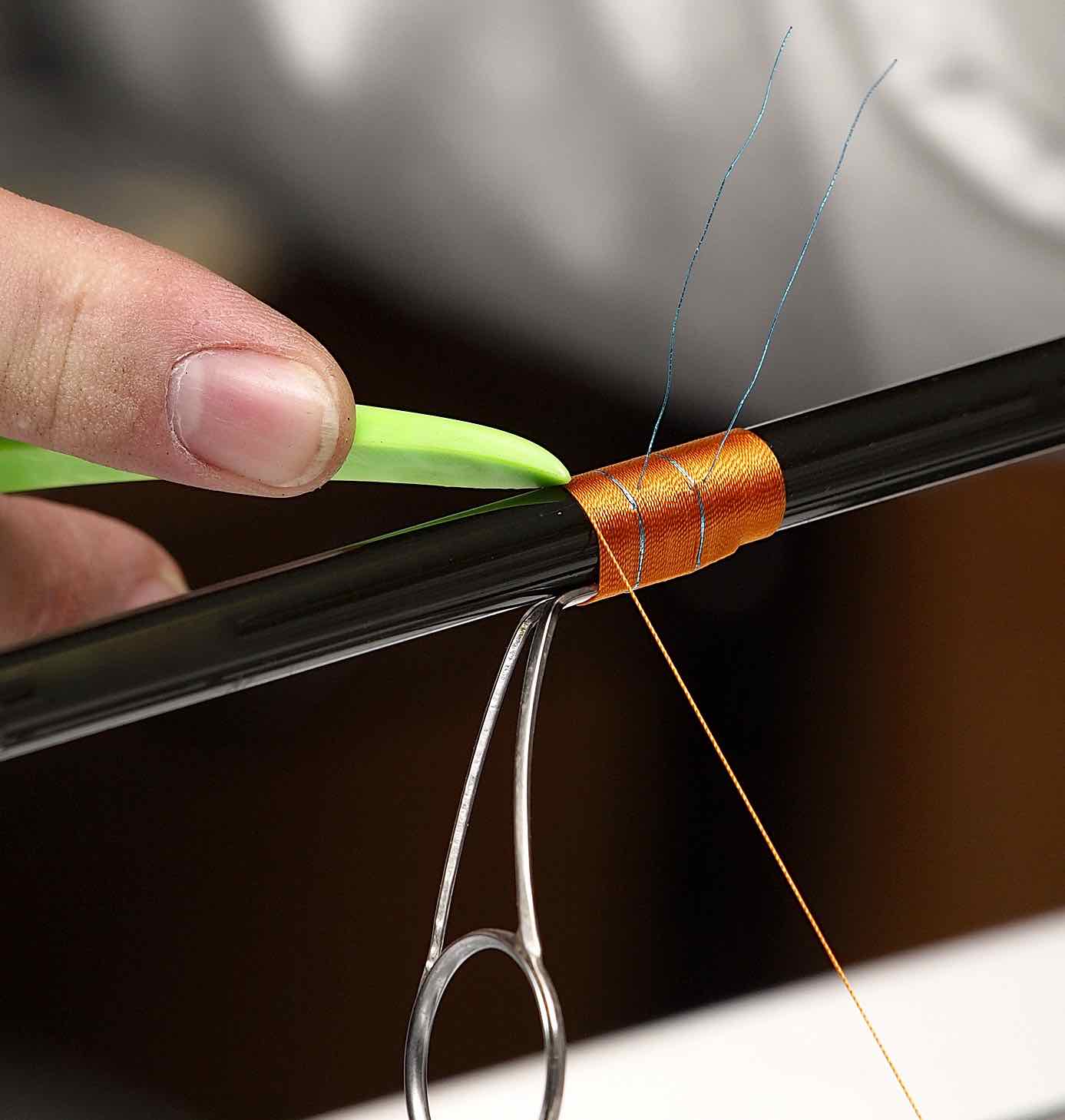 https://hooklineandsinker.ca/wp-content/uploads/2015/03/Custom-Rod-Building-HLS-Mike-Rumig-02132016-AA.jpg
1458
1387
HLSAdmin
https://hooklineandsinker.ca/wp-content/uploads/2014/12/Steelheading-in-the-Snow-900-80-Not-Faded-Actual-1030x91.jpg
HLSAdmin2016-06-13 21:10:462018-11-14 23:20:56HLS Fishing Rod Building Classes
https://hooklineandsinker.ca/wp-content/uploads/2015/03/Custom-Rod-Building-HLS-Mike-Rumig-02132016-AA.jpg
1458
1387
HLSAdmin
https://hooklineandsinker.ca/wp-content/uploads/2014/12/Steelheading-in-the-Snow-900-80-Not-Faded-Actual-1030x91.jpg
HLSAdmin2016-06-13 21:10:462018-11-14 23:20:56HLS Fishing Rod Building Classes https://hooklineandsinker.ca/wp-content/uploads/2015/01/Custom-HLS-Float-Reel-Rosewood-Handles-Slainless-Palming-Ring-Red-Front-Resized-for-Web.jpg
2084
2147
HLSAdmin
https://hooklineandsinker.ca/wp-content/uploads/2014/12/Steelheading-in-the-Snow-900-80-Not-Faded-Actual-1030x91.jpg
HLSAdmin2015-01-08 18:21:292017-01-09 00:15:37Custom Made Centerpin Float Reels – One of a kind!
https://hooklineandsinker.ca/wp-content/uploads/2015/01/Custom-HLS-Float-Reel-Rosewood-Handles-Slainless-Palming-Ring-Red-Front-Resized-for-Web.jpg
2084
2147
HLSAdmin
https://hooklineandsinker.ca/wp-content/uploads/2014/12/Steelheading-in-the-Snow-900-80-Not-Faded-Actual-1030x91.jpg
HLSAdmin2015-01-08 18:21:292017-01-09 00:15:37Custom Made Centerpin Float Reels – One of a kind! https://hooklineandsinker.ca/wp-content/uploads/2014/02/Used-But-Not-Abused-Page-Image.jpg
160
160
Ray Collesso
https://hooklineandsinker.ca/wp-content/uploads/2014/12/Steelheading-in-the-Snow-900-80-Not-Faded-Actual-1030x91.jpg
Ray Collesso2014-02-19 17:26:492017-01-17 12:15:05Used But NOT Abused (UBNA)
https://hooklineandsinker.ca/wp-content/uploads/2014/02/Used-But-Not-Abused-Page-Image.jpg
160
160
Ray Collesso
https://hooklineandsinker.ca/wp-content/uploads/2014/12/Steelheading-in-the-Snow-900-80-Not-Faded-Actual-1030x91.jpg
Ray Collesso2014-02-19 17:26:492017-01-17 12:15:05Used But NOT Abused (UBNA) https://hooklineandsinker.ca/wp-content/uploads/2014/02/Weekly-Guest-Presenter-Button.jpg
224
225
Ray Collesso
https://hooklineandsinker.ca/wp-content/uploads/2014/12/Steelheading-in-the-Snow-900-80-Not-Faded-Actual-1030x91.jpg
Ray Collesso2014-02-17 19:43:022017-01-16 23:35:04Weekly Guest Tyer / Presenter Events – Sat. Noon to 3.
https://hooklineandsinker.ca/wp-content/uploads/2014/02/Weekly-Guest-Presenter-Button.jpg
224
225
Ray Collesso
https://hooklineandsinker.ca/wp-content/uploads/2014/12/Steelheading-in-the-Snow-900-80-Not-Faded-Actual-1030x91.jpg
Ray Collesso2014-02-17 19:43:022017-01-16 23:35:04Weekly Guest Tyer / Presenter Events – Sat. Noon to 3. https://hooklineandsinker.ca/wp-content/uploads/2014/03/Clearance-Page-Image.jpg
211
239
Ray Collesso
https://hooklineandsinker.ca/wp-content/uploads/2014/12/Steelheading-in-the-Snow-900-80-Not-Faded-Actual-1030x91.jpg
Ray Collesso2014-03-02 22:21:232017-02-12 14:38:52Clearance and Sale Items
https://hooklineandsinker.ca/wp-content/uploads/2014/03/Clearance-Page-Image.jpg
211
239
Ray Collesso
https://hooklineandsinker.ca/wp-content/uploads/2014/12/Steelheading-in-the-Snow-900-80-Not-Faded-Actual-1030x91.jpg
Ray Collesso2014-03-02 22:21:232017-02-12 14:38:52Clearance and Sale Items https://hooklineandsinker.ca/wp-content/uploads/2014/02/Warranty-Button.jpg
225
225
Ray Collesso
https://hooklineandsinker.ca/wp-content/uploads/2014/12/Steelheading-in-the-Snow-900-80-Not-Faded-Actual-1030x91.jpg
Ray Collesso2014-02-11 22:02:342017-01-16 22:37:06Warranty Repairs & Service
https://hooklineandsinker.ca/wp-content/uploads/2014/02/Warranty-Button.jpg
225
225
Ray Collesso
https://hooklineandsinker.ca/wp-content/uploads/2014/12/Steelheading-in-the-Snow-900-80-Not-Faded-Actual-1030x91.jpg
Ray Collesso2014-02-11 22:02:342017-01-16 22:37:06Warranty Repairs & Service https://hooklineandsinker.ca/wp-content/uploads/2015/03/Sage-One-Custom-7136B-6-Custom-Float-Rod-Build-with-Red-Zeppelin-with-Butt-Wrap-to-match.jpg
1894
2166
HLSAdmin
https://hooklineandsinker.ca/wp-content/uploads/2014/12/Steelheading-in-the-Snow-900-80-Not-Faded-Actual-1030x91.jpg
HLSAdmin2015-03-04 21:42:532017-02-12 18:28:25Custom Decorative Fishing Rod Butt Wraps
https://hooklineandsinker.ca/wp-content/uploads/2015/03/Sage-One-Custom-7136B-6-Custom-Float-Rod-Build-with-Red-Zeppelin-with-Butt-Wrap-to-match.jpg
1894
2166
HLSAdmin
https://hooklineandsinker.ca/wp-content/uploads/2014/12/Steelheading-in-the-Snow-900-80-Not-Faded-Actual-1030x91.jpg
HLSAdmin2015-03-04 21:42:532017-02-12 18:28:25Custom Decorative Fishing Rod Butt Wraps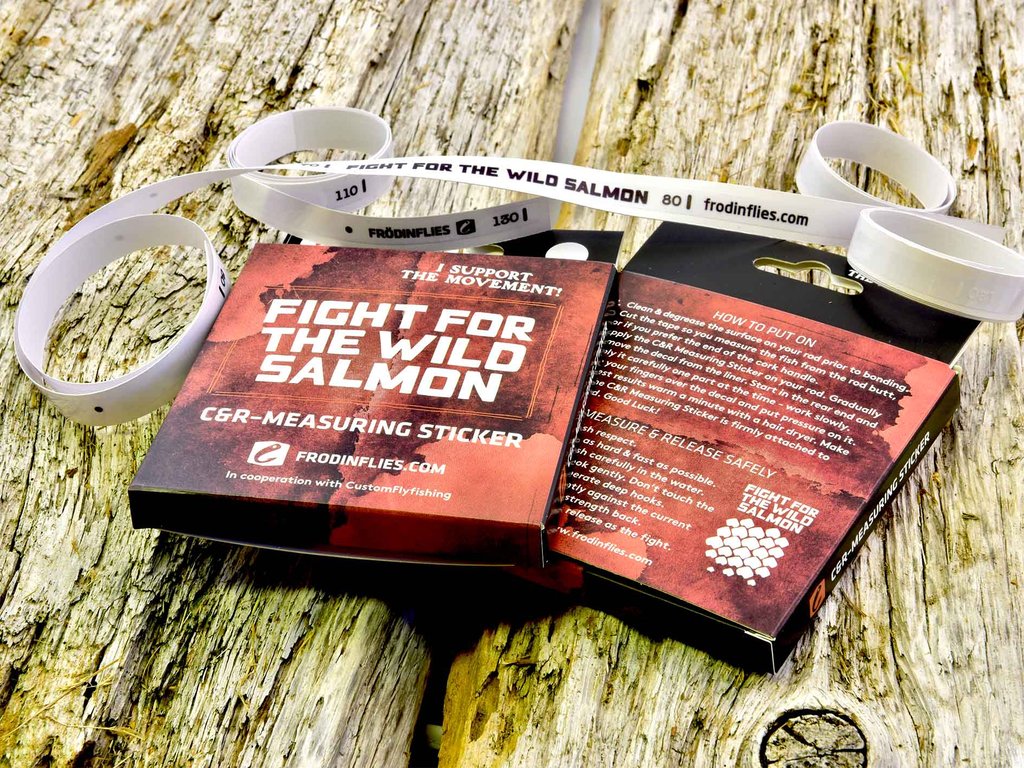 https://hooklineandsinker.ca/wp-content/uploads/2020/11/Wild-Salmon-C-and-R-Measuring-StickerA.jpg
768
1024
HLSAdmin
https://hooklineandsinker.ca/wp-content/uploads/2014/12/Steelheading-in-the-Snow-900-80-Not-Faded-Actual-1030x91.jpg
HLSAdmin2020-11-21 22:19:312023-03-20 16:52:41‘Wild Salmon’ C&R Measuring Sticker
https://hooklineandsinker.ca/wp-content/uploads/2020/11/Wild-Salmon-C-and-R-Measuring-StickerA.jpg
768
1024
HLSAdmin
https://hooklineandsinker.ca/wp-content/uploads/2014/12/Steelheading-in-the-Snow-900-80-Not-Faded-Actual-1030x91.jpg
HLSAdmin2020-11-21 22:19:312023-03-20 16:52:41‘Wild Salmon’ C&R Measuring Sticker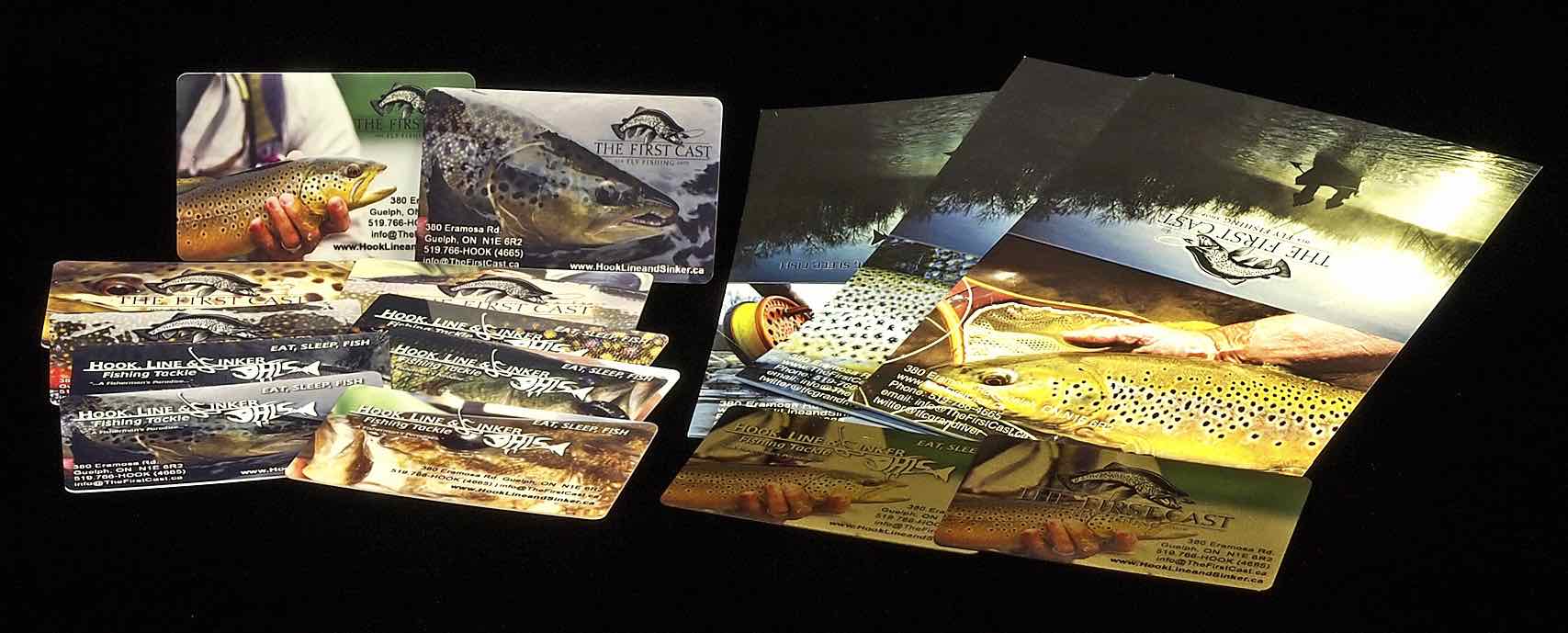 https://hooklineandsinker.ca/wp-content/uploads/2014/02/HLS-TFC-Gift-Cards-AA.jpg
689
1707
Ray Collesso
https://hooklineandsinker.ca/wp-content/uploads/2014/12/Steelheading-in-the-Snow-900-80-Not-Faded-Actual-1030x91.jpg
Ray Collesso2014-02-14 23:20:332017-01-16 22:32:53Gift Cards & Gift Certificates are available in ANY Denomination
https://hooklineandsinker.ca/wp-content/uploads/2014/02/HLS-TFC-Gift-Cards-AA.jpg
689
1707
Ray Collesso
https://hooklineandsinker.ca/wp-content/uploads/2014/12/Steelheading-in-the-Snow-900-80-Not-Faded-Actual-1030x91.jpg
Ray Collesso2014-02-14 23:20:332017-01-16 22:32:53Gift Cards & Gift Certificates are available in ANY Denomination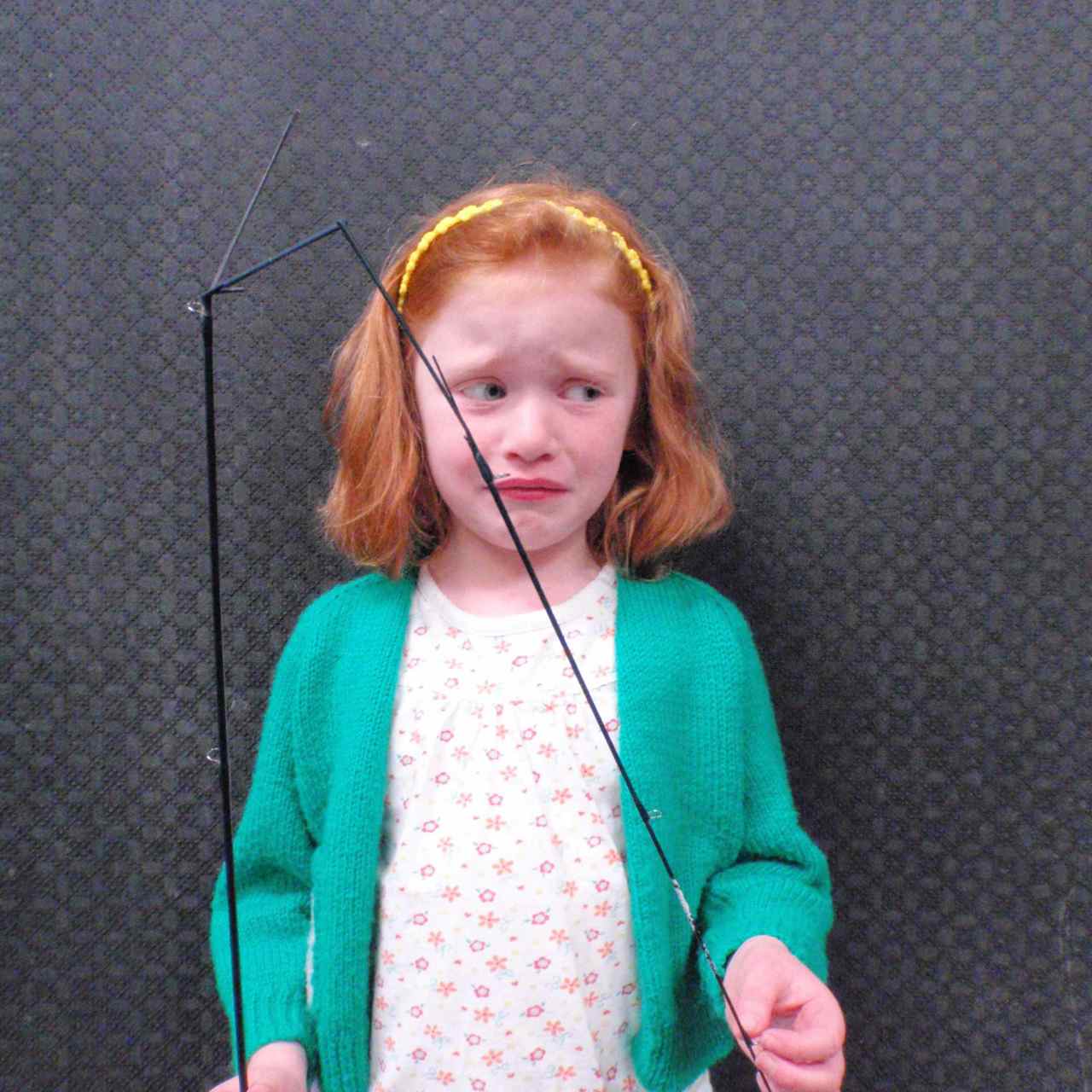 https://hooklineandsinker.ca/wp-content/uploads/2014/02/Accidental-Broken-Sage-Fly-Rod.jpg
1280
1280
Ray Collesso
https://hooklineandsinker.ca/wp-content/uploads/2014/12/Steelheading-in-the-Snow-900-80-Not-Faded-Actual-1030x91.jpg
Ray Collesso2014-02-13 22:56:372017-01-16 23:19:46Broken or Damaged Fishing Rod Repairs
https://hooklineandsinker.ca/wp-content/uploads/2014/02/Accidental-Broken-Sage-Fly-Rod.jpg
1280
1280
Ray Collesso
https://hooklineandsinker.ca/wp-content/uploads/2014/12/Steelheading-in-the-Snow-900-80-Not-Faded-Actual-1030x91.jpg
Ray Collesso2014-02-13 22:56:372017-01-16 23:19:46Broken or Damaged Fishing Rod Repairs https://hooklineandsinker.ca/wp-content/uploads/2014/03/Line-Spooling-Machine-Resized.jpg
1649
2198
Ray Collesso
https://hooklineandsinker.ca/wp-content/uploads/2014/12/Steelheading-in-the-Snow-900-80-Not-Faded-Actual-1030x91.jpg
Ray Collesso2014-03-02 15:59:012018-10-31 20:11:09Professional Line Winding / Spooling Machine – Bulk Monofilament, Braid and Float Reel Backing / Dacron
https://hooklineandsinker.ca/wp-content/uploads/2014/03/Line-Spooling-Machine-Resized.jpg
1649
2198
Ray Collesso
https://hooklineandsinker.ca/wp-content/uploads/2014/12/Steelheading-in-the-Snow-900-80-Not-Faded-Actual-1030x91.jpg
Ray Collesso2014-03-02 15:59:012018-10-31 20:11:09Professional Line Winding / Spooling Machine – Bulk Monofilament, Braid and Float Reel Backing / Dacron https://hooklineandsinker.ca/wp-content/uploads/2013/12/Swim-Tank.jpg
431
678
Ray Collesso
https://hooklineandsinker.ca/wp-content/uploads/2014/12/Steelheading-in-the-Snow-900-80-Not-Faded-Actual-1030x91.jpg
Ray Collesso2013-12-30 23:34:382017-02-06 00:28:22HLS / TFC Swim Tank – Fly Tester
https://hooklineandsinker.ca/wp-content/uploads/2013/12/Swim-Tank.jpg
431
678
Ray Collesso
https://hooklineandsinker.ca/wp-content/uploads/2014/12/Steelheading-in-the-Snow-900-80-Not-Faded-Actual-1030x91.jpg
Ray Collesso2013-12-30 23:34:382017-02-06 00:28:22HLS / TFC Swim Tank – Fly Tester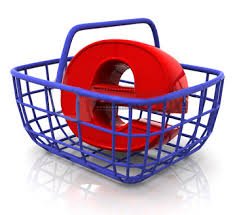 https://hooklineandsinker.ca/wp-content/uploads/2014/03/Online-Sales-Button.jpg
215
235
Ray Collesso
https://hooklineandsinker.ca/wp-content/uploads/2014/12/Steelheading-in-the-Snow-900-80-Not-Faded-Actual-1030x91.jpg
Ray Collesso2014-03-02 13:45:372019-04-01 19:32:18Online Sales
https://hooklineandsinker.ca/wp-content/uploads/2014/03/Online-Sales-Button.jpg
215
235
Ray Collesso
https://hooklineandsinker.ca/wp-content/uploads/2014/12/Steelheading-in-the-Snow-900-80-Not-Faded-Actual-1030x91.jpg
Ray Collesso2014-03-02 13:45:372019-04-01 19:32:18Online Sales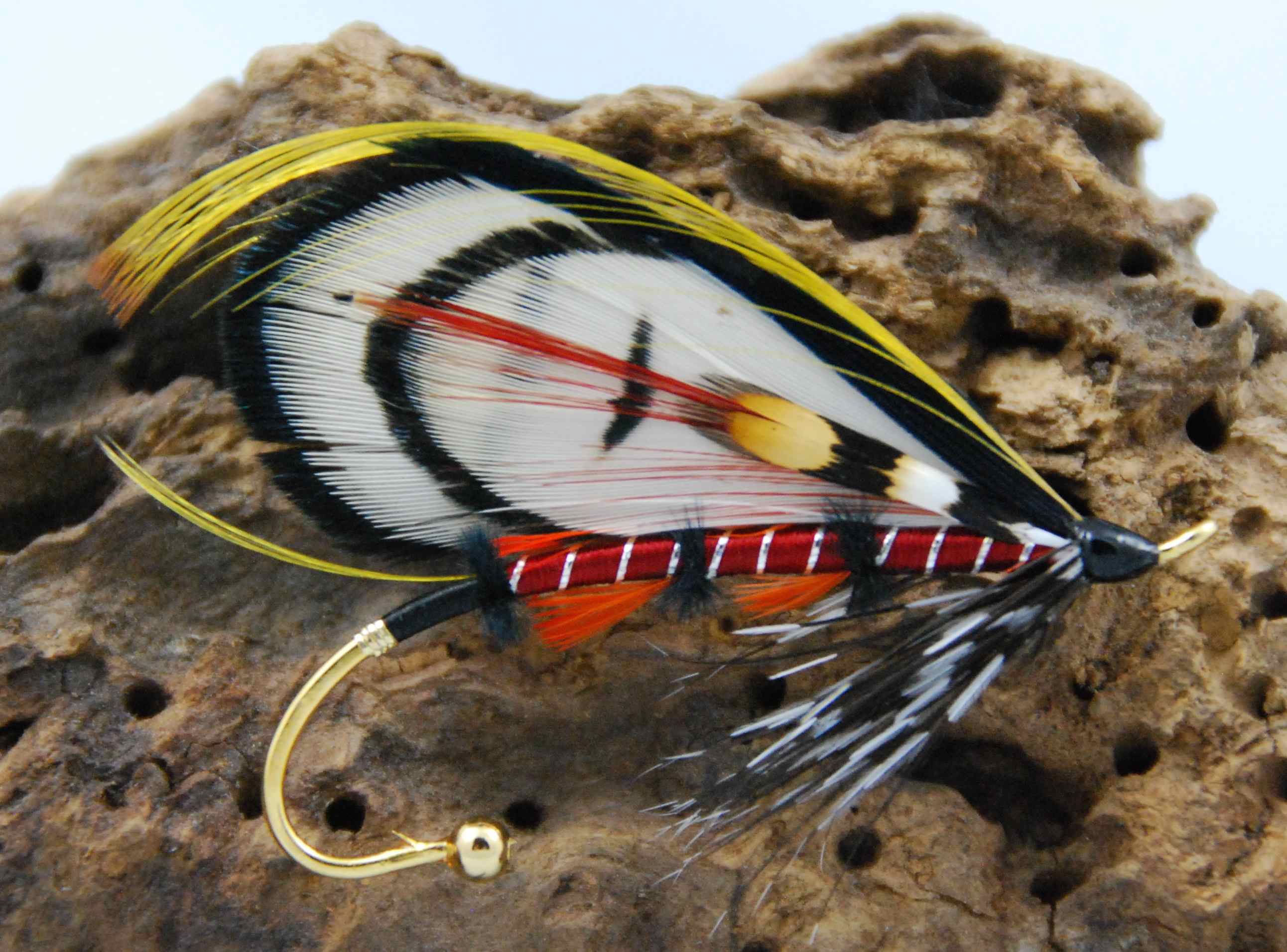 https://hooklineandsinker.ca/wp-content/uploads/2014/07/Wedding-Boutonniere-Bombanieri-Resized.jpg
1911
2584
Ray Collesso
https://hooklineandsinker.ca/wp-content/uploads/2014/12/Steelheading-in-the-Snow-900-80-Not-Faded-Actual-1030x91.jpg
Ray Collesso2014-07-02 21:25:062017-01-16 23:31:07Fishing Wedding Boutonnieres – Boutonniere, Gift & Keepsake – All 3 in ONE!
https://hooklineandsinker.ca/wp-content/uploads/2014/07/Wedding-Boutonniere-Bombanieri-Resized.jpg
1911
2584
Ray Collesso
https://hooklineandsinker.ca/wp-content/uploads/2014/12/Steelheading-in-the-Snow-900-80-Not-Faded-Actual-1030x91.jpg
Ray Collesso2014-07-02 21:25:062017-01-16 23:31:07Fishing Wedding Boutonnieres – Boutonniere, Gift & Keepsake – All 3 in ONE!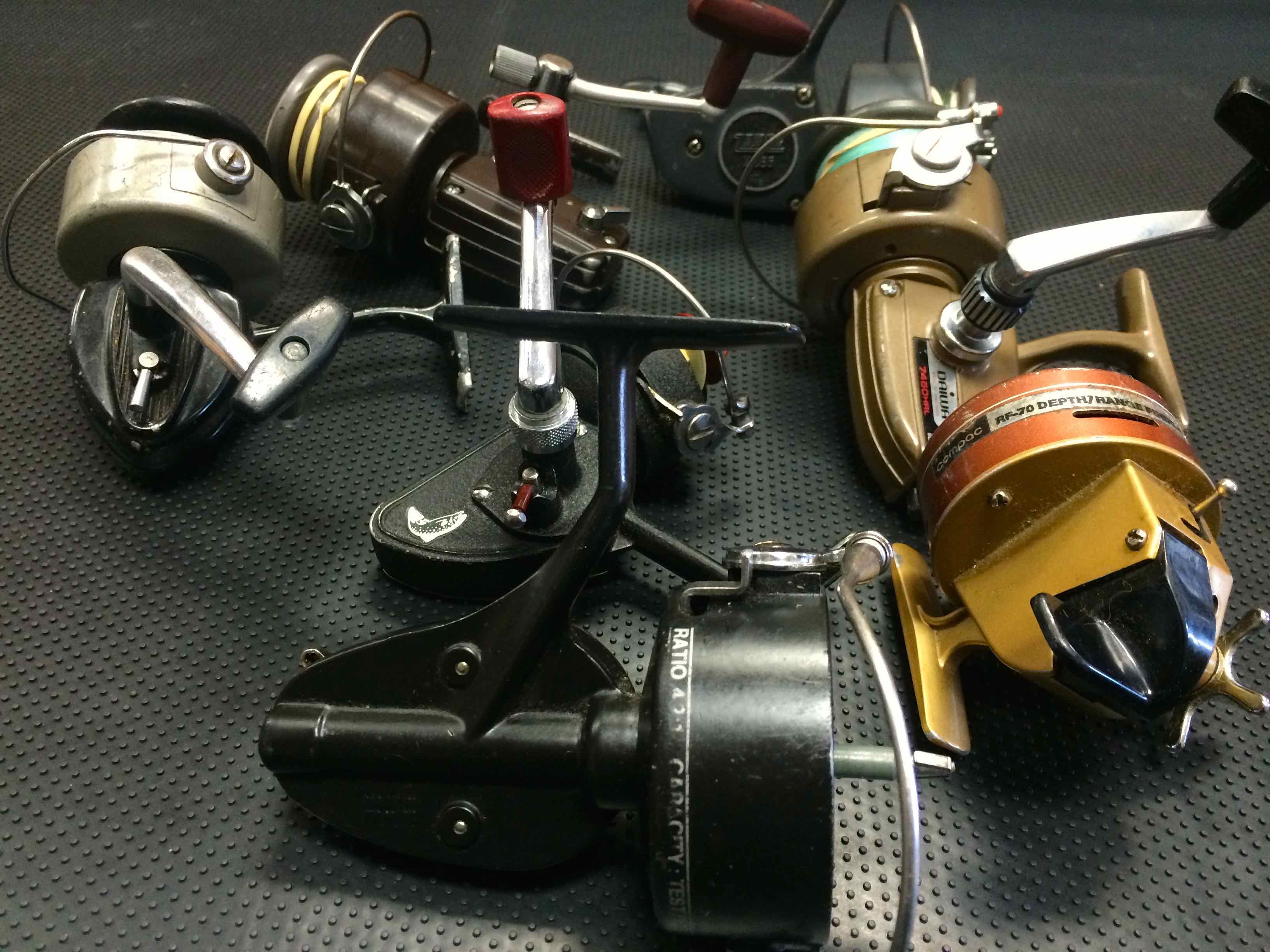 https://hooklineandsinker.ca/wp-content/uploads/2013/12/Vintage-Spinning-Reels-Resized-for-Web.jpg
2448
3264
Ray Collesso
https://hooklineandsinker.ca/wp-content/uploads/2014/12/Steelheading-in-the-Snow-900-80-Not-Faded-Actual-1030x91.jpg
Ray Collesso2013-12-30 23:59:212017-01-16 22:39:13Fishing Reel Repairs – Have a Fishing Reel Sitting Idle Due To A River Mishap?
https://hooklineandsinker.ca/wp-content/uploads/2013/12/Vintage-Spinning-Reels-Resized-for-Web.jpg
2448
3264
Ray Collesso
https://hooklineandsinker.ca/wp-content/uploads/2014/12/Steelheading-in-the-Snow-900-80-Not-Faded-Actual-1030x91.jpg
Ray Collesso2013-12-30 23:59:212017-01-16 22:39:13Fishing Reel Repairs – Have a Fishing Reel Sitting Idle Due To A River Mishap?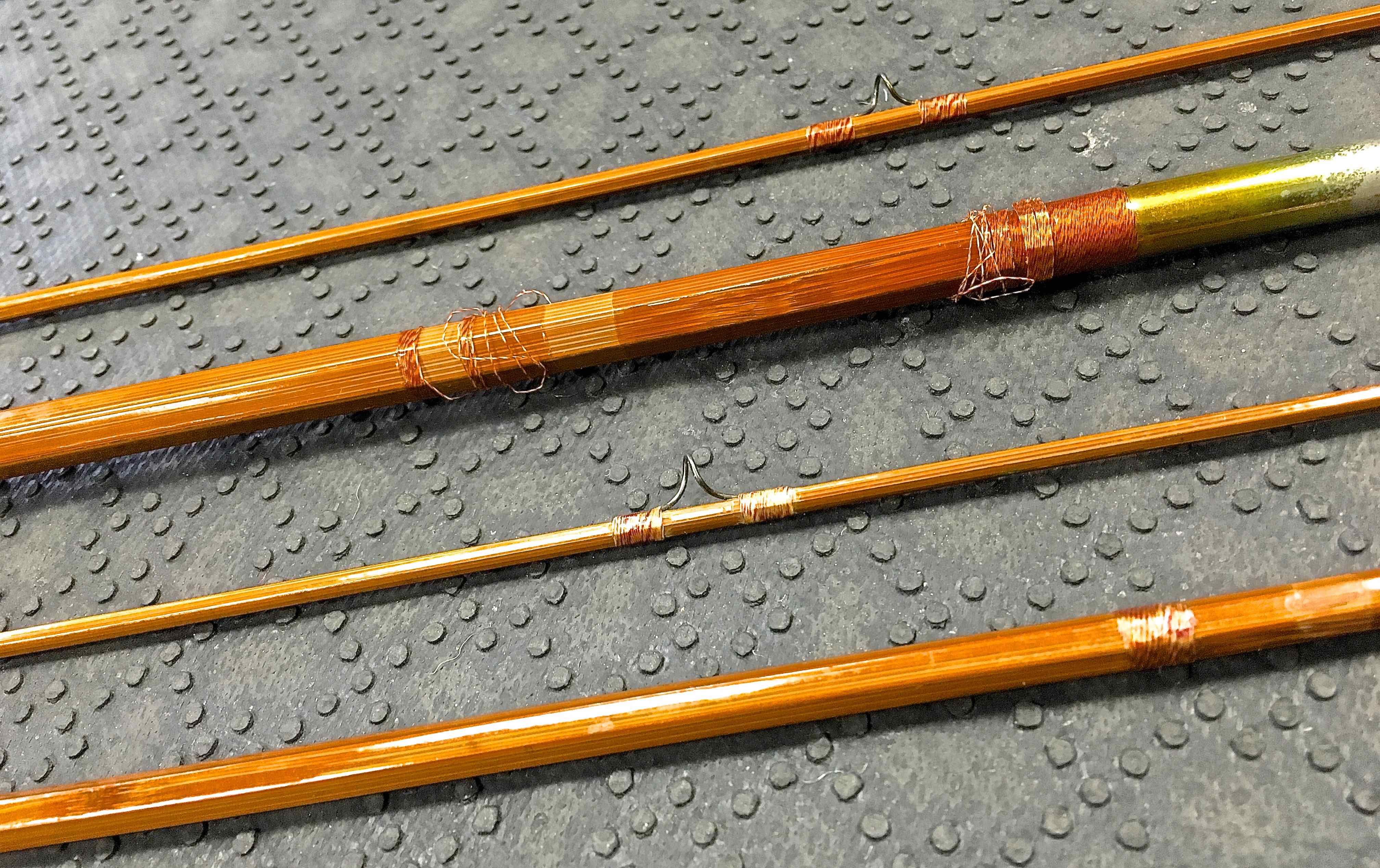 https://hooklineandsinker.ca/wp-content/uploads/2018/06/Cane-Bamboo-Rod-Prior-to-Refinish-AAA.jpg
2537
4032
HLSAdmin
https://hooklineandsinker.ca/wp-content/uploads/2014/12/Steelheading-in-the-Snow-900-80-Not-Faded-Actual-1030x91.jpg
HLSAdmin2018-06-03 19:57:342018-08-06 22:17:35Split Cane or Bamboo Fishing Rod Repairs
https://hooklineandsinker.ca/wp-content/uploads/2018/06/Cane-Bamboo-Rod-Prior-to-Refinish-AAA.jpg
2537
4032
HLSAdmin
https://hooklineandsinker.ca/wp-content/uploads/2014/12/Steelheading-in-the-Snow-900-80-Not-Faded-Actual-1030x91.jpg
HLSAdmin2018-06-03 19:57:342018-08-06 22:17:35Split Cane or Bamboo Fishing Rod Repairs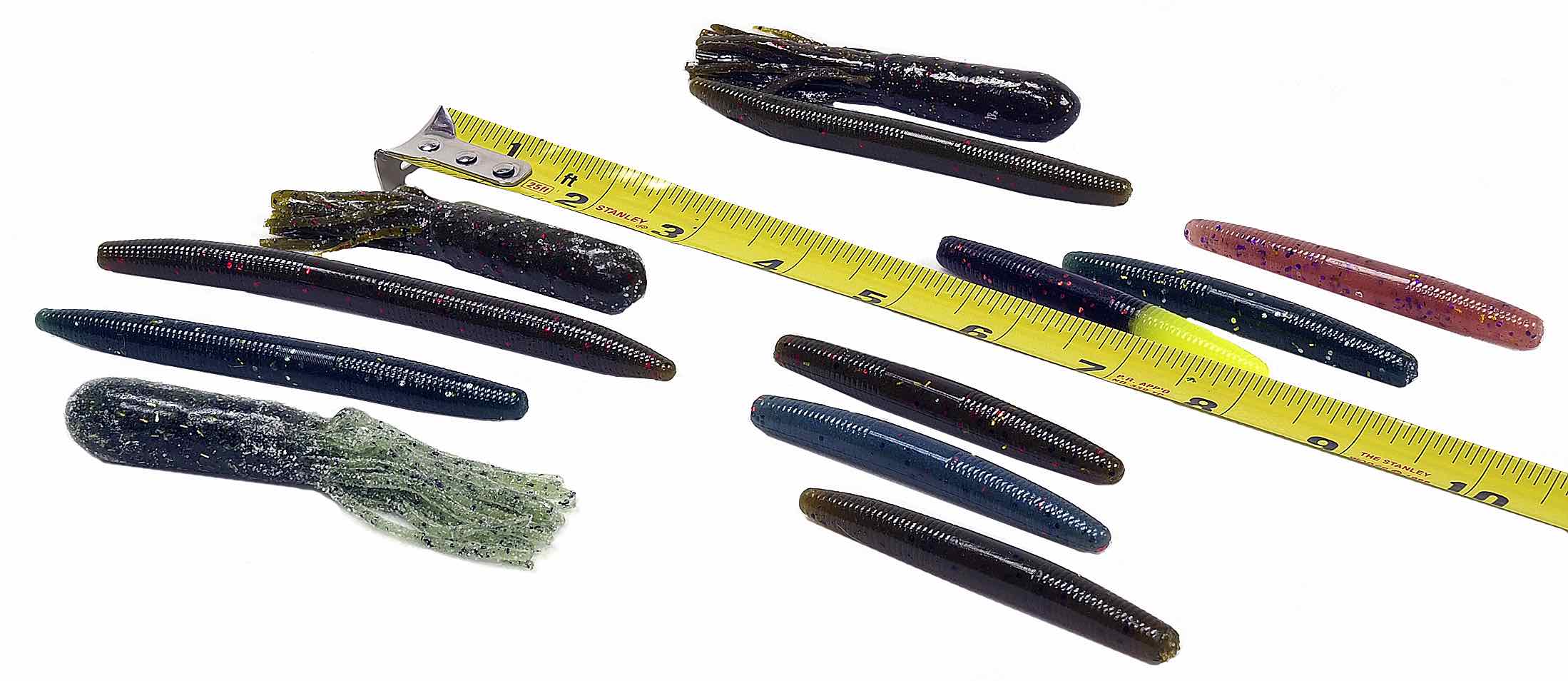 https://hooklineandsinker.ca/wp-content/uploads/2016/02/Lip-Locked-Baits-Soft-Plastic-Assortment-AA.jpg
954
2198
HLSAdmin
https://hooklineandsinker.ca/wp-content/uploads/2014/12/Steelheading-in-the-Snow-900-80-Not-Faded-Actual-1030x91.jpg
HLSAdmin2016-05-20 19:34:452019-08-26 21:32:53Custom Poured Salt Impregnated Soft Plastics
https://hooklineandsinker.ca/wp-content/uploads/2016/02/Lip-Locked-Baits-Soft-Plastic-Assortment-AA.jpg
954
2198
HLSAdmin
https://hooklineandsinker.ca/wp-content/uploads/2014/12/Steelheading-in-the-Snow-900-80-Not-Faded-Actual-1030x91.jpg
HLSAdmin2016-05-20 19:34:452019-08-26 21:32:53Custom Poured Salt Impregnated Soft Plastics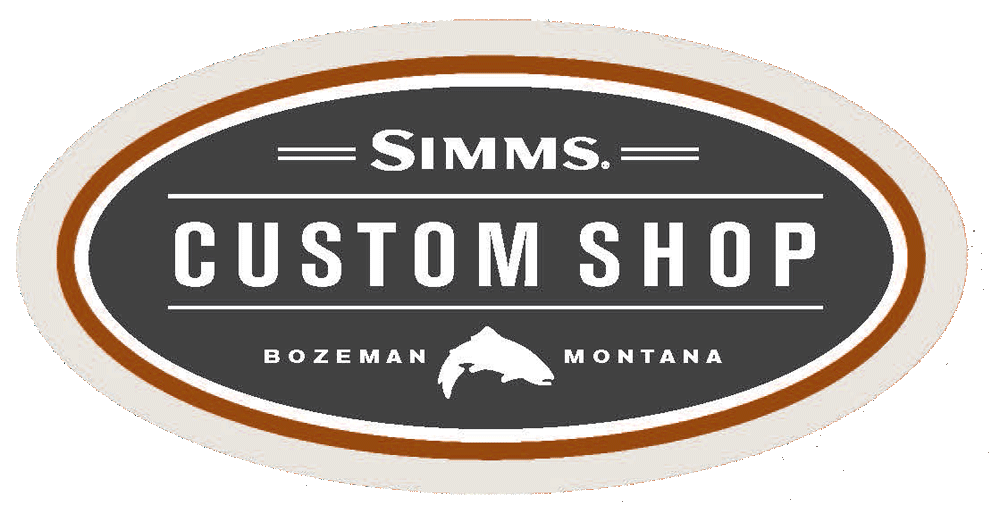 https://hooklineandsinker.ca/wp-content/uploads/2017/03/Simms-customshop.png
506
1000
HLSAdmin
https://hooklineandsinker.ca/wp-content/uploads/2014/12/Steelheading-in-the-Snow-900-80-Not-Faded-Actual-1030x91.jpg
HLSAdmin2017-03-12 18:43:112019-04-24 19:11:49Simms Custom Breathable Wader Options
https://hooklineandsinker.ca/wp-content/uploads/2017/03/Simms-customshop.png
506
1000
HLSAdmin
https://hooklineandsinker.ca/wp-content/uploads/2014/12/Steelheading-in-the-Snow-900-80-Not-Faded-Actual-1030x91.jpg
HLSAdmin2017-03-12 18:43:112019-04-24 19:11:49Simms Custom Breathable Wader Options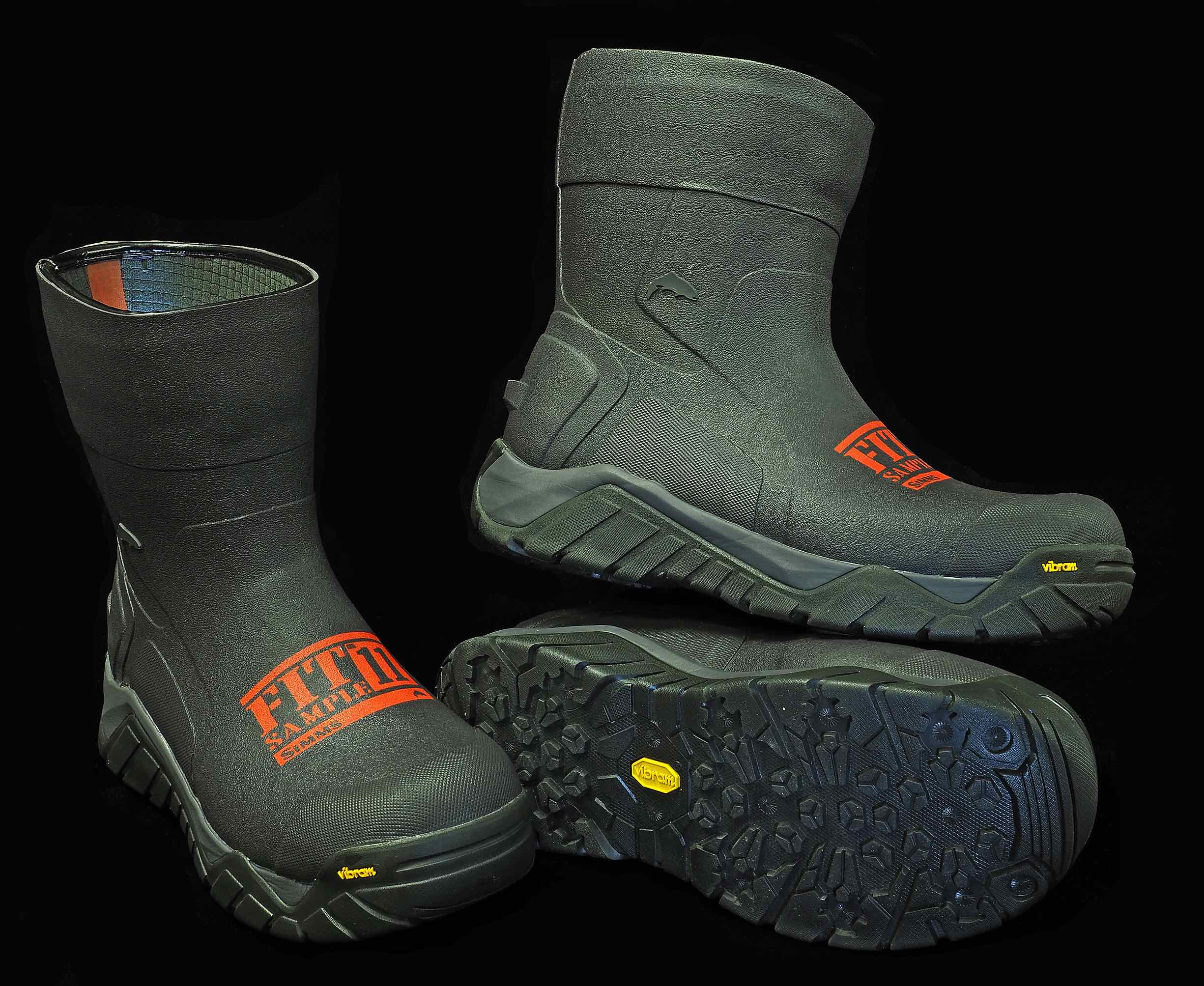 https://hooklineandsinker.ca/wp-content/uploads/2017/09/2017-Simms-Vibram-Boot-Fit-Kit-AA.jpg
2007
2450
HLSAdmin
https://hooklineandsinker.ca/wp-content/uploads/2014/12/Steelheading-in-the-Snow-900-80-Not-Faded-Actual-1030x91.jpg
HLSAdmin2017-09-02 23:20:492018-12-02 00:28:39Simms Vibram Boot Fit Kit
https://hooklineandsinker.ca/wp-content/uploads/2017/09/2017-Simms-Vibram-Boot-Fit-Kit-AA.jpg
2007
2450
HLSAdmin
https://hooklineandsinker.ca/wp-content/uploads/2014/12/Steelheading-in-the-Snow-900-80-Not-Faded-Actual-1030x91.jpg
HLSAdmin2017-09-02 23:20:492018-12-02 00:28:39Simms Vibram Boot Fit Kit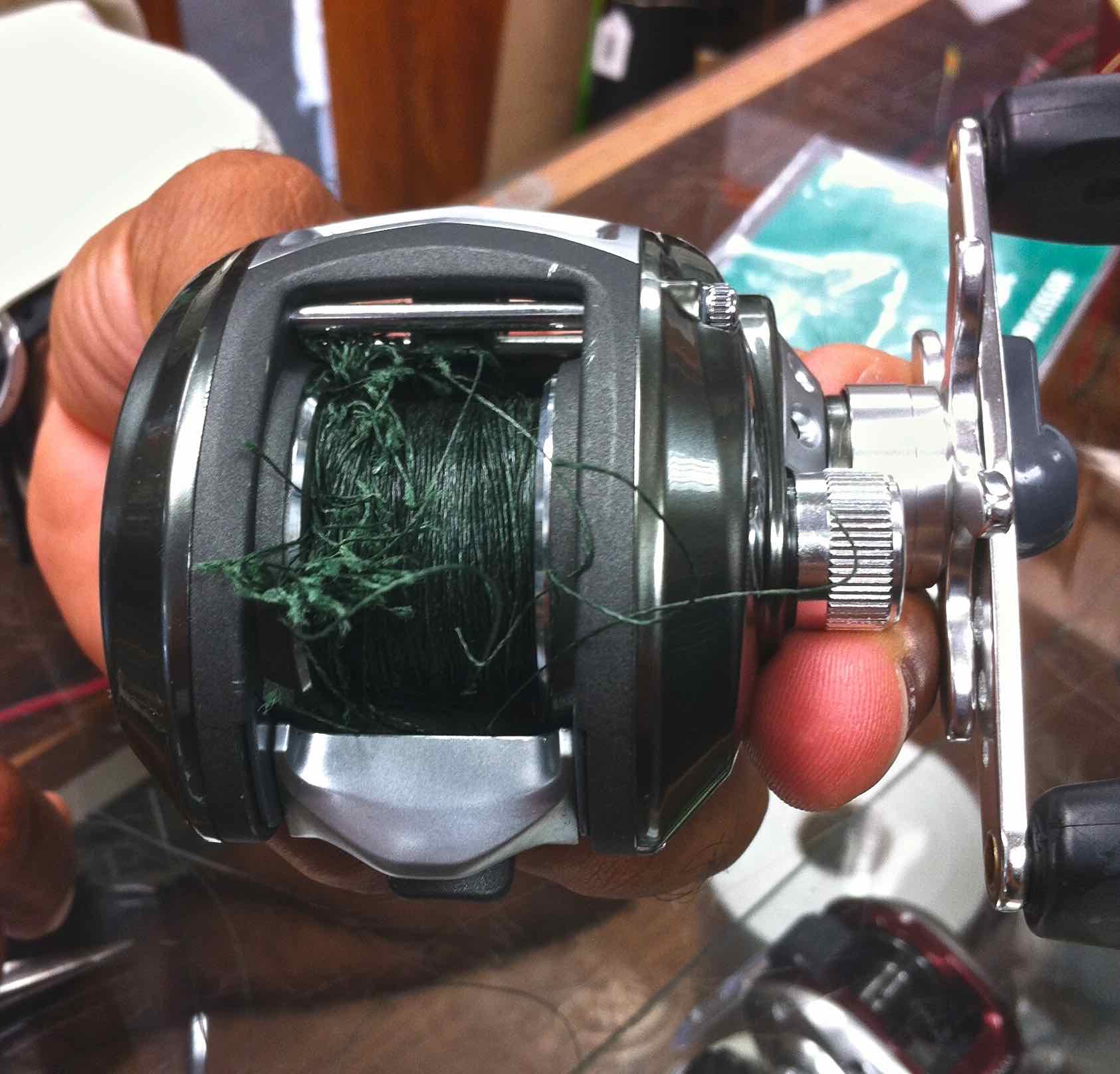 https://hooklineandsinker.ca/wp-content/uploads/2016/06/Baitcast-professional-over-run-A.jpg
1616
1685
HLSAdmin
https://hooklineandsinker.ca/wp-content/uploads/2014/12/Steelheading-in-the-Snow-900-80-Not-Faded-Actual-1030x91.jpg
HLSAdmin2016-06-11 23:21:412019-07-24 18:56:04Baitcasting Lessons – Using a Baitcaster 101
https://hooklineandsinker.ca/wp-content/uploads/2016/06/Baitcast-professional-over-run-A.jpg
1616
1685
HLSAdmin
https://hooklineandsinker.ca/wp-content/uploads/2014/12/Steelheading-in-the-Snow-900-80-Not-Faded-Actual-1030x91.jpg
HLSAdmin2016-06-11 23:21:412019-07-24 18:56:04Baitcasting Lessons – Using a Baitcaster 101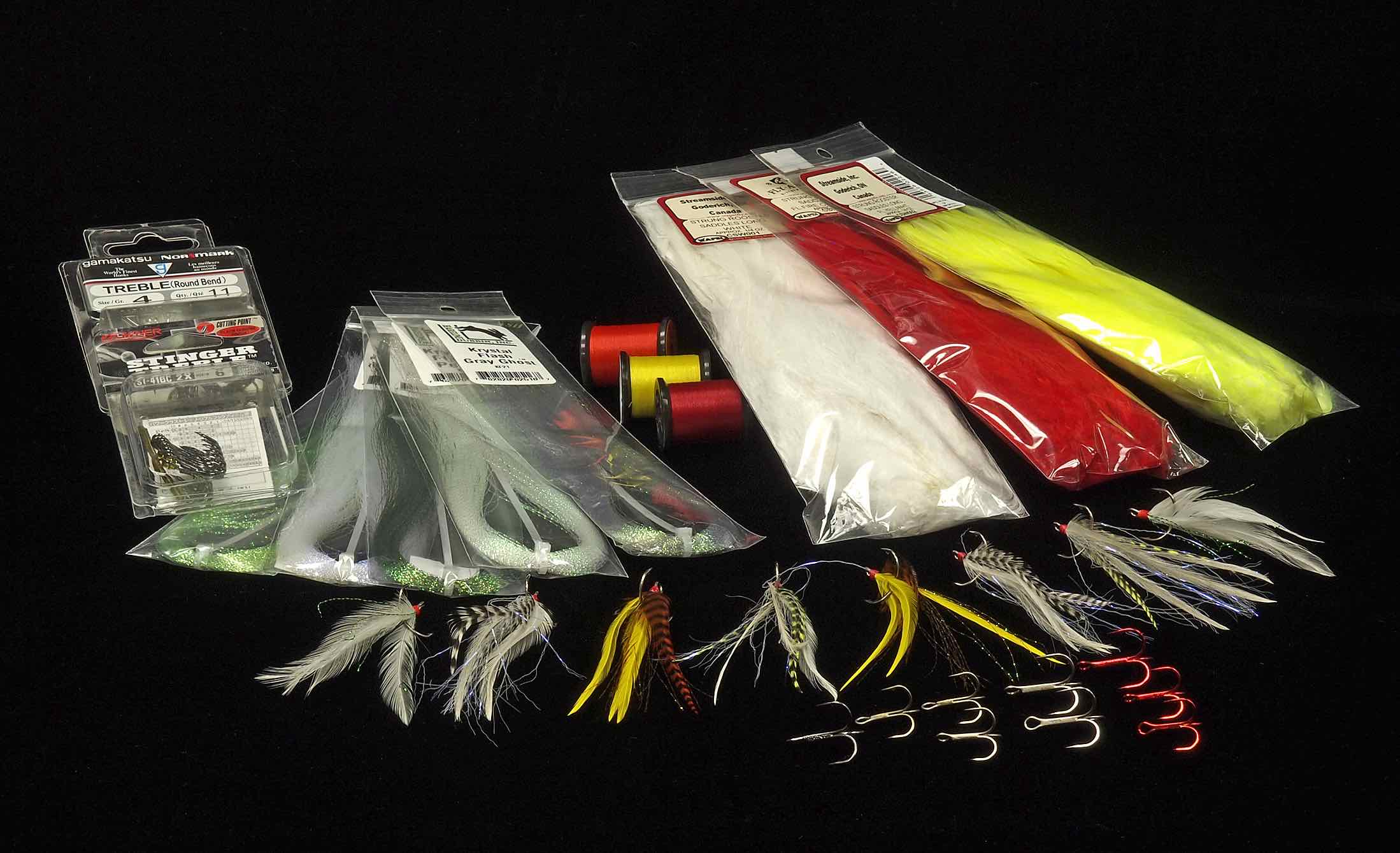 https://hooklineandsinker.ca/wp-content/uploads/2015/06/Custom-Feathered-Treble-Hooks-AA.jpg
1339
2198
HLSAdmin
https://hooklineandsinker.ca/wp-content/uploads/2014/12/Steelheading-in-the-Snow-900-80-Not-Faded-Actual-1030x91.jpg
HLSAdmin2015-06-18 22:51:202017-12-23 22:20:15Custom Feathering
https://hooklineandsinker.ca/wp-content/uploads/2015/06/Custom-Feathered-Treble-Hooks-AA.jpg
1339
2198
HLSAdmin
https://hooklineandsinker.ca/wp-content/uploads/2014/12/Steelheading-in-the-Snow-900-80-Not-Faded-Actual-1030x91.jpg
HLSAdmin2015-06-18 22:51:202017-12-23 22:20:15Custom Feathering https://hooklineandsinker.ca/wp-content/uploads/2014/04/HLS-and-TFC-T-Shirts-AA.jpg
2198
1946
Ray Collesso
https://hooklineandsinker.ca/wp-content/uploads/2014/12/Steelheading-in-the-Snow-900-80-Not-Faded-Actual-1030x91.jpg
Ray Collesso2014-04-04 13:09:542017-02-12 18:57:59Custom Logo T-Shirts, Ball Caps, Hats & Much More…
https://hooklineandsinker.ca/wp-content/uploads/2014/04/HLS-and-TFC-T-Shirts-AA.jpg
2198
1946
Ray Collesso
https://hooklineandsinker.ca/wp-content/uploads/2014/12/Steelheading-in-the-Snow-900-80-Not-Faded-Actual-1030x91.jpg
Ray Collesso2014-04-04 13:09:542017-02-12 18:57:59Custom Logo T-Shirts, Ball Caps, Hats & Much More…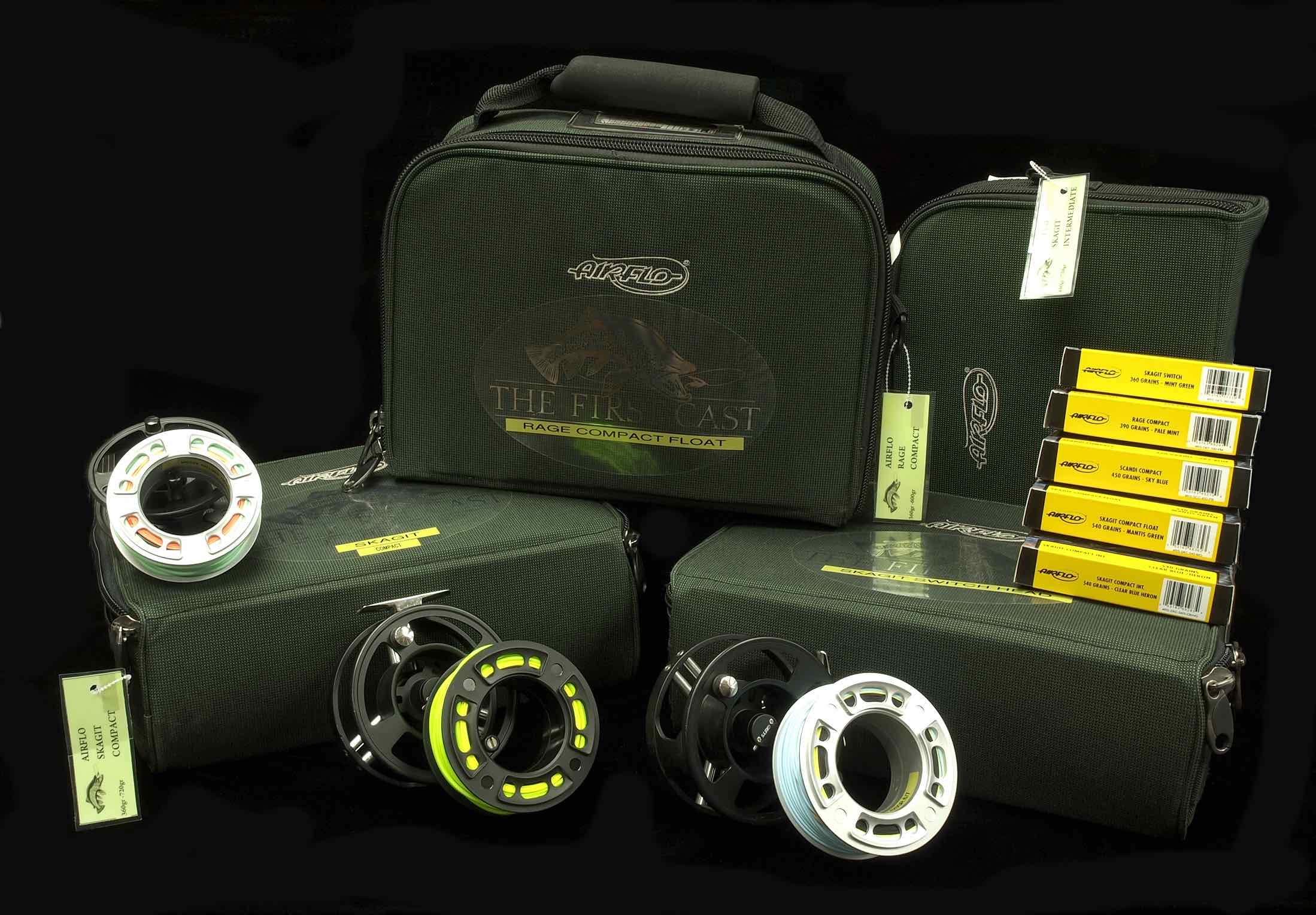 https://hooklineandsinker.ca/wp-content/uploads/2014/01/Spey-Head-Loaner-Program-Airflo-AA.jpg
1528
2198
Ray Collesso
https://hooklineandsinker.ca/wp-content/uploads/2014/12/Steelheading-in-the-Snow-900-80-Not-Faded-Actual-1030x91.jpg
Ray Collesso2014-01-08 11:35:152022-04-18 13:28:29Spey Head Loaner Program (Airflo / RIO / OPST / Scientific Anglers)
https://hooklineandsinker.ca/wp-content/uploads/2014/01/Spey-Head-Loaner-Program-Airflo-AA.jpg
1528
2198
Ray Collesso
https://hooklineandsinker.ca/wp-content/uploads/2014/12/Steelheading-in-the-Snow-900-80-Not-Faded-Actual-1030x91.jpg
Ray Collesso2014-01-08 11:35:152022-04-18 13:28:29Spey Head Loaner Program (Airflo / RIO / OPST / Scientific Anglers)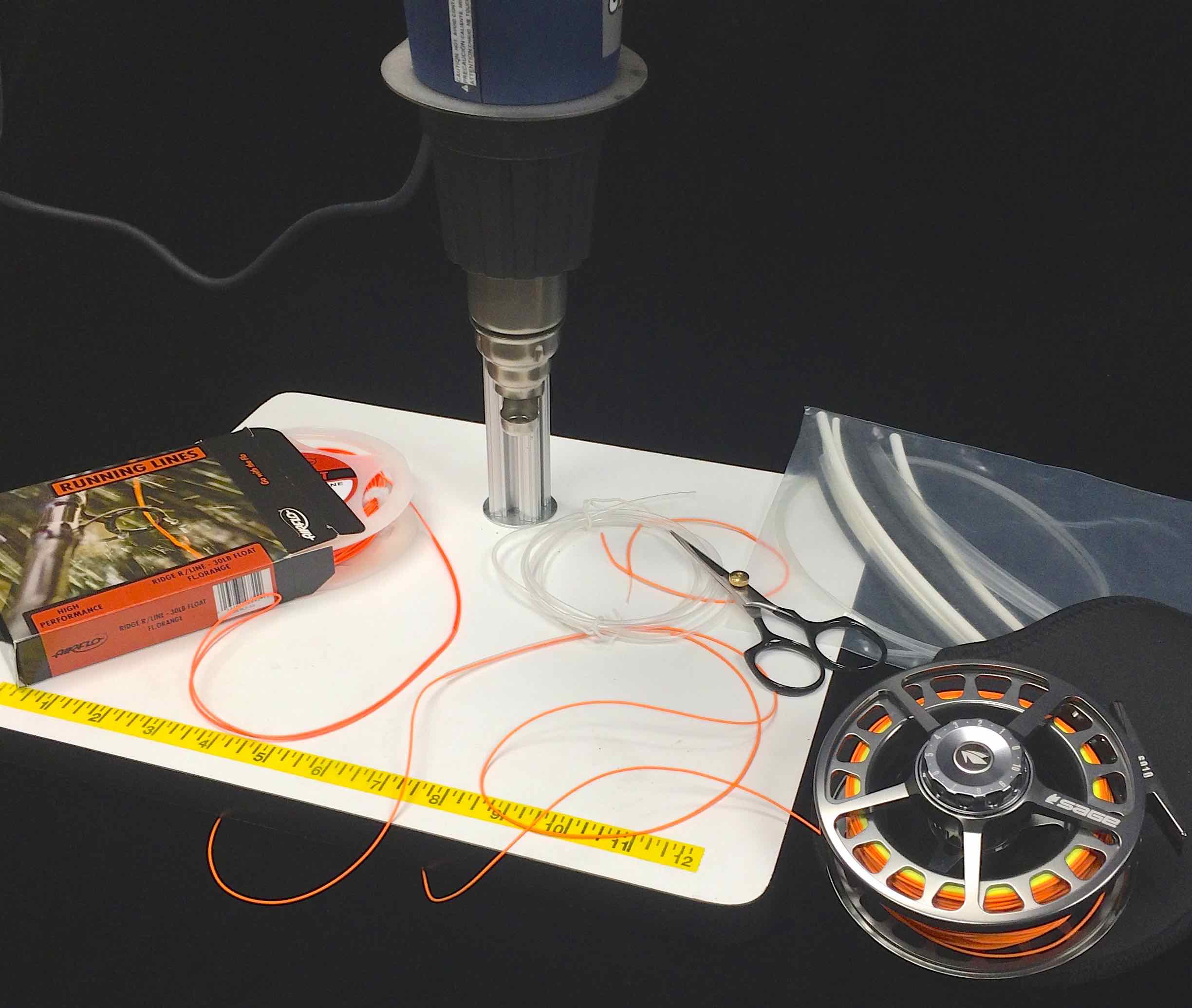 https://hooklineandsinker.ca/wp-content/uploads/2013/12/Fly-Line-Welding-Repair-Machine-Sage-6010-Fly-Reel-AAA.jpg
2070
2448
Ray Collesso
https://hooklineandsinker.ca/wp-content/uploads/2014/12/Steelheading-in-the-Snow-900-80-Not-Faded-Actual-1030x91.jpg
Ray Collesso2013-12-30 23:35:552022-03-18 22:36:39Airflo Line Welding & Repair Machine – SERVICE DISCONTINUED.
https://hooklineandsinker.ca/wp-content/uploads/2013/12/Fly-Line-Welding-Repair-Machine-Sage-6010-Fly-Reel-AAA.jpg
2070
2448
Ray Collesso
https://hooklineandsinker.ca/wp-content/uploads/2014/12/Steelheading-in-the-Snow-900-80-Not-Faded-Actual-1030x91.jpg
Ray Collesso2013-12-30 23:35:552022-03-18 22:36:39Airflo Line Welding & Repair Machine – SERVICE DISCONTINUED.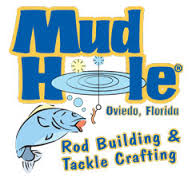 https://hooklineandsinker.ca/wp-content/uploads/2017/01/mudhole-logo.jpg
181
192
HLSAdmin
https://hooklineandsinker.ca/wp-content/uploads/2014/12/Steelheading-in-the-Snow-900-80-Not-Faded-Actual-1030x91.jpg
HLSAdmin2017-01-15 17:21:162022-04-18 13:28:07Mud Hole Rod Building & Tackle Crafting
https://hooklineandsinker.ca/wp-content/uploads/2017/01/mudhole-logo.jpg
181
192
HLSAdmin
https://hooklineandsinker.ca/wp-content/uploads/2014/12/Steelheading-in-the-Snow-900-80-Not-Faded-Actual-1030x91.jpg
HLSAdmin2017-01-15 17:21:162022-04-18 13:28:07Mud Hole Rod Building & Tackle CraftingWe are the leading provider of Fly Fishing Lessons, Corporate Team Building, and Guiding on the Upper Grand River, the Upper Credit River, and the Conestogo River.
No Guelph, Fergus, Kitchener or Cambridge Fishing Tackle Retailer will boast as complete and diverse a store inventory, including a vast selection of Centerpin / Float Fishing Reels, Rods, Clothing and Accessories.
Order a HLS or TFC Gift Card – We will put one in the mail for FREE!
Fly Shop Flyshop Flyfish Grand River Fly fish Grand River Guide Grand River Lesson Grand River Fergus Ontario Canada

